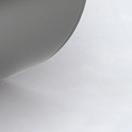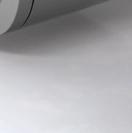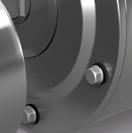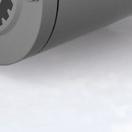






















You make it. We pack it. BPA loads your packaged and naked products into cases, master bags and various secondary containers including your hffs machines, wrapper chain in-feeds and indexing thermoform machines.

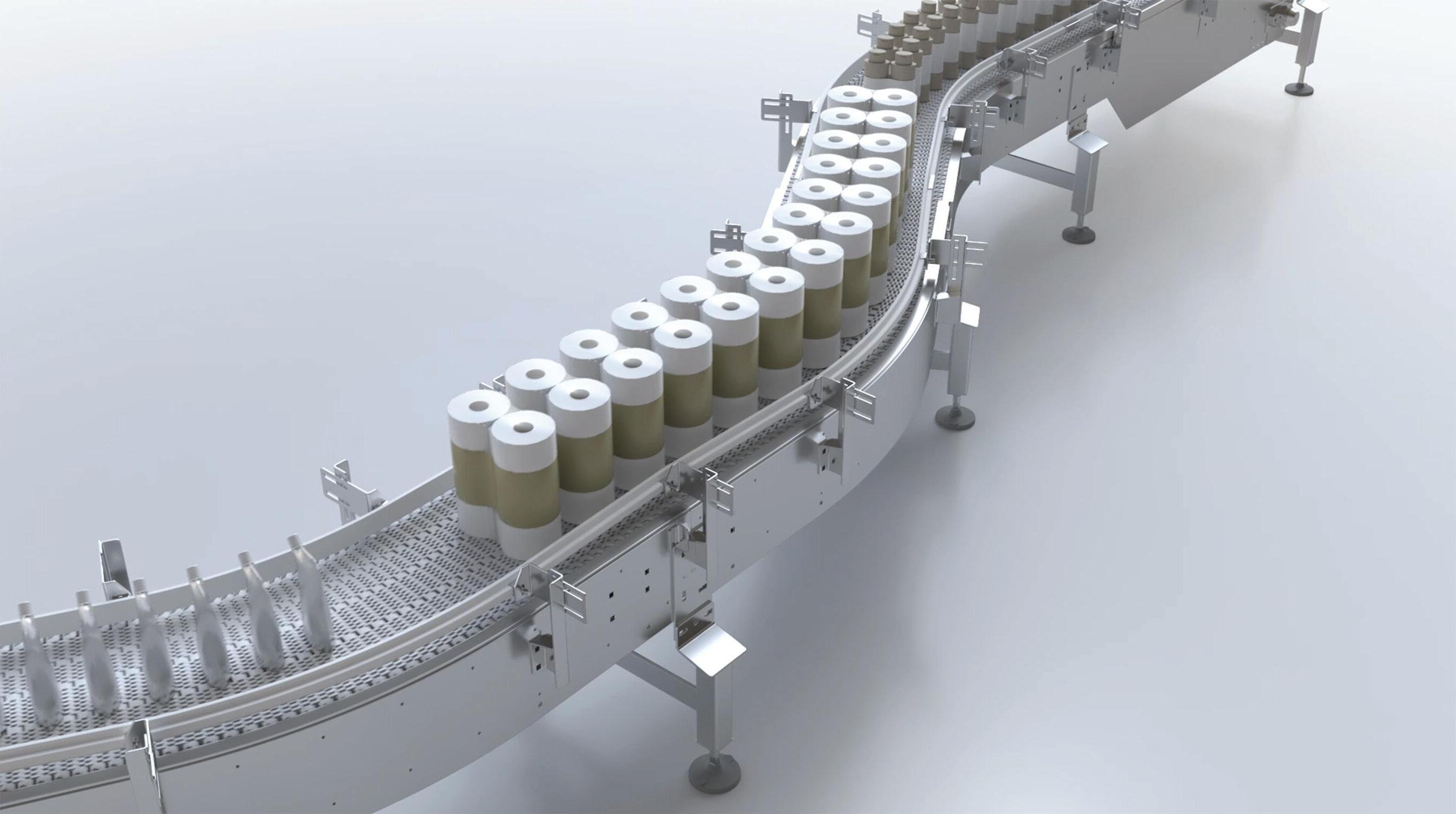

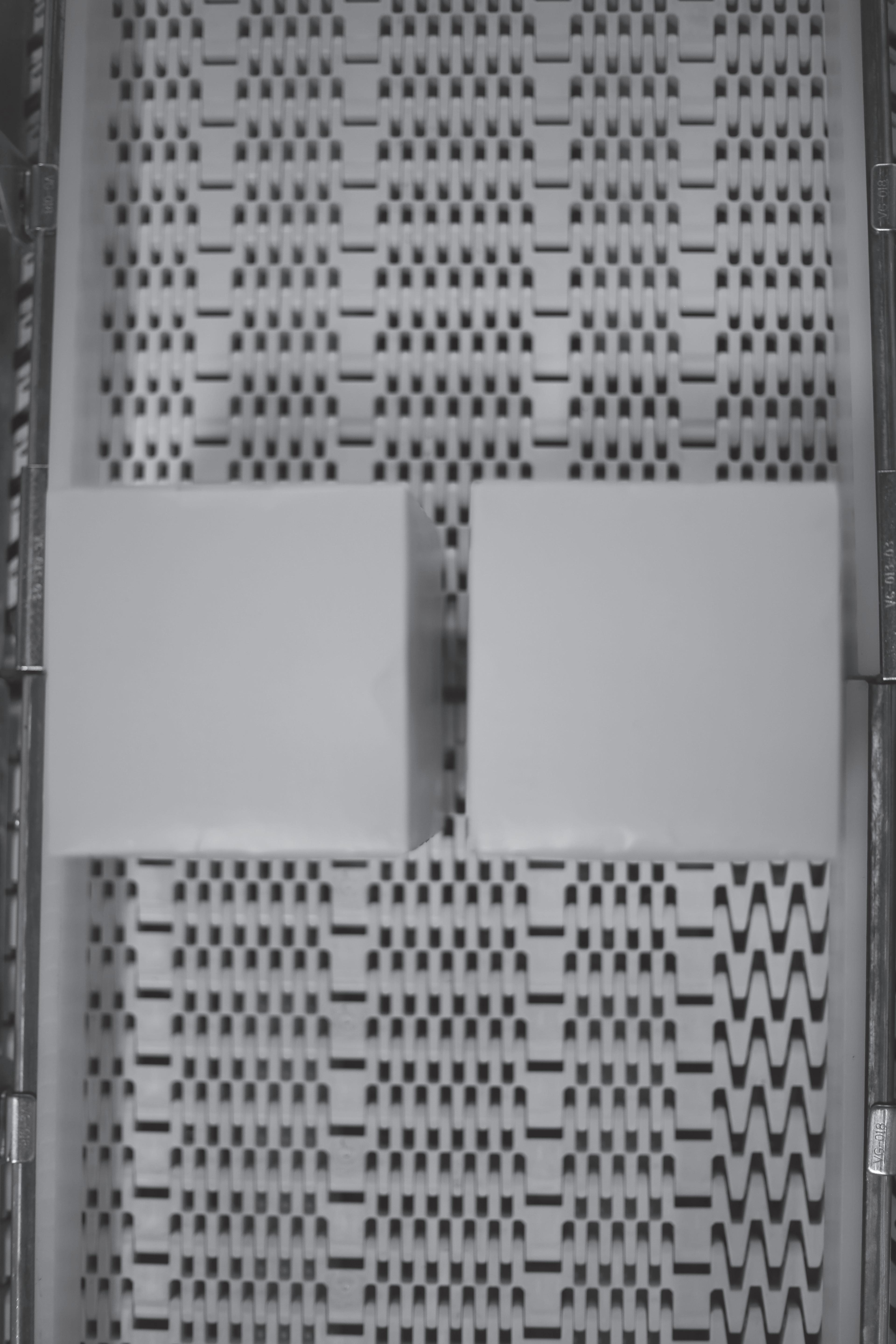
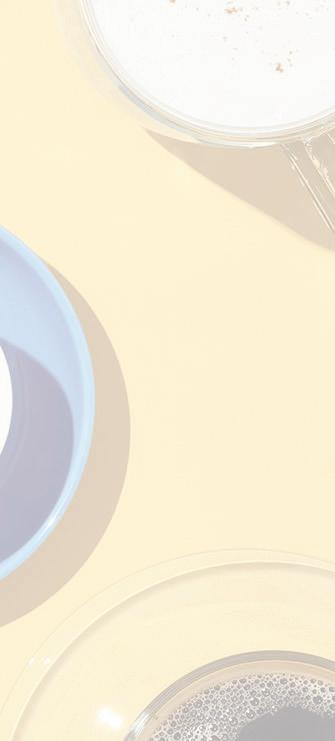
Plastic- and aluminum-free single-serve coffee pods use an alginate-based primary package material with some barrier properties. The system will employ recyclable secondary packaging with additional barrier, but many packaging details remain to be sorted out.


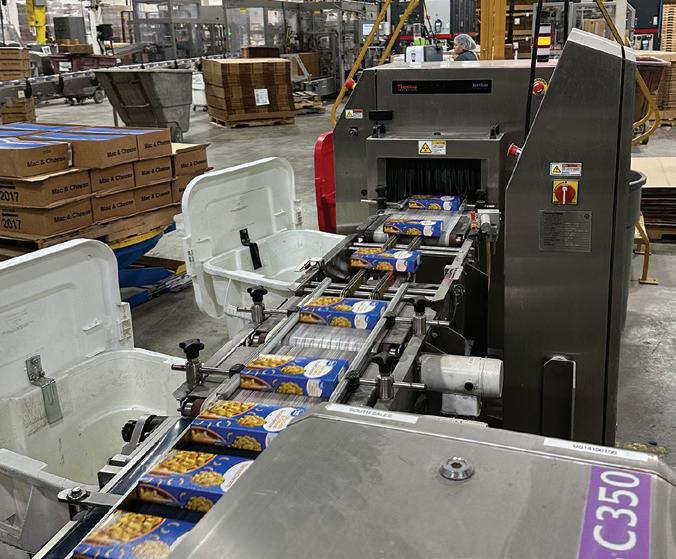
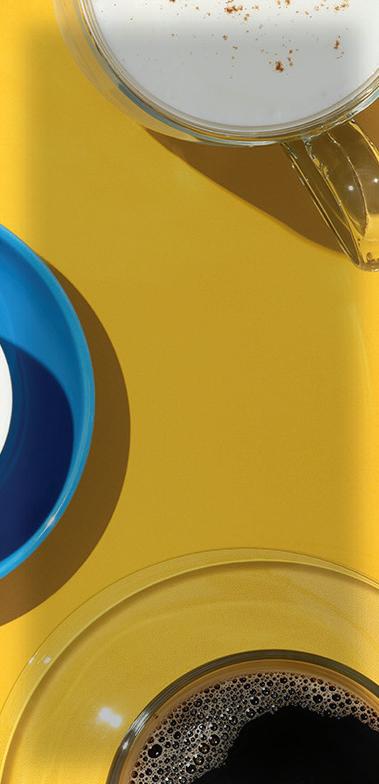


Faced with an increase in demand driven partly by the pandemic, Oliver Winery now routinely lls 750-mL glass bottles at 12,000 bph as opposed to the 7,000 done formerly.
Glacier gets $7.7M in funding from Amazon among others. The AI-based robotic tech improves sortation at recycling centers, promising actionable insights to companies like Amazon that both package products, and consume recycled materials in their packaging.
The rough and tumble, many-touch world of D2C and e-comm shipping can take a toll on any product, but live house plants were a particular challenge for brand House Plant Box. A sustainable, stylish, and robust pack system with bracing tabs did the trick.
Chicago-area coffee company Napco Brands installs two cobot palletizers, increasing productivity by 15% and freeing up eight operators to handle more specialized tasks.
Organic food delivery service Fresh Harvest supplements its reusable packaging with new compostable produce lm that is also used to fertilize its crops at its end of life.
As its major retailer customers expand their ranges of SKUs with increasingly complex orders, Enterprise CP is using Power Central’s ERP software to all but eliminate human error in packaging inventory management and planning.

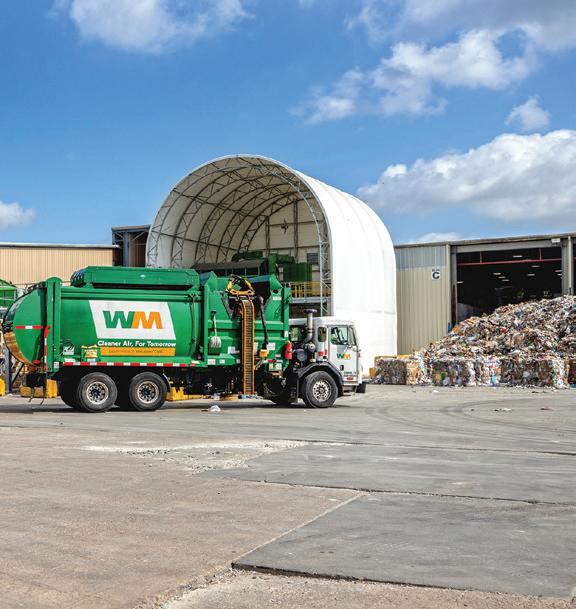
Aladin
Jan
M.
Mike
David
Brian
Jasmine
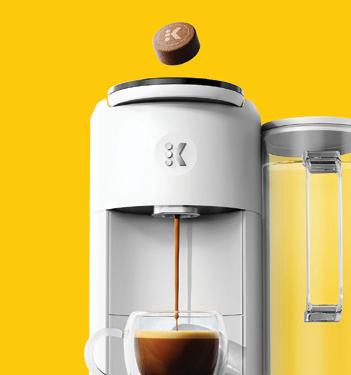
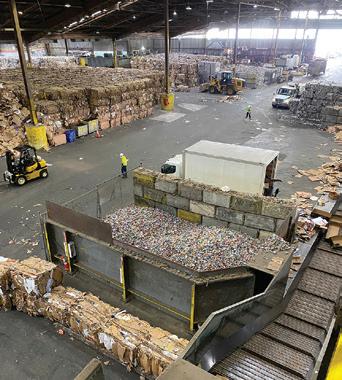
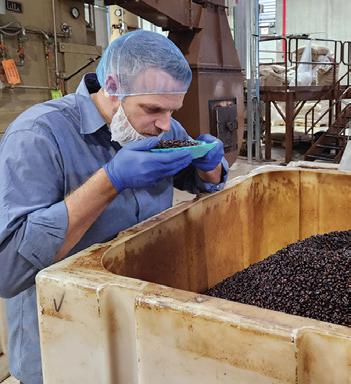
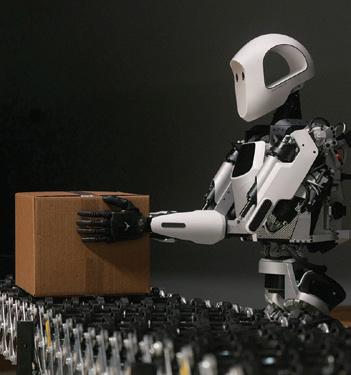
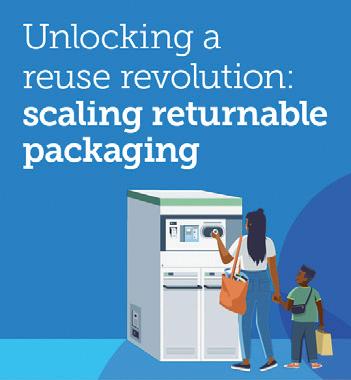
VIDEO
VIDEO
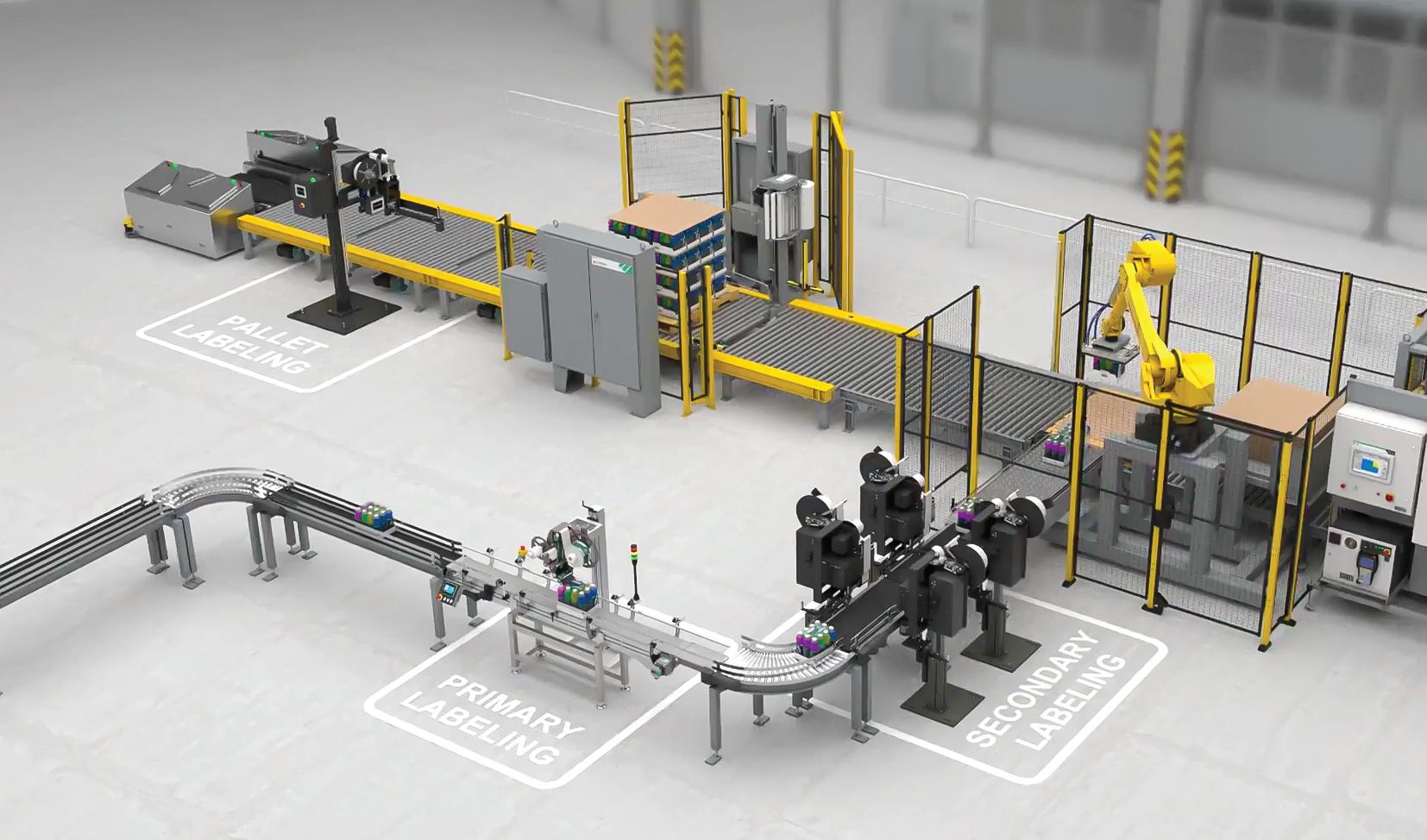





As a leading provider of high-quality labeling, coding, and marking systems, ProMach Labeling & Coding brands like ID Technology design, manufacture, and integrate custom solutions for virtually any primary, secondary, and tertiary packaging. Simply put, we excel at taking information and placing it on your products and packaging to ensure you operate at peak efficiency.
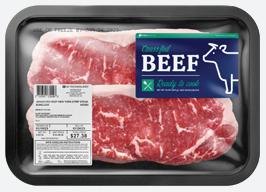


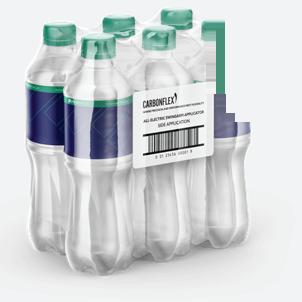




PRIMARY LABELING SOLUTIONS
Pressure-sensitive labeling solutions for various packaging shapes and product types while providing an easy and flexible platform to control and maintain.

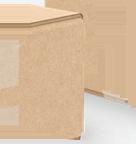
SECONDARY LABELING SOLUTIONS
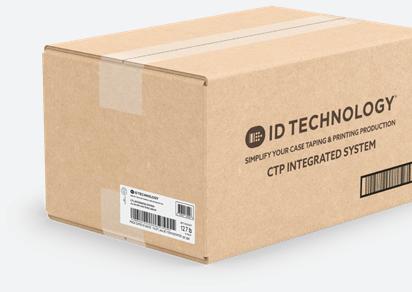
Fast and accurate secondary package labeling that ensures compliance with retailer standards and smooth arrival to your customers, as expected.

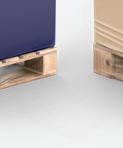




TERTIARY LABELING SOLUTIONS
Automating your pallet labeling systems provides safety for your forklift drivers and operators while ensuring the correct label is applied to the pallet every time.

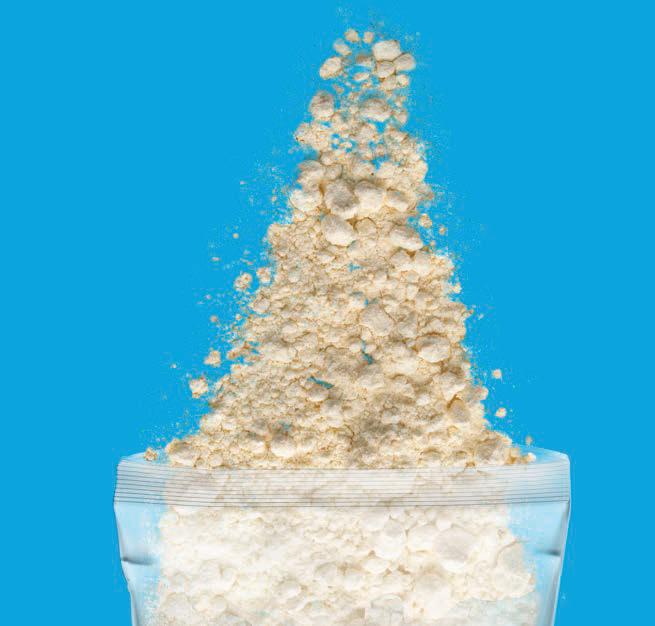

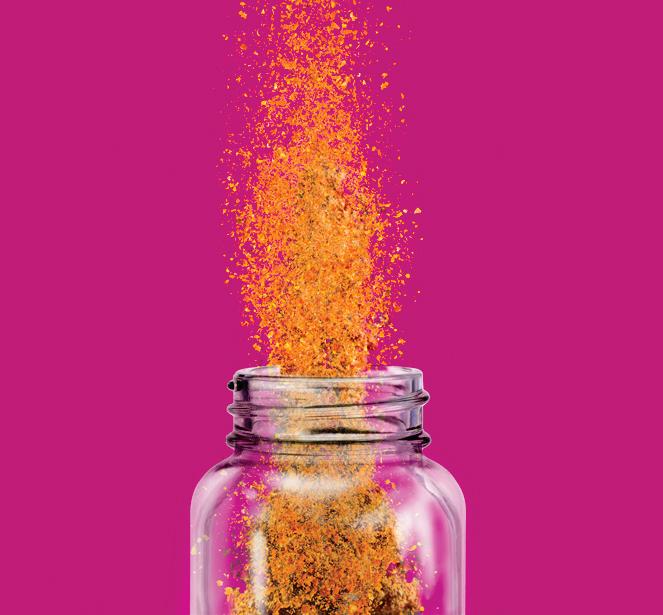
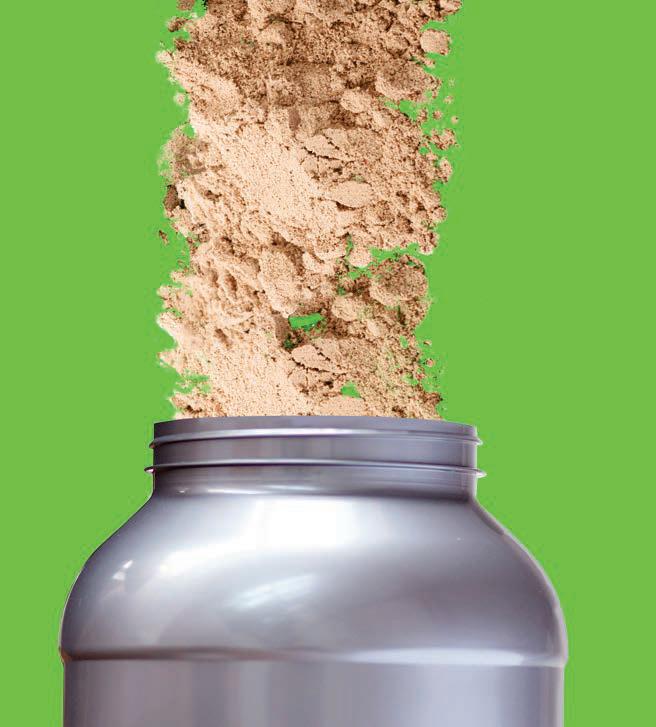
Matt Reynolds
Anne Marie Mohan Senior Editor
Sean Riley Senior News Director
Casey Flanagan Digital Editor
Pat Reynolds, Sterling Anthony, Eric F. Greenberg, Ben Miyares Contributing Editors
David Bacho Creative Director
John Schrei Vice President, Sales jschrei@pmmimediagroup.com
Lara Krieger Senior Manager, Print Operations lkrieger@pmmimediagroup.com
Janet Fabiano Financial Services Manager jfabiano@pmmimediagroup.com
David Newcorn President
Elizabeth Kachoris Vice President, Digital
Kelly Greeby Senior Director, Media Operations
Jen Krepelka Director, Digital Media
Trey Smith Senior Director, Events
Joseph Angel Founding Partner and Executive Vice President, Industry Outreach, PMMI

It’s the heart of conference season, and the Packaging World team has been on the road in recent months. Here is some of what we’ve found.
I was at PLASTICS Industry Association’s FlexForum recently, where flexible packaging was the main course, and legislation and chemical recycling predictably were the areas of interest. There, Kraft Heinz’s Linda Roman highlighted regulatory challenges around material reduction—legislation that requires significant source reduction doesn’t always recognize the transition from heavier, rigid bottles to lighter, flexible films as a valid form of source reduction. I’m paraphrasing, but she diplomatically emphasized that the discrepancy underscores the need for a more nuanced understanding of sustainability in legislature.
On chemical recycling, PepsiCo’s James Coomes spoke of competing interests. “The challenge as we look at chemical recycling is the mass balance terminology that now has to be put on the package. That creates a hurdle for a marketing team, both in terms of how to talk about it, and with the small amount of real estate that’s on our packaging, [that’s space we need to use to] talk about how good our products are, to drive that consumer appeal and the purchasing decision,” he said. “Despite those challenges, we personally think chemical recycling is a great technology because it’s one of the few right now that actually takes our packaging from a waste recycling stream and gives us food-contact material. We think that needs to continue to develop and bring some of the changes in industry and the recycling infrastructure to help get more of that material.”
Meanwhile, in Philadelphia, if PACK EXPO East 2024’s record attendance is any indicator, packaging automation is top-of-mind for CPGs and brands. This was particularly evident in the endof-line collaborative robots (and their integrators) that I saw at the show. Flip to page 48 to read about an in-market application, but the show floor was replete with examples of cobot palletizers— Columbia/Okura, Vention, Robotiq, Fanuc, and Patlz were just a few booths I dropped by that had live demos. Palletizing is an especially repetitive and ergonomically unfriendly job. With labor already scarce and workers unwilling to settle, this category is exploding. Integration that offers easy deployment, fast ROI, and remote troubleshooting is a differentiator.
The onset of the AI age was also visible at PACK EXPO East, most evident in inspection and detection. Elementary, for example, showed how AI algorithms monitoring data collected from inspection systems can produce insights about upstream packaging operations. Are more misapplied labels or bad pouch seals coming off of line A than lines B, C or D? AI knows before we do, and possibly before the rejects happen, reducing scrap.
My colleague Anne Marie Mohan was at the Plastics Recycling Conference, and sent this missive from the road: “One takeaway would be the price of recycled materials,” she says. “Price has to come down to make it more palatable as the cost of virgin is low. Legislation is necessary to force brands to use more recycled content; commitments aren’t enough.” Mohan also keeps hearing about the importance of understanding plastics recycling as a system. As such, it requires collaboration among stakeholders. This recurring theme is central to PW’s own Packaging Recycling Conference, coming up in Anaheim in September.
PMMI made news by joining AMERIPEN as an Associate Member, strengthening the relationship between the two. Announcements were made in conjunction with PMMI’s recent Executive Leadership Conference and AMERIPEN’s Annual Summit, both held in mid-April. This will translate into more coordinated work on legislation and other initiatives, many of which related to Extended Producer Responsibility (EPR).
Next up, I’ll be at SPC Impact for packaging circularity, then Waste Expo for the material recovery facility (MRF) point of view, and finally drupa (the first since 2016) in June to see what’s new in digital printing. The retreat of print journalism has been greatly exaggerated in my opinion, but printers that once hung their hats on print and printed collateral like mailers are looking to packaging to expand their reach and ensure their eggs aren’t all in one basket, so packaging is a bigger part of drupa than ever. As always, I’ll report as I go. PW






As The Coca-Cola Company continues to make strides towards its goals of reducing PET use by three million metric tons by 2025, the company says this lightweighting innovation will help the company work toward virgin plastic reduction while also helping reduce its overall carbon footprint.



to get below the 21-g mark. From there, we piloted a research lab to develop and test the bottles. As the project got bigger and we entered the more advanced stages, we brought in a design team, suppliers, and more to bring the initiative to life,” he says.
Why now? While this work does have some cost-saving bene ts due to reduction in material inputs, Santamaria says the company is primarily doing this to ensure its packaging is designed ef ciently. Between getting bottling partners on board and product R&D, this all takes time, and he wanted to ensure the company was doing it correctly. Across the value chain, it appeared to be the right time.






The Coca-Cola Company completely redesigned its small PET bottles with its latest lightweighting initiative, changing the shape of and reducing the weight of these bottles. In 2024, all small PET bottles in 12 oz, 16.9 oz and 20 oz will be lightweighted from 21 g to 18.5 g for all The Coca-Cola Company’s sparkling brands, Minute Maid Refreshments, and Minute Maid Aguas Frescas in the U.S. and Canada. Coca-Cola Trademark’s 20-oz 100% recycled PET bottles, excluding caps and labels, will be available in the new lightweighted bottle as well.

It’s been quite some time since the last redesign. For Coca-Cola Trademark’s 20-oz bottle speci cally, that particular bottle design has been in the market since 2006, so it has been nearly two decades. The onthe-go grip design was hip and new when it rst launched in the early 2000s, but it deviated from the original Coke contour.
“Now, we’re bringing back the original contour shape to the North American market but have optimized and modernized it a bit. We’ve been continuously working to ‘right-weight’ our bottles, incrementally going from 27 to 21 grams over the last 10 years. But we’d reached the ‘ oor’ with our previous designs. Our breakthrough innovations in modeling technology, which reduce the weight of our bottles to 18.5 grams, represent a major step in reducing our environmental impact while preserving the durability and functionality of our packaging and, most importantly, the quality and taste standards of our beverages. As The CocaCola Company continues to make strides towards its World Without Waste goals of reducing PET use by three million metric tons by 2025, this lightweighting innovation will help the company work toward this goal, while also helping reduce its overall carbon footprint,” Alejandro Santamaria, senior director, Global Packaging Development & Innovation, The Coca-Cola Company tells Packaging World
“First, we needed to get bottlers throughout the network excited by the idea. We knew some existing bottle designs were not conducive to lightweighting, so we needed to refresh the design completely




since 21 g was the oor weight for the bottle design, it was time

“There had been incremental changes made over the past decade where an infrastructure overhaul was not necessary, but since 21 g was the oor weight for the bottle design, it was time to refresh the design to make even more progress towards lightweighting. We’ve been working on this for a while and it’s no easy feat, but luckily, we have an incredible bottler system that has helped us to accomplish this,” Santamaria says.





There certainly have been some process changes to bring the updated bottle designs to life. Suppliers’ existing preform equipment was re-tooled to produce the new 18.5-g preform design, and bottlers supported the project by investing capital for new molds. Bottlers’ existing blow-molding equipment had to be re-tooled as well to produce the new molds for the updated bottles.

capital for new molds. Bottlers’ existing blow-molding

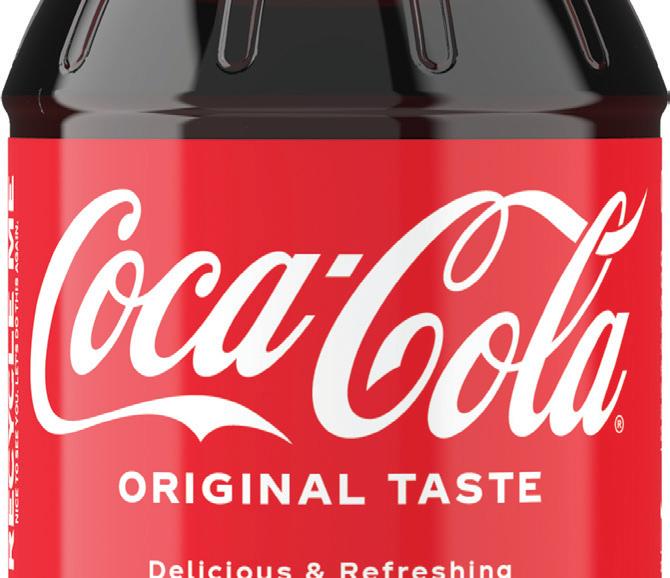
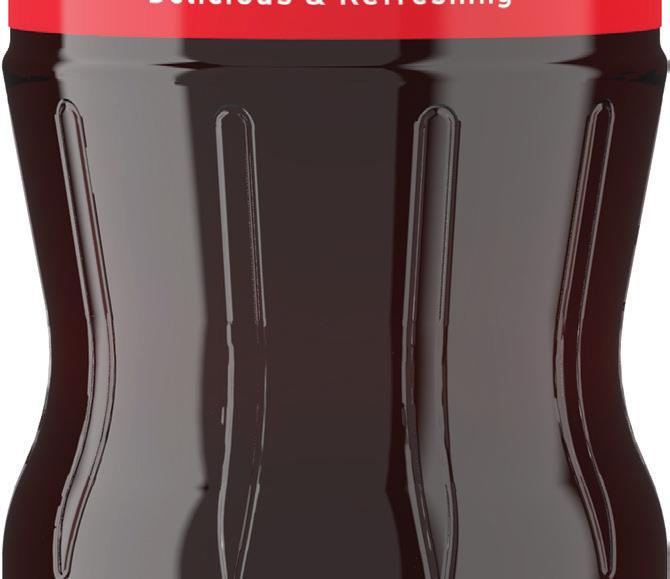

Downstream of bottle blowing, though, changes to packaging infrastructure are minimal. Filling, capping, labeling, and packaging equipment required minimal adjustments to compensate for the small dimensional differences of the new bottle designs. Other industries, like bottled water, have undergone signi cant lightweighting projects over recent years, and some have noticed the less robust PET bottles don’t perform as well in supply chains or on packaging lines. Coca-Cola doesn’t expect this will be an issue.
“As we are not lightweighting our sparkling bottles to the same extent as water, we don’t anticipate any issues. Our new bottles will still be rigid enough to run through our supply lines without issue,” Santamaria says. “Most things downstream will remain largely the same as the existing packaging is compatible with Coca-Cola and Sprite Trademark, but some tweaks have been made for the sparkling brands in the portfolio.”
There will be no change to any Coca-Cola or Sprite Trademark label size and placement. All other sparkling varieties—like Minute Maid Refreshments and Minute Maid Aguas Frescas—will require new, smaller labels which will follow Coca-Cola and Sprite brands’ label placement format. Previously, Coke’s sparkling offerings were packaged in a straight bottle with a very large label. Now, there will be a similar label size across all brands, which






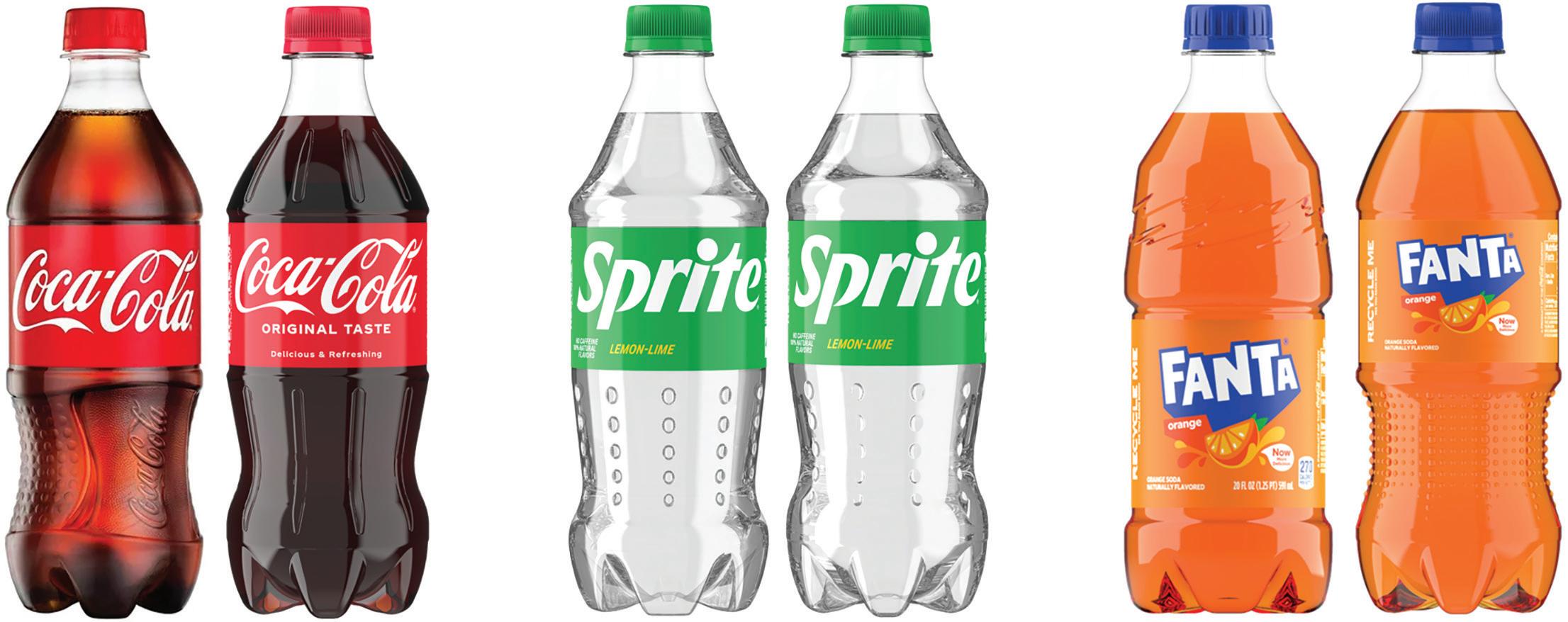
Santamaria says is a positive change in terms of labeling ef ciency across bottles. There will not be any changes to the cap/closure.
“The secret was nding the right design features that allowed us to lightweight the bottle without compromising the quality of the drink,” Santamaria says. “The new bottles are optimized to reduce weak points in the bottle, preventing CO2 loss and retaining the bubbliness that we all know and love from our favorite drinks. We were able to nd the sweet spot of functionality, while also still retaining the appealing shape of the bottle.”
There was a lot of data collection and consumer research done behindthe-scenes to ensure consumers felt good about the changes being made to the bottles. Santamaria says the response was overwhelmingly positive.
This transition is projected to reduce annual use of new plastic by the equivalent of nearly 800 million bottles in 2025 compared to 2024. Additionally, the packaging shift is estimated to reduce carbon emissions in 2025 compared to 2024 in an amount equivalent of taking more than 17,000 cars off the road for one year. The Coca-Cola Company says it recognizes its responsibility to help solve the global plastic packaging waste
problem, and knows that lightweighting is just one step of the process. In March, Coca-Cola also launched a 100% rPET initiative, where all versions of 20-oz Coca-Cola bottles will be made from 100% recycled plastic (excluding cap and label) in the U.S.
This transition began in March and will be fully rolled out by the end of 2024. All producing bottling partners in The Coca-Cola System in the U.S. and Canada are rolling out the lightweighted bottles at different points this year. In the U.S., the Coca-Cola system consists of 64 independently owned bottlers. To name a few, Coca-Cola Bottling Company United, Liberty Coca-Cola, Coca-Cola Southwest Beverages, Swire Coca-Cola, and Coca-Cola Consolidated Inc. The company has one bottler in Canada, Coke Canada Bottling Limited.
When asked how these bottling partners felt about the move, Santamaria says they’ve been willing and accommodating. “We’re so lucky to have such amazing partners who are committed to reducing use of virgin plastic and driving a circular economy,” he says. “It’s been a true team effort to get this initiative to where we are today.”
—Matt Reynolds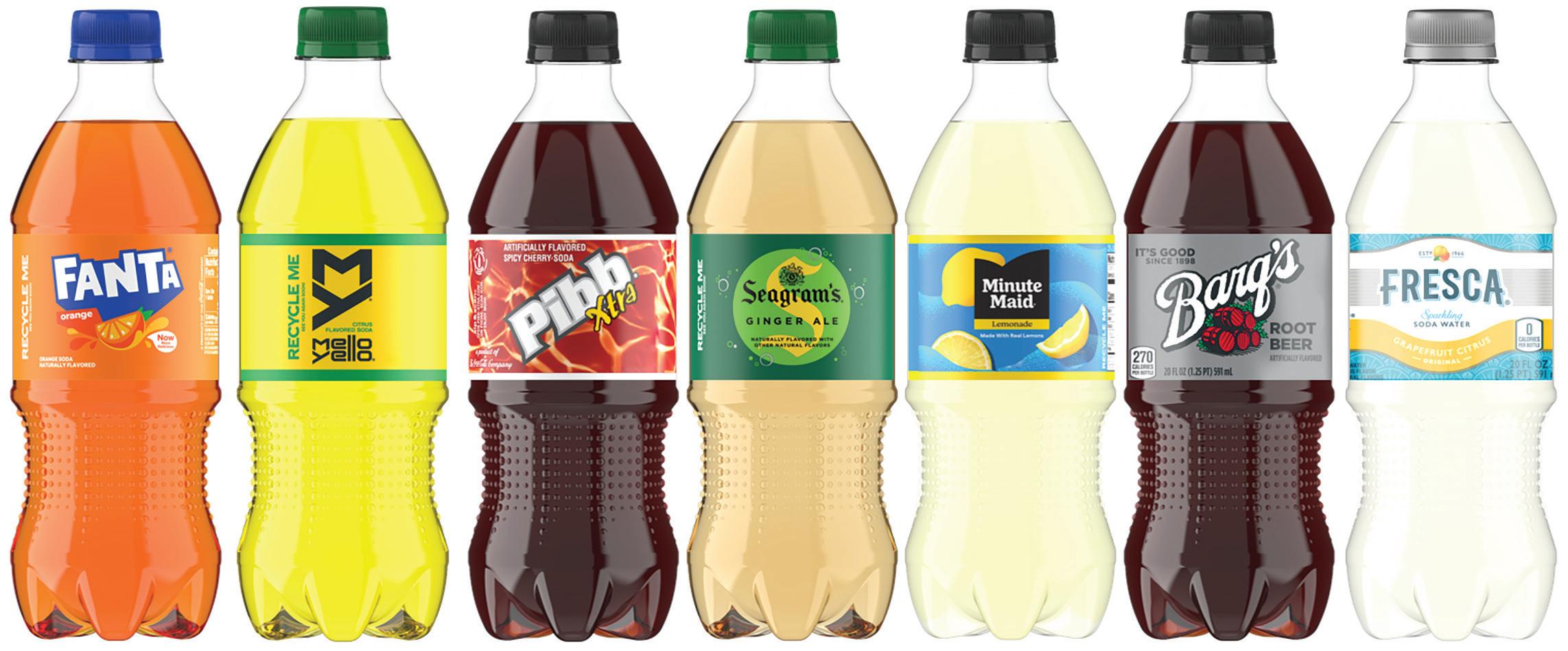
Keurig Dr Pepper (KDP) introduced a new single-serve coffee packaging concept, what it calls its K-Rounds plastic-free pods. K-Rounds pods contain roasted coffee beans that are ground, pressed, and wrapped in a proprietary, protective plant-based coating (primary packaging) preserving the coffee’s flavor and aroma while eliminating the need for plastic or aluminum packaging. A corresponding brewing device called the Keurig Alta brewer is required to brew these specialty K-Rounds.
It’s notable that the plant-based coating doesn’t dissolve into the liquid coffee—it stays intact during the brewing process. So after the KRounds are brewed, consumers must dispose of the remaining pod shell, composed of a food-safe, plant-based material that the company expects will be certified as backyard compostable (certification pending).
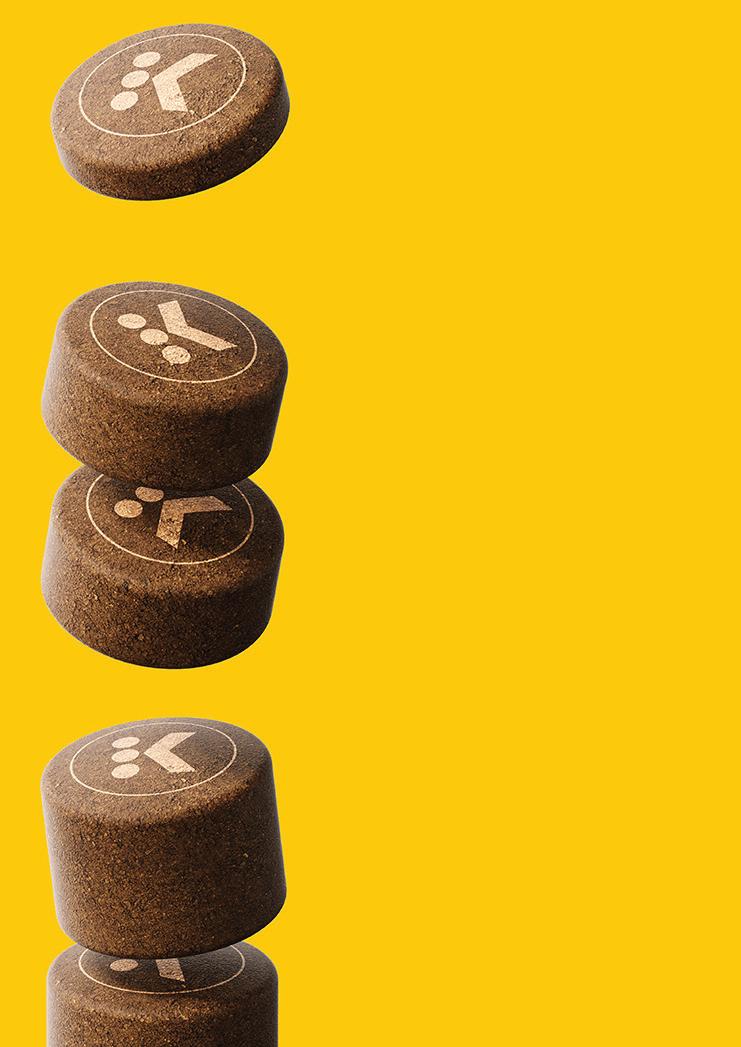
The plant-based coating doesn’t dissolve into the coffee—it stays intact during the brewing process. So after the K-Rounds are brewed, consumers will have to dispose of the remaining spent coating. It is expected to be certified compostable. A corresponding brewing device, called the Keurig Alta brewer (inset), is required to brew these specialty K-Rounds.
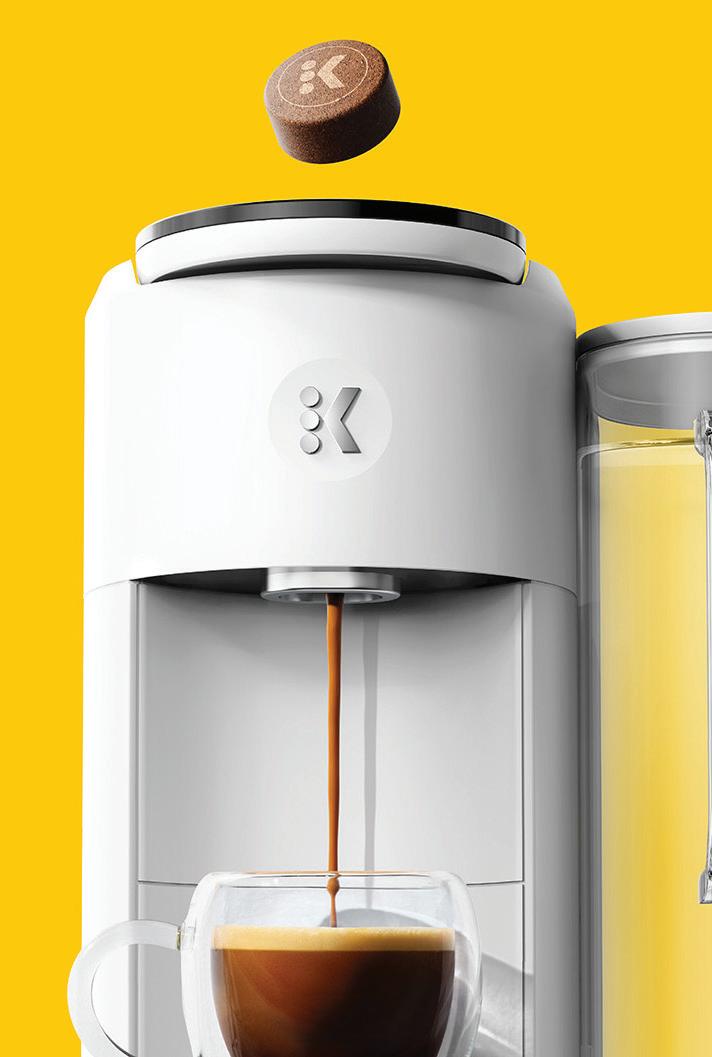
KDP is acutely aware that coffee, perhaps uniquely among food and beverages, is sacred to consumers. Its aroma and flavor are ritualized such that coffee requires significant barrier layers in packaging to lock in flavor, aroma, and freshness for any stint on a shelf.
So how much of a barrier will this new primary packaging material provide, and how much shelf life can we expect from each individual pod? Will secondary packaging require more barrier to accommodate the compostable material as primary packaging? Packaging World caught up with Phil Drapeau, senior vice president, Future Coffee Systems at KDP to learn more. The bottom line? It’s still a work in progress, but more details will be coming soon as the project moves into beta phases.
Watch a video about Keurig’s compostable pod concept at pwgo.to/8239, or scan the QR code.
Regarding the primary and secondary packaging barrier specifics, “we are working through all of that. I can’t give you an official final shelf life today,” Drapeau says. “Part of us wanting to announce the K-Rounds [before such specifics are defined] is to start the dialogue with our retail partners and consumers and other stakeholders, so we can work through ‘what is a final shelf life going to look like?’”
He indicates that the compostable plant-based coating indeed brings some aroma and flavor protection properties to the table. However, it is likely that the coating’s barrier properties are insufficient—on their own, at least—to provide the extended shelf life that retailers and consumers would prefer. That means that secondary packaging will have to carry some of the barrier load.
“The immediate packaging element for the coffee, that plant-based coating, it does have flavor and aroma protection,” Drapeau confirms. “The secondary packaging will also have some barrier protection within it. We’re working through the dynamics of the secondary packaging materials, exactly how much barrier protection that provides, and then how we package that up in terms of the product counts; the numbers of the pods per secondary pack. Those will be the numbers and the balances that will need to come together. How we match the secondary packaging to the primary packaging, and then pull that through from a final solution standpoint is what comes next, and we’ll be able to share a lot more with you as we get into beta testing and refine the approach.”
Drapeau concedes that there are a lot of different options in front of the company at the moment in this work in progress, but says he and his team are systematically working through them.
“We ask ourselves, ‘what are the things that actually, really work from a true barrier protection standpoint?’ And then we ask, ‘what meets our broader sustainability goals in terms of recyclability?’”
Drapeau was very clear that KDP “certainly doesn’t want to go down a secondary packaging path that is not easily recyclable for consumers. And it has to be something that the municipalities want to recycle, too.” Beyond that, he’s also looking into the broader secondary packaging protections that any product—coffee, durable goods, or otherwise—needs for manufacturing, shipping, and the supply chain.
In a traditional coffee pod or K-Cup, barrier exists exclusively on the primary packaging. In this K-Rounds project, some of that barrier of is moving to the secondary package. The primary and secondary packaging will each have barrier duties, and the secondary packaging still must be easily recyclable. How that’s achieved, and whether the new K-Rounds system is in fact more sustainable than the legacy PP pods, is for an eventual Life Cycle Assessment (LCA) to decide.
“A full LCA is going to have to look at everything, from the full manufacturing process, even the start of life in terms of the coffee itself, its grinding, etc.,” he says. “We’re a little ways off from LCA. It’s clearly on our radar screen, and we know how important that’s going to be to take a holistic look. The focus started with end of life [of the packaging], to meet consumers’ needs, and then working our way back from there.”

As part of the intellectual property portfolio that KDP owns via the larger brewer and coffee round system project, KDP acquired a perpetual license to know-how and technology invented by Delica Switzerland for its CoffeeB system in Europe, including the proprietary plant-based coating and application processes. KDP’s partnership with Delica grants Keurig exclusive rights to use and build upon these technologies for consumers across the U.S., Canada, and Mexico.
“There are four components of the plant-based primary packaging coating, and they all meet the FDA standards for food safety,” Drapeau says. “The primary component in this sealant is alginate, which is typically derived from seaweed. [This project was] accelerated thanks to our partnership with Delica.”
“We fully expect it to be certified compostable, and the certification that we’re going to be working through is TÜV. We have a lot of respect for the approach that they take and what they do,” Drapeau says. “We fully expect the certification, it’s just a matter of the final pods going through that testing. But everything that we know, from what coffee has done in our preliminary testing and onward, this is going to be [certified by TÜV as] completely compostable.”
As with any compostable product, the remaining sealant could be disposed of in the trash, too, though less than ideal for landfill.
As accompanying images indicate, each K-Round is printed with a gold-colored “brew-style code” so consumers can easily identify among different varieties, like espresso (single or double) or dark vs. light roast coffee. This final approach here is also still in the works.
“We’re still looking at a couple of different technologies to get the brew-style codes etched on to the pods themselves. There are technologies that do actual etching, and then there certainly are food-safe inks that can be printed on the K-Rounds,” Drapeau says. “We’re looking at a couple of different technologies, but we have to match that with the brewer [Keurig Alto brewing device] itself, because the brewer has to be able to read that

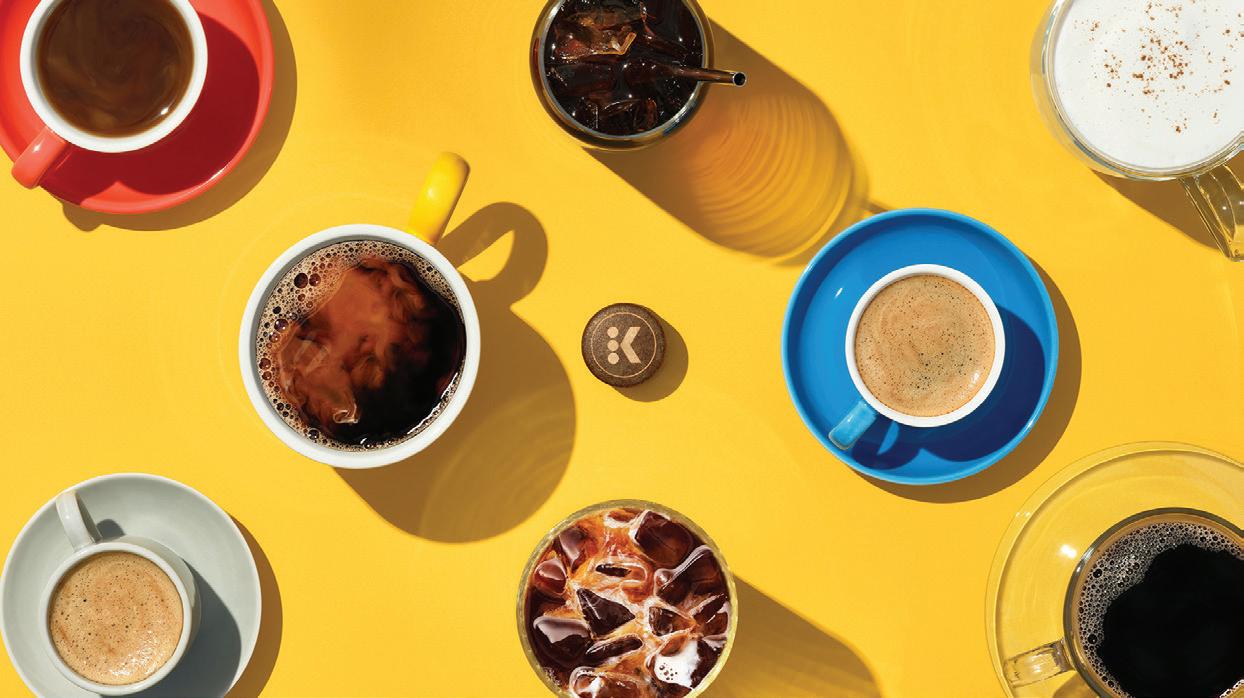
There’s a wide variety of consumer use preferences, from fourcounts to counts in the hundreds, that must travel different supply chain channels. Beta testing the K-Rounds’ packaging with retailers, both brick and mortar and online, will be varied and complex.
brew-style code. That’s important, which is why we’re kind of experimenting with a few different options right now, while we’re still in kind of this, you know, development stage and tightening these things down.”
Keurig is an omnichannel brand that’s in 45 million homes across the U.S. and Canada. That means there’s a wide variety of consumer use preferences, from four-counts to counts in the hundreds, that must travel different supply chain channels. Beta testing the K-Rounds’ packaging with retailers, both brick and mortar and online, will be varied and complex.
“But that’s also why we’re so excited to get into our beta testing,” Drupeau says. “[Pack counts and sizes] are the things that the beta testing is really going to help us understand as we open up the variety of beverages, from essentially drip coffee in multiple sizes to, now, single-shot espresso, double-shot espresso, drip coffee, or cold coffee that truly comes out cold like at a coffee shop. Understanding how consumers behave and what they drink and the varieties they choose, and then how that manifests in terms of usage patterns over 30, 60, 90 days, that all becomes really, really important to us. And that’s why the beta testing is going to be so critical as we make the final decisions around pack counts and sizes and barrier protections and inks, and all those things.” —Matt Reynolds
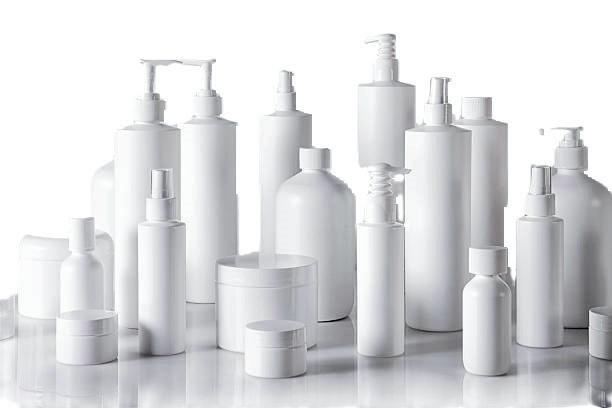

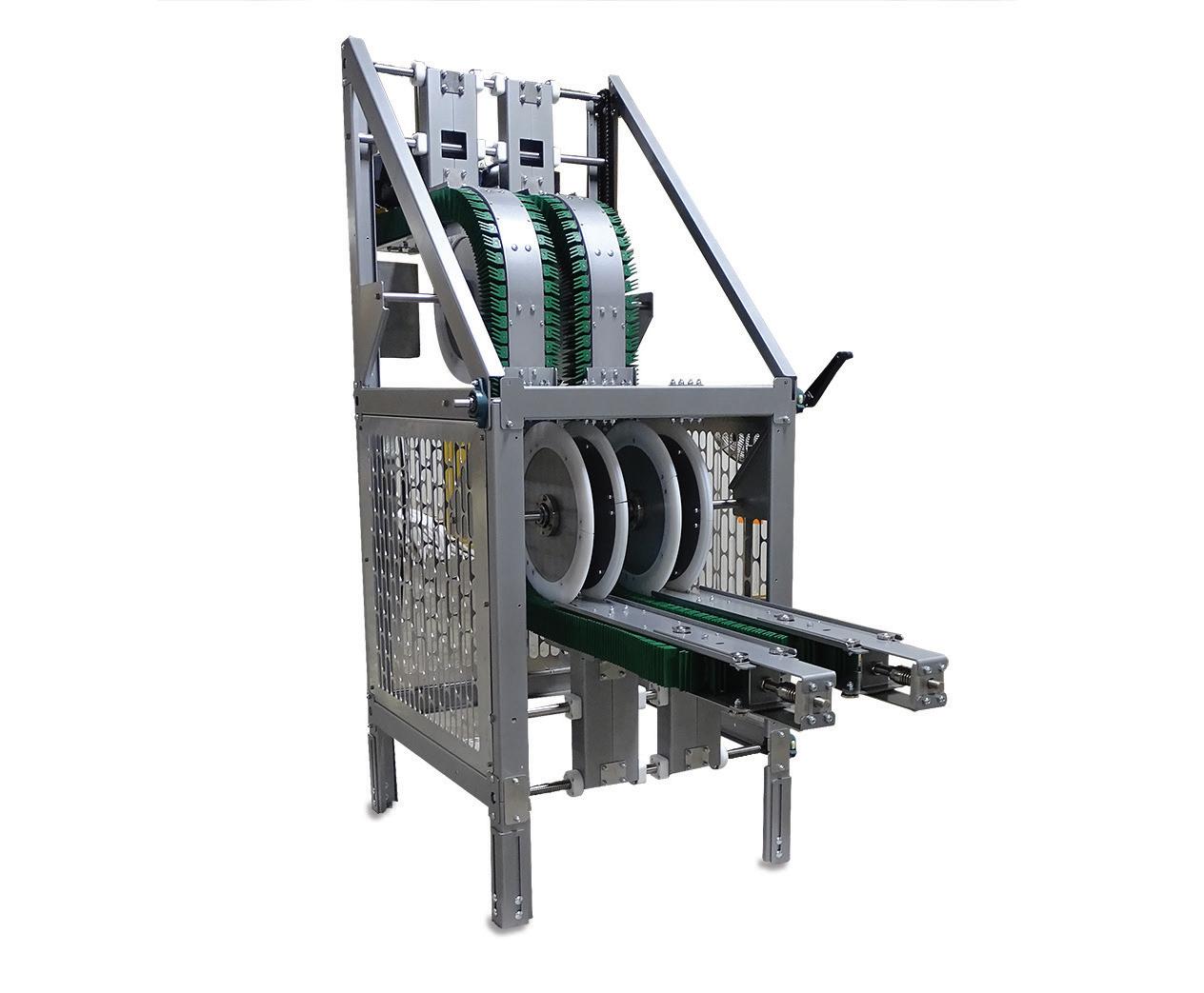

Celebrating its fifth annual “Happy Heart Shapes” campaign, General Mills’ venerable brand Cheerios launched a fun example of digital printing-assisted mass packaging customization. In conjunction with of The American Heart Association’s American Heart Month in February, the cereal known for its iconic “o” shape was once again transformed into a heart shape, reminding consumers of the role good eating habits can play in a heart-healthy lifestyle.
But in a new packaging twist this year, Cheerios launched special-edition boxes featuring names of those who inspire people to make heart-healthy choices. Special-edition boxes with names like Mom, Friend, Grandparents, and Family, both in English and Spanish, were available at retailers nationwide throughout February. But it got even more custom, bespoke, and made-to-order. Consumers also were able to order personalized yellow boxes online featuring any name (up to 18 characters) at Cheerios.com.
“From being there to cheer on your kids’ activities to laughs across the breakfast table—these are the moments with loved ones that remind us why it’s worth saying, ‘Yes’ to taking care of our heart health,” says Kathy Dixon, senior brand experience manager for Cheerios. “This year, the special-edition Cheerios name boxes and Happy Heart Shapes are a simple reminder for people to take care of their heart so they can be there for all of life’s special moments.”
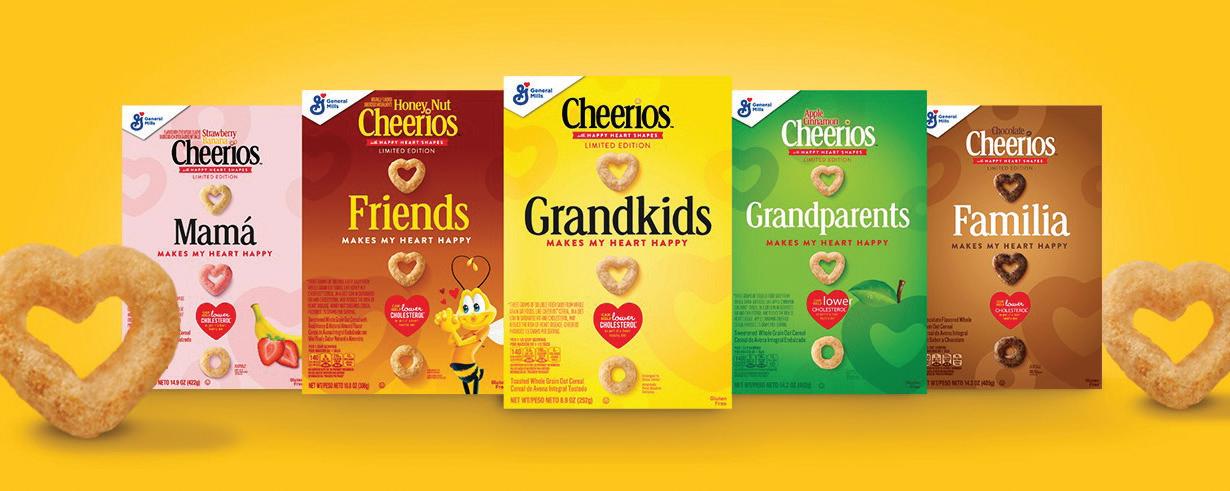
The brand conducted the campaign with its long-standing partner, global merchandising company Zagwear, who completed the printing and fulfillment of personalized cereal cartons. Pre-printed, filled, and sealed cereal cartons were delivered to Zagwear to be digitally printed with the variable data. Cereal boxes in the campaign have some features of their own that set them apart from traditional Cheerios boxes, such as heart health information and visual references to the heart-shaped cereal pieces. But all those features arrived to Zagwear pre-printed on the box—only that 18 characters-worth of variable data on the front of the carton was digitally printed. That variable data space sat where the Cheerios brandmark would normally reside.
The cartons were printed digitally on an X JET Switch model flatbed UV printer, supplied by Inkcups Now. All the inks had been thoroughly tested for regulatory compliance as well as odor migration to the cereal. Capacity is approximately 150 to 200 cartons per hour.
“Consumers can access the e-commerce shop to order a personalized box via Cheerios.com. We have an integration in which we receive orders, including the variable name data. We print orders as we receive, package the Cheerios boxes up in specially designed and sized shipping cartons and then ship to the individual consumers. All the printing, fulfillment and shipping is taking place under one roof at one of our facilities,” GMI and Zagwear representatives say.
Special-edition boxes were available at retailers nationwide in five delicious flavors: Original yellow-box Cheerios, Honey Nut Cheerios, Chocolate, Strawberry Banana, and Apple Cinnamon. Customized boxes were $20 shipped. —Matt Reynolds




























As brands continue to move toward what they see as more sustainable packaging materials, collaboration between CPGs and their equipment suppliers has become an important element in achieving success. One recent example is a partnership between organic mattress company Naturepedic and its roll-packing machinery supplier, C3 Ingenuity, that enabled the company to switch from polyethylene to paper, eliminating 55,000 lb of plastic per year from its roll-packed products.
Based in Chagrin Falls, Ohio, Naturepedic produces certified organic mattresses and bedding, which it sells at its 20-plus retail stores located across North America. Its products can also be found at more than 150 retailers nationwide, including Crate & Barrel, Pottery Barn, and Restoration Hardware, and can be purchased on its website and shipped direct-to-consumer. For all these channels, Naturepedic ships its mattresses, comfort layers, and mattress toppers rolled up and packaged in (until recently) a heavy-gauge PE wrap and placed in a corrugated shipper.
Shares company Vice President of Sales and Marketing Arin Schultz, as a certified organic company committed to supporting an organic, holistic, lifestyle, Naturepedic is always looking for ways to improve its environmental impact. “We especially have an obligation to the planet and to our consumers—and not to be too aspirational—to the world in general to do our part,” he says.

For this switch, Naturepedic enlisted C3 to create a combination paper and machinery solution—a development process that took C3 18 months to complete. One of the challenges was to find a paper that would hold, for example, a king-size mattress compressed into a 76 x 80 x 11-in. circle. “So they were working on formalizing a process to be able to hold all that pressure while using a kraft paper,” explains Schultz.
When it came to the machinery, Naturepedic needed a solution that would allow it to continue to operate its existing CF1396 compression folding system at the same speeds. It also wanted something that wouldn’t add additional manual steps along the way. C3’s response was to engineer an add-on for its existing roll-packing equipment. While Schultz didn’t supply details on the add-on, C3’s website details a new patent-pending hybrid mattress roll cage that can handle paper or plastic. According to C3, the roll cage provides perfect paper tensioning, a reliable paper cutting design for precision, consistency, and durability, a dependable paper feed system, and bead glue application that improves precision and allows for custom patterns. It adds that each bed rolled with paper saves approximately one pound of plastic from landfill.
To deliver on these goals, around two years ago, Naturepedic began exploring alternatives to PE for its roll-packed products. According to Schultz, one option it looked at was biodegradable, compostable films. “It sounds good on paper, but none of them actually breaks down that fast, given the amount of film we end up using,” he says. “So it just made more sense for us, again, an organic company, to shift to kraft paper. It’s recyclable, it’s compostable. It’s literally as natural as we can get in terms of packaging.”
Schultz says Naturepedic is eager to share the technology with other mattress companies. “We’re a very open and honest company,” he says. “We hope the industry goes this way. We get to wear the crown that we were one of the first, if not the first, to do this for a full product line. But if more companies can buy in, and we can help along the way, we’re more than happy to do that.”
Naturepedic began using the new roll cage and paper wrap in fall 2023 and according to Schultz, the new packaging has been a “resounding success” with its customers. —Anne
Marie Mohan






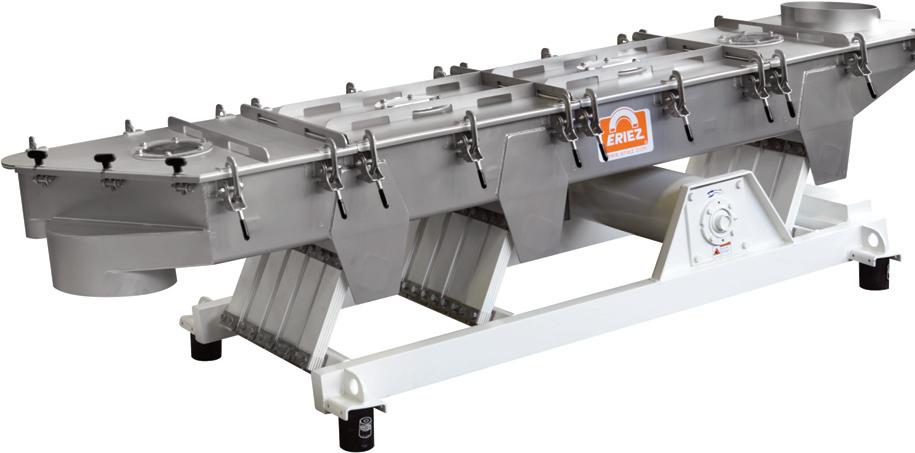




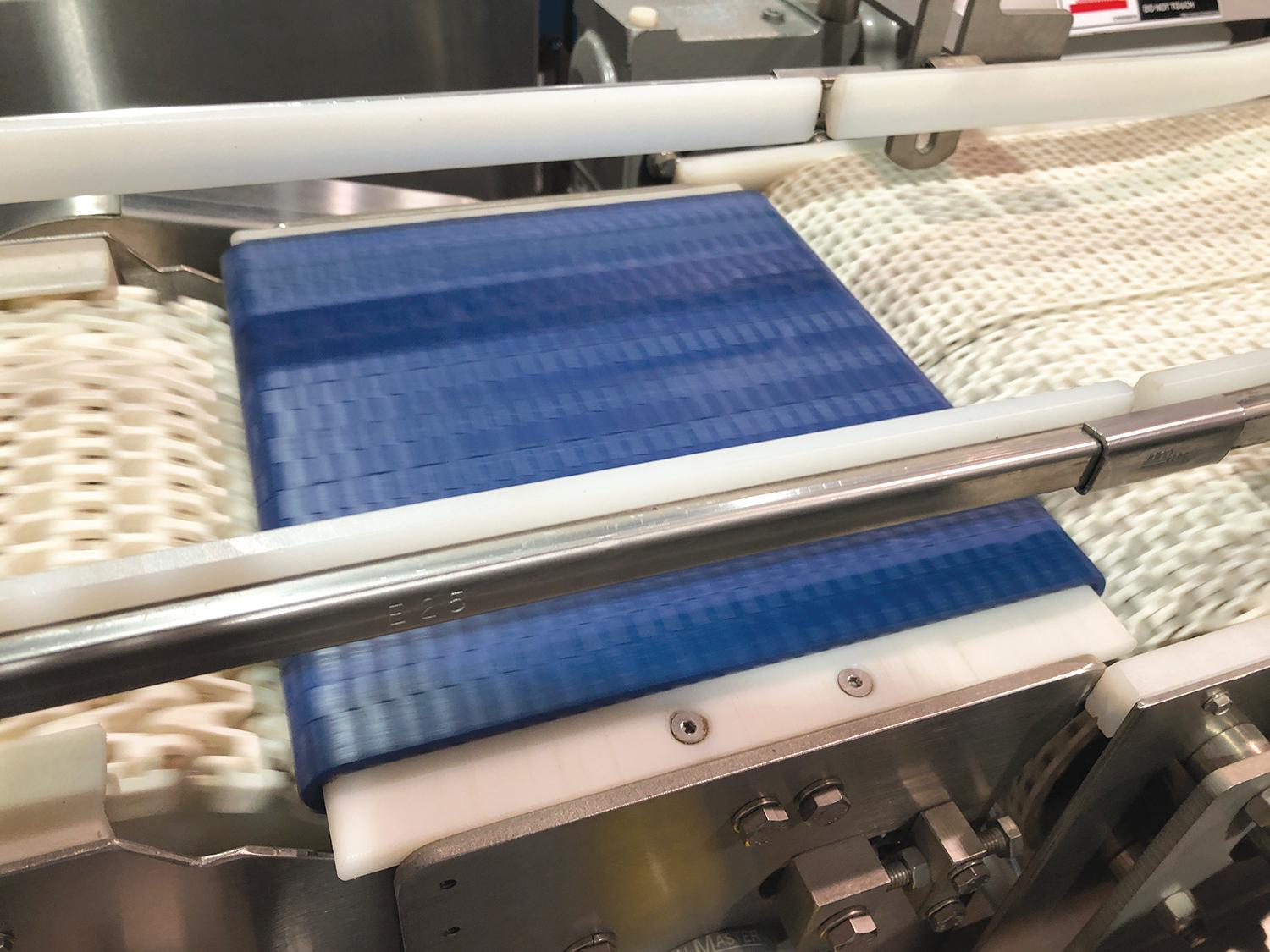
• We make conveyors that will move your product from filling, sealing, inspection, labeling, final packaging to shipment. We’ll take them through every merge, divert, curve, transfer, twist, flip, grip, accumulation, rotation or elevation step along the way.
• Choose from 24/7 workhorse conveyors, standard or custom designed, for simplistic to complex packaging applications. We connect mechanical engineering with electrical so your OEM equipment communicates.
• The goal? Maximize productivity; increase throughput; minimize footprint; factoring next generation expansion and future growth. It’s that simple.
www.multi-conveyor.com
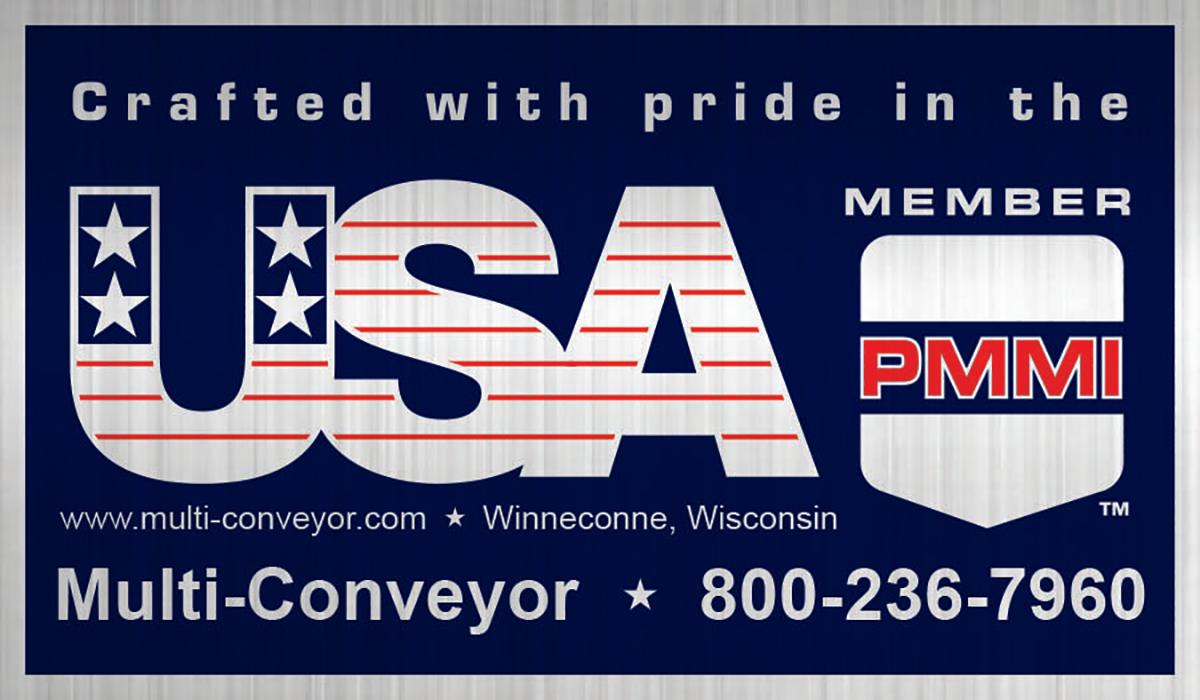

Just as CPGs in the U.S. are reevaluating their packaging in light of EPR policies that will require more sustainable packaging, European CPGs are also facing more stringent requirements through the European Packaging and Packaging Waste Directive. Under PPWD, brand packaging must be 100% recyclable or reusable by 2030. To future-proof its packaging, European table salt producer JOZO has evolved its packaging from a multimaterial canister to a polypropylene shaker with a PP in-mold label that allows for maximum recyclability.
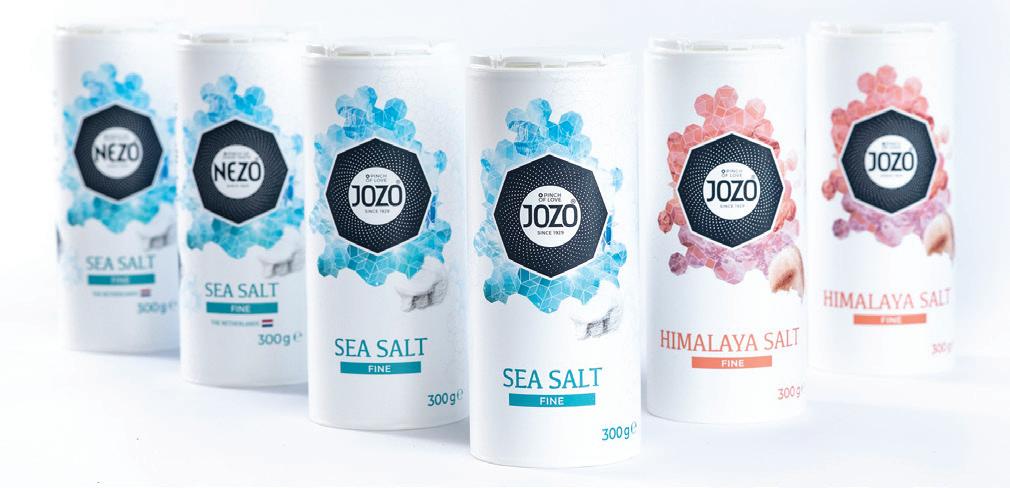
JOZO is no stranger to firsts. In the 1950s, it pioneered the salt-shaker dispenser package in the Netherlands, moving away from the traditional paperboard carton. Until recently, its shaker was made of a mix of materials, with a paperboard and aluminum body, a polyethylene bottom, and a PE and polystyrene cap.
In 2020, JOZO reached out to SFA Packaging to completely redesign its shaker package to comply with PPWD regulations for recyclability. Says SFA Business Development and Marketing Manager Alexander Heinsdijk MBA, the challenge SFA faced was developing a package that was both sustainable and highly attractive. “Switching to a mono-material package was the obvious way to go,” he says.
With recyclability in mind, SFA made the new shaker entirely from PP, including the body and cap. The label was also made
from PP—an in-mold label that fused with the shaker during the injection-molding process. The first iteration was a standard PP IML that, while recyclable, stayed with the package during recycling, resulting in grey, non-food-grade rPP. The next generation of JOZO’s packaging, debuting this year, goes a step beyond with a PP IML that separates from the container during recycling, resulting in high-purity, white rPP.
The label is MCC Verstraete’s NextCycle IML. According to Nico Van de Walle, product and circular economy manager Global IML at MCC, “In the mechanical recycling process, during the grinding stage, the NextCycle IML technology is designed to detach from the container. After the washing and the drying, the light PP label flakes are removed by the air elutriation phase, resulting in clean container flakes that can be recycled and reprocessed into rPP. Through this process, white container flakes result in white rPP. In turn, the higher-yield and high-purity rPP paves the way for a circular economy for PP.”
Creating a cleaner, whiter recyclate was important to JOZO in order to receive the highest score for recyclability. According to de Walle, in the past, RecyClass—the cross-industry initiative that advances plastic packaging circularity in Europe—categorized white packaging in the same class as colored packaging, in which case IML received the maximum recyclability score. However, due to a recent change, white packaging is now subjected to the same guidelines as transparent packaging. Following an assessment by third-party certification body CIRCPACK by Veolia, JOZO’s new container received a “B” classification from RecyClass, meaning the quality of the recyclate is good enough to be used in closedloop or cascade open-loop applications.
JOZO offers its Sea Salt and Himalaya Salt in 300-g, 100% PP shakers in markets that include Benelux, Scandinavian countries, and the Middle East. Shares JOZO Product Portfolio and Sustainability Manager Florence Ruellan du Créhu, since it was launched in Q1-24, the new package has received a positive response from consumers. —Anne Marie Mohan



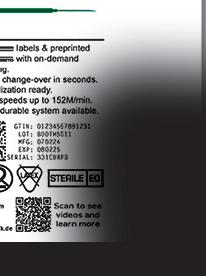

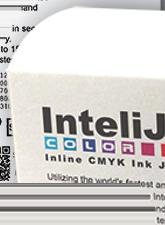


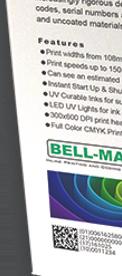


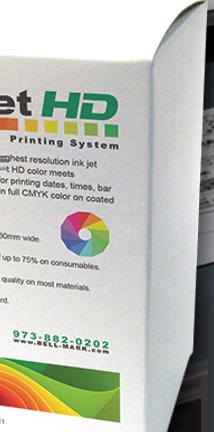

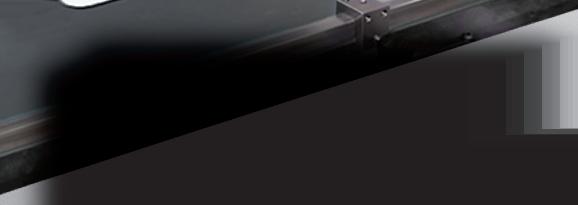


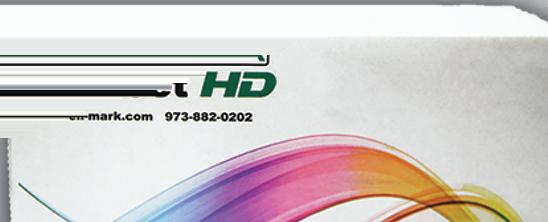
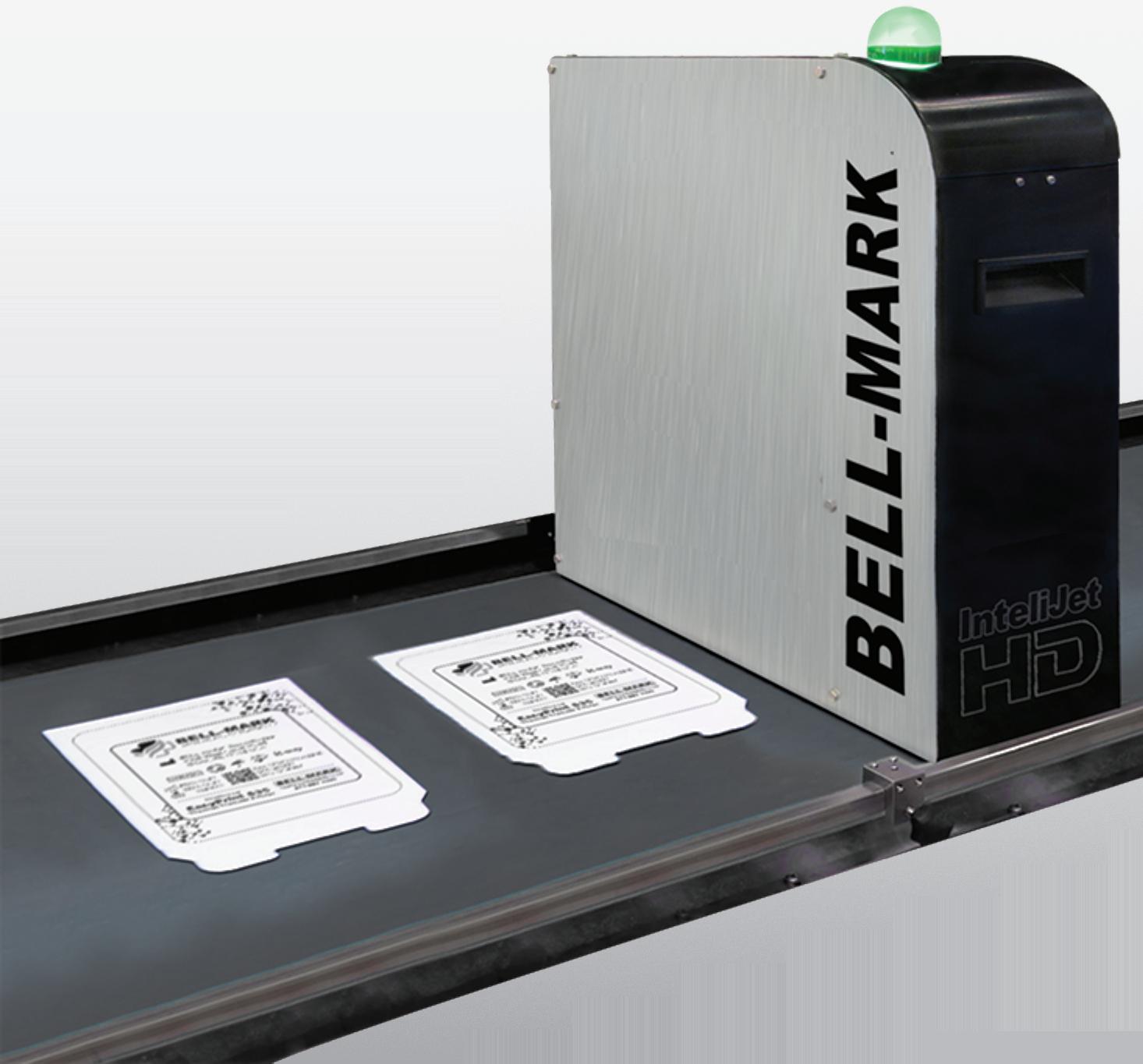







Our mobile exhibition will come to you exclusively and free of charge!
Our show truck demonstrates our latest products. Take advantage of this unique opportunity to discuss solutions to your problems with our specialists and experts on-board our show truck.
In response to consumer pushback against single-use plastic packaging, brand owners are increasingly finding ways to replace plastic packaging with paper. The biggest challenge to making the switch, however, has been finding an alternative to the non-recyclable polymer coatings traditionally used with paper packaging to provide a barrier against moisture for food and beverage applications.
One category that has had some recent success in this area is microwavable noodle cups. Last year, Nissin Foods U.S. replaced the nearly five-decades-old polystyrene cup for its Cup Noodle ramen noodle soup line with a proprietary double-wall fiber cup from Graphic Packaging Intl. (see pwgo.to/8236). Following Nissin’s paperization lead, in January, South Korean C-store chain CU, part of BGF Retail, introduced its own microwavable paper cup—in this case compostable—for a new own-brand noodle line, New Today’s Chicken Noodle.
CU’s solution to the plastic coating conundrum was a custom-developed bio-based coating from CJ Biomaterials, a division of South Korea-based CJ CheilJedang and a producer of polyhydroxyalkanoate (PHA) biopolymers. CJ BIO found a way to combine amorphous PHA (aPHA) with polylactic acid (PLA) bioplastic for a microwavable coating that reduces petroleum-based plastic and increases bio-based content without compromising the functionality and quality of the paper cup. The coating also allows the package to be both home- and indus trially compostable.
In Korea, awareness of composting is not high, and the infrastructure is not universally available. Nevertheless, shares Hwang-Bo Min, merchandising department professional, BGF Daily Food Grocery team, PHA was applied to the inner surface of the Noodle Cup to improve sustainability by using bio-based coating.
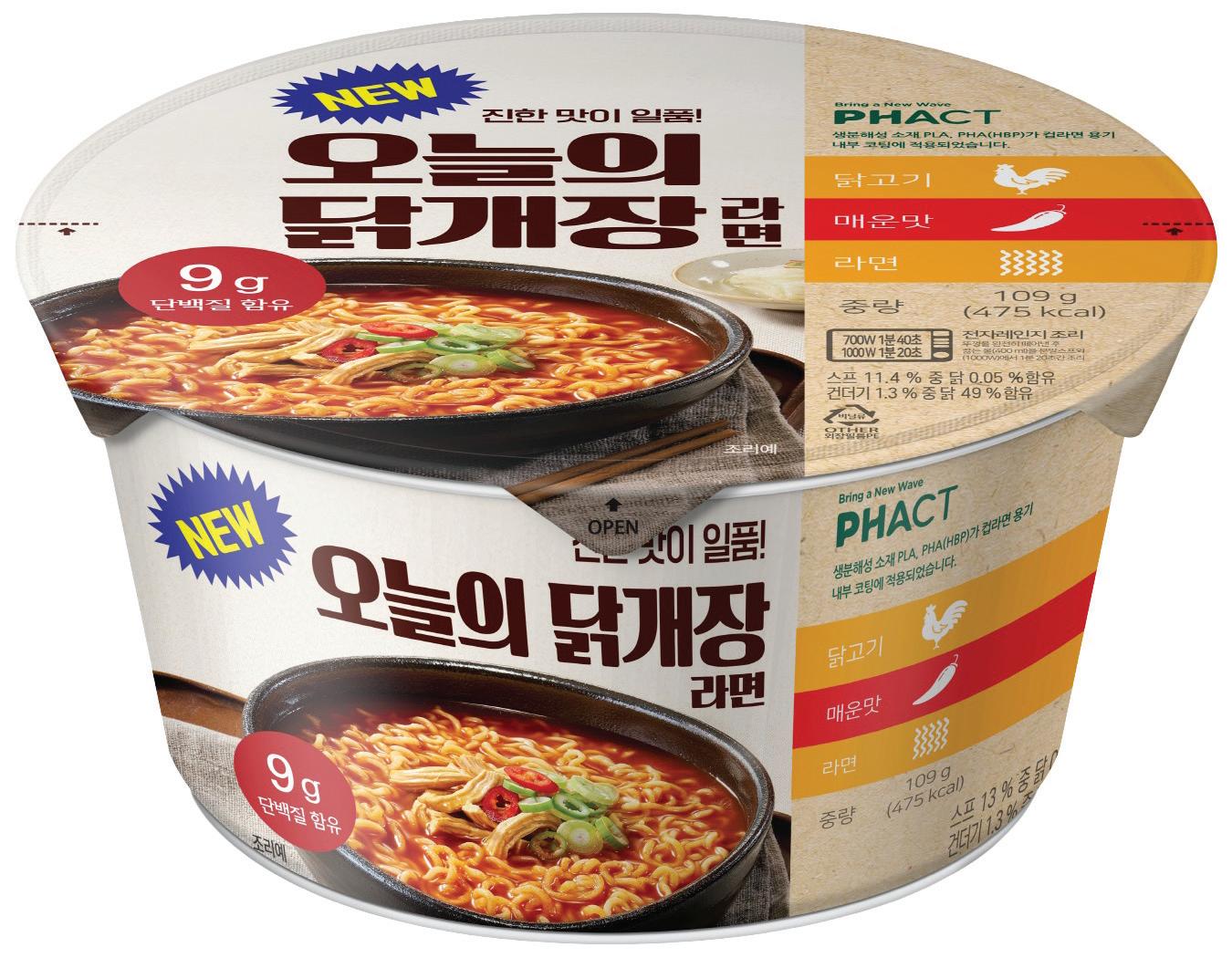
Arrange a visit at your location today!
Scan to learn about our wide range of first-class Technical Services.
Visit us at Pack Expo East Philadelphia, PA
March 18-20, 2024
Booth # 721
PHA is one of the newest biopolymers to be produced at scale and is created through microbial metabolic processes. “Many bacteria produce and use PHAs as an energy storage material in nature,” says the company. “CJ Biomaterials’ PHAs are produced through aerobic fermentation, converting natural sugars [from feedstock such as corn and sugarcane] into PHA polymers directly inside microbial bio-factories comprising standard stirred, aerated fermentation tanks. Each fermentation consists of a growth phase, during which empty cells—the ‘bio-factories’—are grown to target concentrations, followed by a production phase, during which the cells fill up with PHA.”
According to the company, PHAs work well as modifiers to other polymers or biopolymers and can increase bio-based content, accelerate biodegradation, and improve the functional properties of resins and finished products. When compared with more widely used semi-crystalline PHA, aPHA (branded PHACT A1000P by CJ BIO) is a softer, more rubbery biopolymer that offers fundamentally different performance characteristics.
In the case of the coating for CU’s noodle cups, using aPHA with PLA enhanced the processability of PLA by providing flexibility and allowing for more stable use across a wide range of temperatures. “It also exhibits good oil barrier properties, surpassing conventional polypropylene coating while providing a 100% bio-based solution,” says Max Senechal, executive vice president and chief commercial officer at CJ Biomaterials.
The final package was manufactured in December 2023 and introduced in CU stores Jan. 3, 2024. The cup and lid are printed with the PHACT brand name and copy detailing the composition of the biodegradable coating used inside the cup. “CU wanted to show that this is a product that uses PHACT,” says Min. “We wanted to show customers that CU develops a variety of eco-friendly products.
Despite consumers inexperience with compostable packaging, Min adds that they are interested in the development of new products. “Although the eco-friendly concept may seem unfamiliar when it comes to Noodle Cup, customers believe that they are contributing to the environment by purchasing those eco-friendly products,” she says. —Anne Marie Mohan




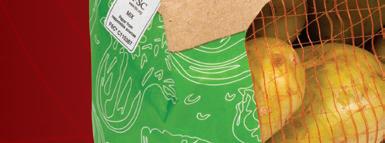




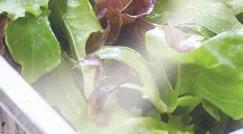


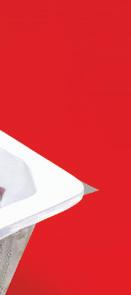




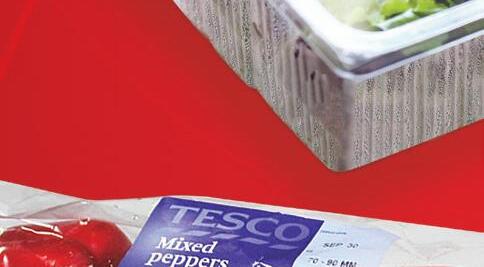

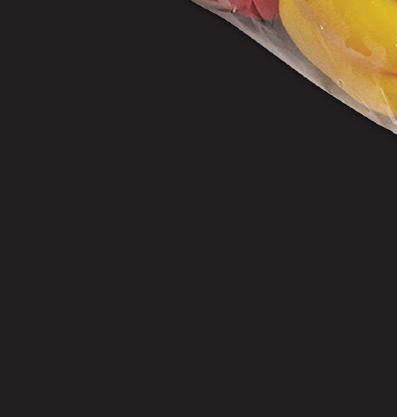




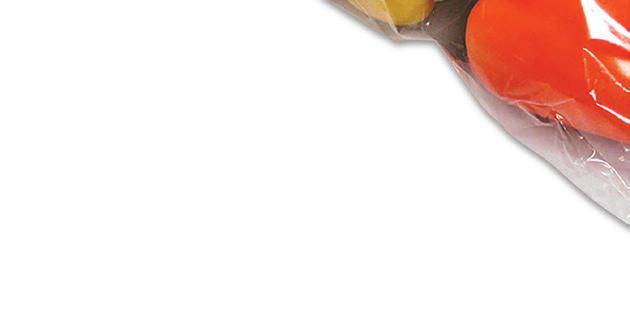





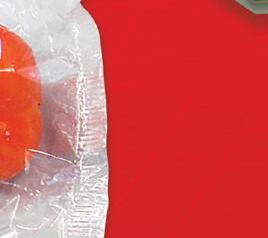





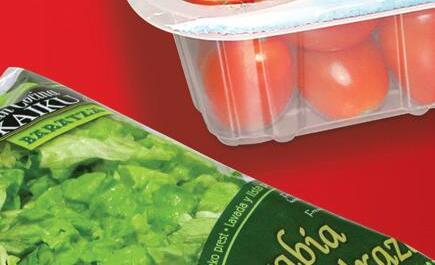

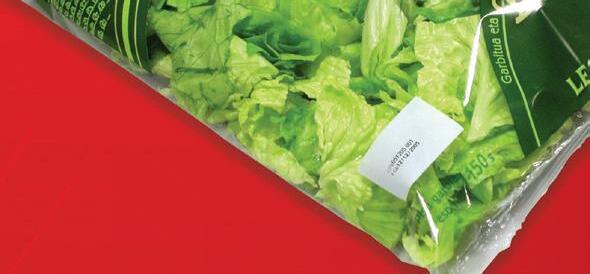



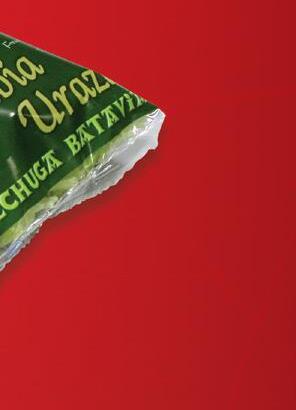





The portion of composters’ operating costs spent addressing contamination, 85% of which is from conventional plastic, according to a report from Closed Loop Partners’ Center for the Circular Economy
3
The number of consumers who filed a lawsuit against Colgate-Palmolive, arguing that labeling on its Tom’s of Maine and Colgate brand toothpaste tubes designating them as recyclable is “false and misleading” because only a “miniscule” number of recycling facilities actually accept them for recycling
20-30%
The average increase in sales experienced by brands that have adopted connected packaging experiences, according to Jenny Mora Stanley of creative agency Appetite Creative 12.5M
The number of paperboard rolls that will be eliminated per year with Tesco’s launch of the “UK’s first-ever” tubeless kitchen foil, made possible by a new state-of-the-art rolling machine
“Though plastic remains the dominant material [for beverage packaging], it will face stronger headwinds going forward as the green movement stays strong and past efforts to improve the material’s image like lightweighting have run their course. Plastic packaging manufacturers must innovate on sustainability, either through improvements in the material itself or through commitments to plastic neutrality and circular economies through improved collection and recycling.”
–Joseph El-Hage, lead analyst, in a release from The Freedonia Group, “Plastic is Still King in Beverage Packaging Landscape despite Emerging Paper, Aluminum, and Molded Fiber Alternatives”
“The growth in bioplastics production capacity should be understood in the broader global context of a climate crisis, escalating energy costs, and disrupted value chains. Despite these challenges, the capacity for bioplastics production is on the rise, underscoring the resilience and significance of our industry.”
–Hasso von Pogrell, managing director of European Bioplastics (EUBP), in an article from the association, “EUBP unveils the results of the 2023 Market Data Report”
“Multipacks and secondary packaging are key to creating a sustainable alcohol brand. The key is to combine functionality and consumer convenience with sustainability. Paperboard packaging has come a long way in terms of its functionality, with barrier coatings available to increase durability in moist or chilled environments, for example. Packaging still has to be desirable as well as sustainable, especially in highly competitive categories. If the packaging isn’t desirable or functional, it won’t sell, which adds up to more waste.”
–Renan Joel, managing director of packaging at event company Easyfairs, in an article from The Spirits Business, “Can paper packaging be premium?”
“We will support thoughtful packaging EPR proposals that properly balance the needs of all stakeholders. We will not support poorly designed packaging EPR proposals that we believe are not based in reality and will not result in positive environmental change and greater packaging recovery and recycling.”
–Dan Felton, executive director of AMERIPEN, in a press release from the association, “AMERIPEN Testifies at U.S. Senate Committee Hearing on Extended Producer Responsibility Policies for Packaging”
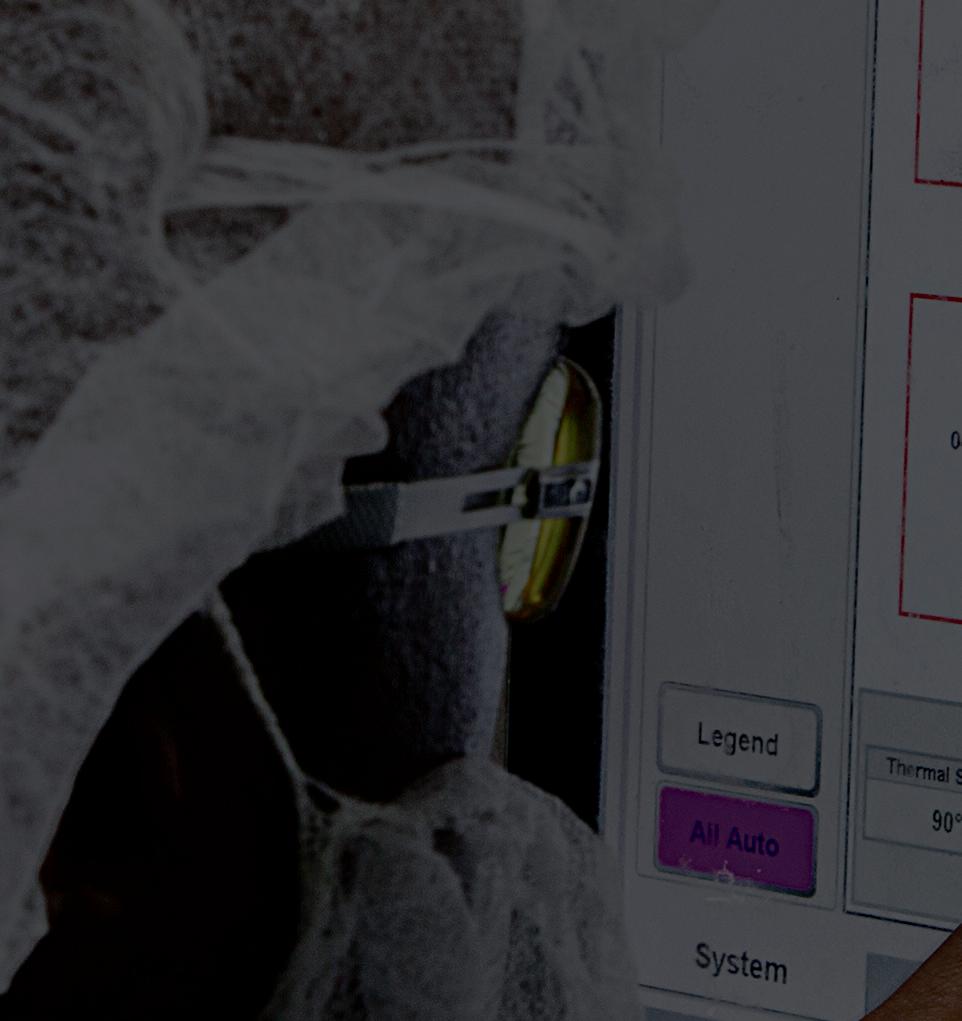
Helping you bring your best products to market.
Delivering Results. With Heat and Control, you have a partner with the scale to support your success, the innovation to advance your operations, and a commitment to quality that will help you offer better products for consumers.
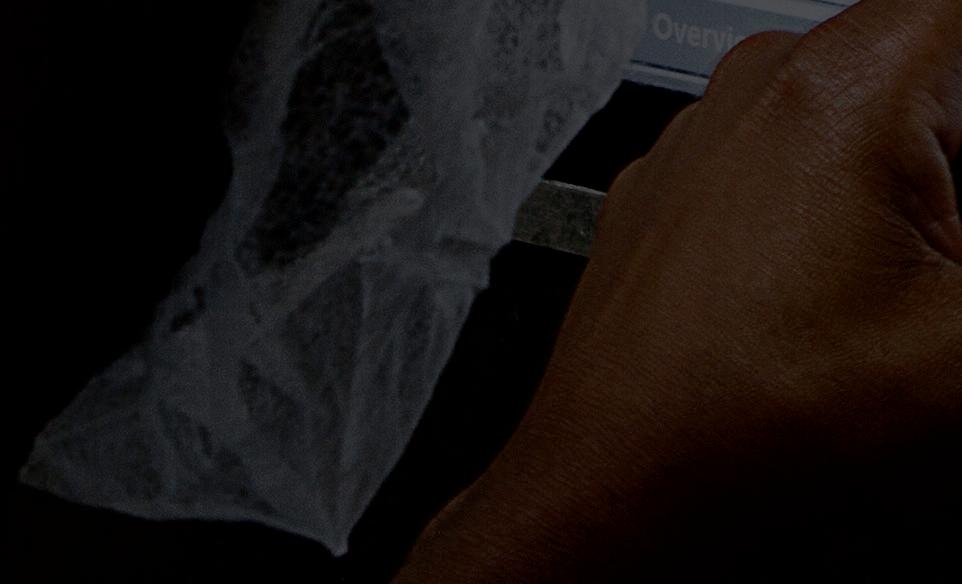

PROCESSING AND PACKAGING SOLUTIONS
• Food processing systems
98
17
• On-machine and process area seasoning application
• Conveying and product handling
• Multihead/combination scale weighing and filling
33 32
• Snack bagmaking and case packing
• Metal detection and x-ray
34
• Check weighing and seal checking
• Controls and information systems
116
94
We are successful when you are successful. That’s why we apply creativity, engineering excellence, and determined perseverance to every project to help our customers get the performance their business demands—whether measured by flavor, efficiencies, sustainability, improvement, or innovation.
99
36 26

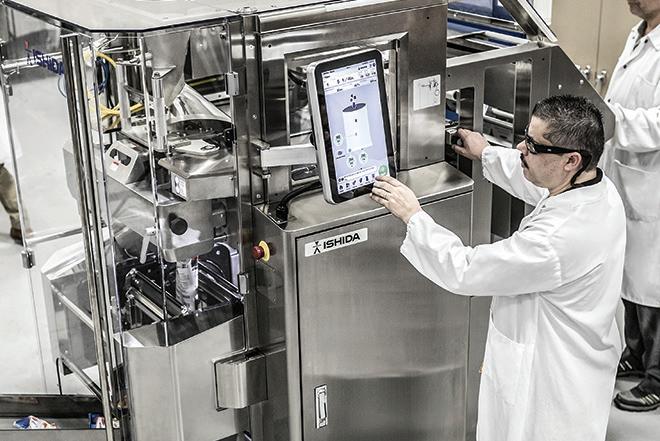

108
42 0842 2 ~2~ ~2
107

20
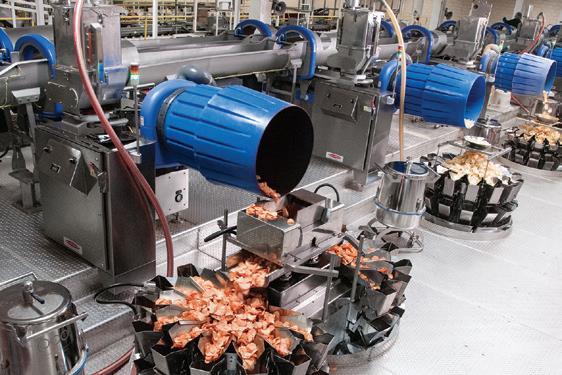
The largest recycler in North America, WM, is making critical investments in AI, automation, and innovative technology to modernize its recycling facilities and expand recycling access to communities in a more than $1 billion planned investment through 2026. How is that money being distributed?
Brent Bell:
First, we’re going into new markets where there are not really a lot of recycling processors today. We know that there’s a demand for more consumers to get access to recycling, so we want to give them the processing infrastructure to do that. One great example is Fort Walton Beach in the Florida panhandle. During COVID, there were a lot of folks that relocated to that part of the country because they could work remotely. They came from areas that had strong recycling programs and arrived to find there was little recycling infrastructure there. So WM is there and in other new markets to unlock supply material that is currently going to the landfill.
 Brent Bell, VP of recycling, WM
Brent Bell, VP of recycling, WM
WM just announced a billion-dollar investment in recycling infrastructure. We sat down with Brent Bell, VP of recycling, to see how the money will be spent (hint: AI optical sorters and new facilities), and what it means for pack design and PCR supply.
Then in our existing facilities and markets, we’re automating with the latest technology, including AI. What that new automation does for existing facilities is make a much higher quality bale of material. A lot of the brands want to use recycled plastic in a bottle-tobottle fashion, or they want to get their own recycled materials back into their packaging. Whether that’s because of minimum [recycled] content laws or because of their own sustainability goals, they want it. We’re able to make a higher quality material because we’re able to sort this optically and with AI technology. A side effect is we’re able to reduce labor, which a nice tradeoff because labor in those [material recover] facilities is often hard to get. We’re also upgrading our labor staff with more modern technology. The folks at these recycling facilities are now using tablets, and they’re programming the optical sorters with computers these days. And the biggest benefit is that it increases our capacity. In the same footprint where we may have processed 20 to 25 tons per hour, we’re now able to process 40, 45 tons per hour with the latest optical tech.
Where in your facilities is AI making this difference?
It’s predominantly being applied to the optical systems, on the near infrared (NIR). Those opticals are sorting at a thousand picks per minute. The quicker they can identify material and those objects, the better.
There also have been some great cases where we were using it to identify different compositions on certain lines. Or from a safety perspective, we’re looking to use AI to identify propane tanks, batteries, or other items that could be dangerous at a facility. We could use AI in the future to look at the material streams and learn what kinds of products are we seeing. We could go back to certain brands and let them know if we’re seeing one of their products or classes of products, or if we’re not seeing it in our recycling streams.
And if you think about extended producer responsibility (EPR) and some of those programs in the future, think that data’s going to be more relevant. It will help us learn how much of [a given brand’s] material actually gets recycled. That’s why WM is working with brands to make sure the packaging they’re putting on the shelves is recycling-friendly, and designed in such a way that this AI can account for it, so that the optical scanners can recognize these materials and properly put them in the right buckets.
Just yesterday I was with a major brand, and we had this exact discussion. Because we’re designing this equipment that hopefully lasts in these communities for five or 10 years to come, we need their input up front. The beauty of some of the new technology is we can adapt it to changing packaging, but it’s only helpful if we’re working with the brand from day-one. When they invent that product and to start designing their packages, we need to make sure that we can accommodate those; that they will be recycling-friendly at the end of their life. We’ve always had this open door, if you will. We’re happy to either test or otherwise help identify whether your new product or package is going to be recovered. We’d love to be involved on day-one
Protect your brand with inspection solutions that enhance food safety and weight compliance for packaging lines.




When inspection equipment is at the forefront of food safet y and qualit y, downtime is not an option. We understand the impor tance of preventative maintenance and technical suppor t that ensure your equipment, and your brand, continue to thrive
Dont miss us this fall at Pack Expo International! Find out more about our inspection equipment and see live demonstrations at BOOTH 1758!
sales@fortresstechnology.com | (416) 754-2898
LEARN MORE ABOUT OUR EQUIPMENT ONLINE
to determine if our new automation sites can handle that package, to recognize and properly sort it.
But WM’s high-efficiency facilities with high-tech AI optical sorters aren’t the only ones out there. You have to account for older recycling infrastructure, too, right?
Right. If we can handle it, then that’s great. But we are also pragmatic, knowing that there’s a lot of recycling facilities that we don’t process material for. We have to consider the average MRF or recycling facility in the U.S. Would they be able to process it as well? Because, for a brand, they’re not just going to go forward if WM can process a package at their new facilities, but all the other older facilities can’t. So we want to make sure we approach that as, ‘Hey, listen, while we may be able to process this, others may have a challenge. So why don’t you just try to make that bottle out of clear plastic instead.’
and the brand and the marketing team what they want, but also make it recycling-friendly at the end of the lifecycle? We want to see what those packs are up front, maybe before going to market, so we can offer some suggestions that might have a negligible impact cosmetically, but a major impact on the backend, on the recyclability.
What about small format packaging recovery?
What we call small is less than three by three inches. The small stuff, quite frankly, is always going to be somewhat of an issue with curbside recycling. We’re looking at other solutions, like home channels where consumers can put all their plastics in a bag that then goes into the bin. But those aren’t ideal for automated facilities because the scanner is going scan on the outside of the bag, and we don’t have enough employees to spend on handpicking these bags.

How do you talk to brands about colored vs. clear bottles?
Bottles are the classic example. Every bottler wants clear back, they don’t want the greens and they don’t want the blues. Colored PET typically ends up the textile industry. And that’s fine, and that’s a great market for. But if a brand truly wants to be bottle-to-bottle, you can’t be packaging your product in green or blue bottles, expecting to get back clear. That’s just not a realistic tradeoff. At some point, a brand has to get marketing and sustainability teams to work together to balance between a bottle that’s still attractive on a store shelf, but also recycling-friendly. We’re here to help to make sure that it’s designed properly from the get-go.
What other sorts of advice do you find yourself giving brands to make their package designs both more recoverable and valuable to end markets?
Some of the new PET bottles you’ve seen on the shelves have a full shrink wrap on top of them. If that shrink wrap is polypropylene, but the bottle is HDPE or PET, the first optical or AI is going to recognize that as being polypropylene. So we advise brands try to make the grade of resin consistent throughout that bottle. And from a flexible packaging perspective, the multilayers and the different layers of commodities, that doesn’t make it recycling-friendly because it’s impossible to separate all the different layers in there. The big question is, how can we still give your consumers what they want,
So we don’t have a perfect answer for the small, three- by threeinch or less packaging, and it’s not accepted in our programs today. But as we’re looking at EPR, and everyone wants to get materials back, maybe a non-curbside solution can address the small format.
When making this investment, what kind of brand or CPG input did you receive?
The one thing we heard loud and clear when we were making these investments was that there was going to be demand for recycled material. That could be the result of internal sustainability goals, or of legislated minimum content requirements, or both. If you go down the list of every major brand, see what they’re doing today, and then see what they want to do tomorrow, it’s a massive, massive ramp up on reusing recycled materials in packaging. Let’s take plastics as an example. It has a relatively low recycling rate today, so we’re going to need five to 10 times as much plastic to get recycled to even become close to meeting these brands’ goals. We asked ourselves, ‘how do we unlock more supply, and not just take market share away, but how do we go and get markets, and capture and supply material that’s going to the landfill today?’
Our portfolio of new capacity, plus new markets, is about 2.8 million, almost 3 million tons of new capacity that we’re going to open that will unlock supply that’s going to the landfill today, and put that back into the recycling facilities that we’re investing in. That said, plastics is about 5% of what we deal with. That 3 million tons, it’s all grades. It’s just a blended, single-stream pile. But we are doing education campaigns specifically around plastics because it’s one of the highest value materials we collect. And because of the way we share our commodity values with the inbound customer—typically a municipality—then if they can increase the amount of plastics in their bin, that helps out their economics as well. We’re trying to promote good recycling practices to make these curbside programs successful, and increasing the recycling of plastics is a key to doing that. Inevitably that will create more material that we can get in the curbside programs, which will make more material available for these brands to hit their sustainability goals and minimum content requirements that are coming in a few years as well.
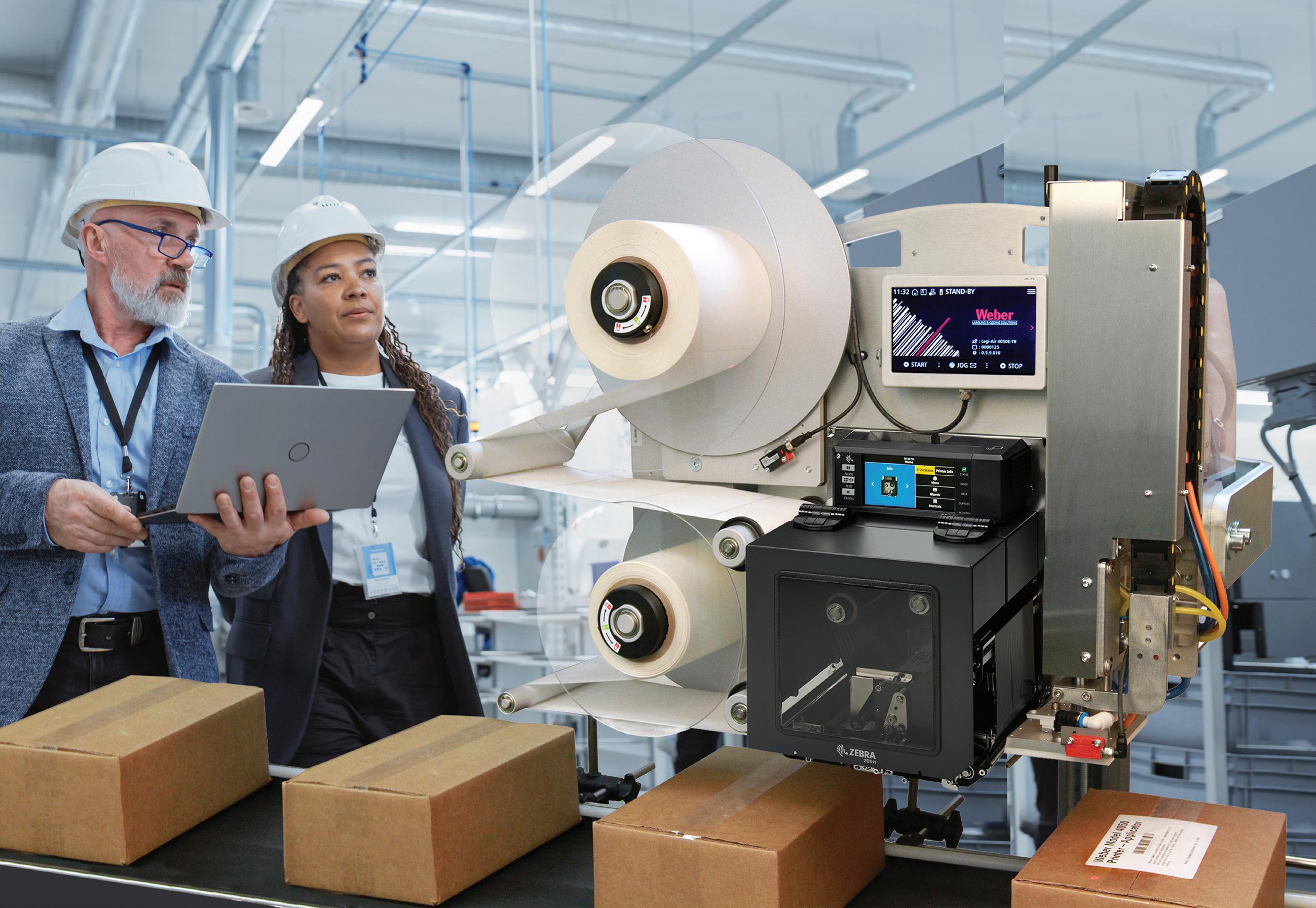
When you need mission-critical labeling systems that will be reliable, cost-effective, and easy to use, you need a partner that you can trust.
Weber Packaging Solutions is a family-owned label solutions company that has been helping customers look their best for over 90 years.
We provide turn-key labeling solutions, like the new Model
modular print-apply labeling system or the ELF-50 front/back label applicator. With experience in just about every industry, we make sure you succeed in getting your product labeled correctly.
Visit us at www.weberpackaging.com and see how we can ensure your next project is successful.



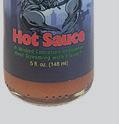


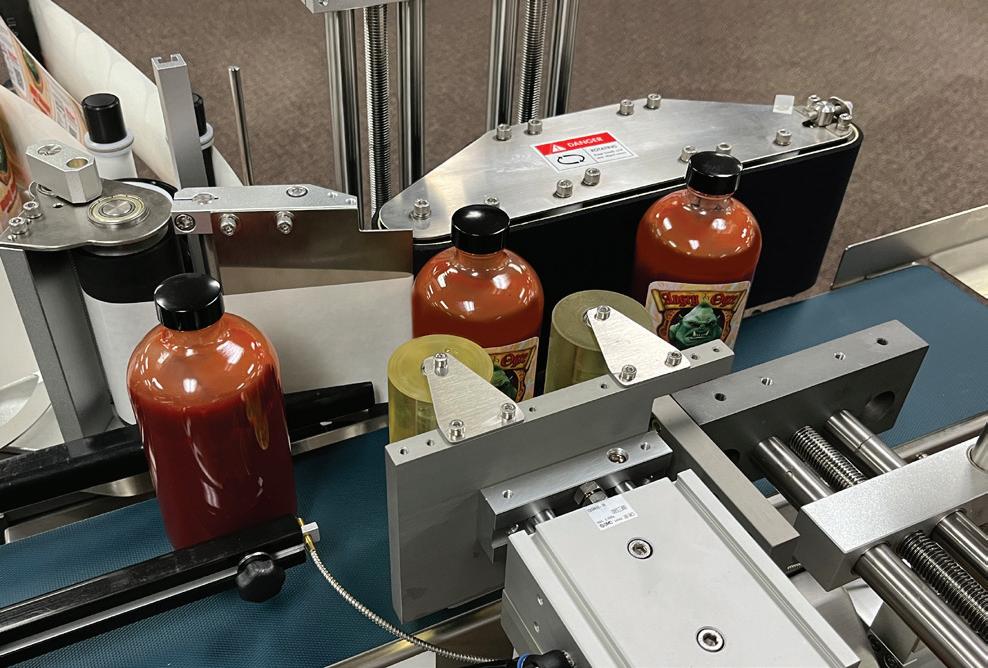
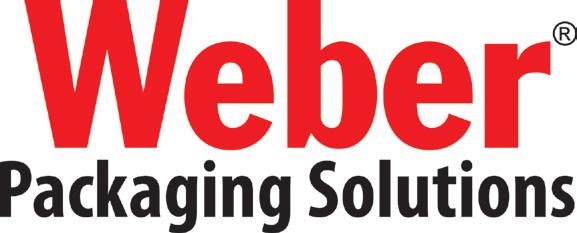


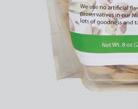



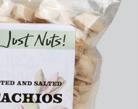




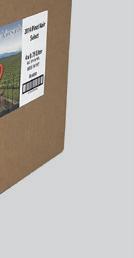


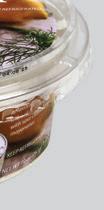
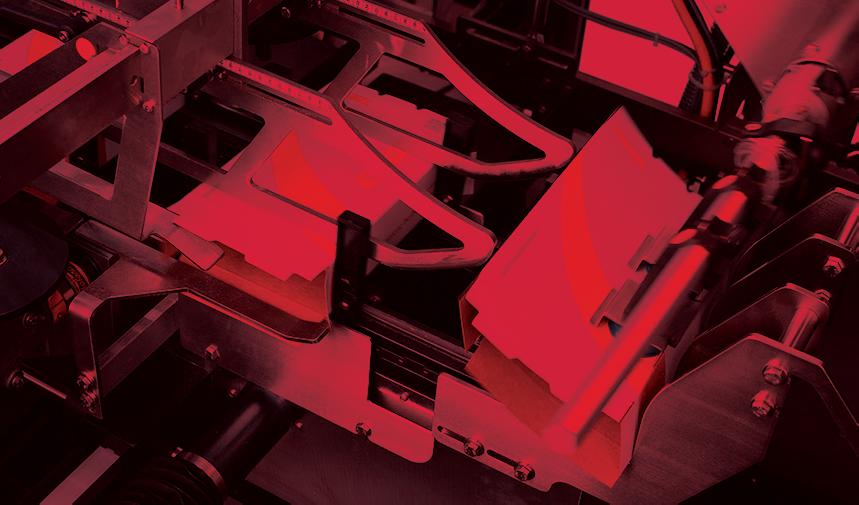
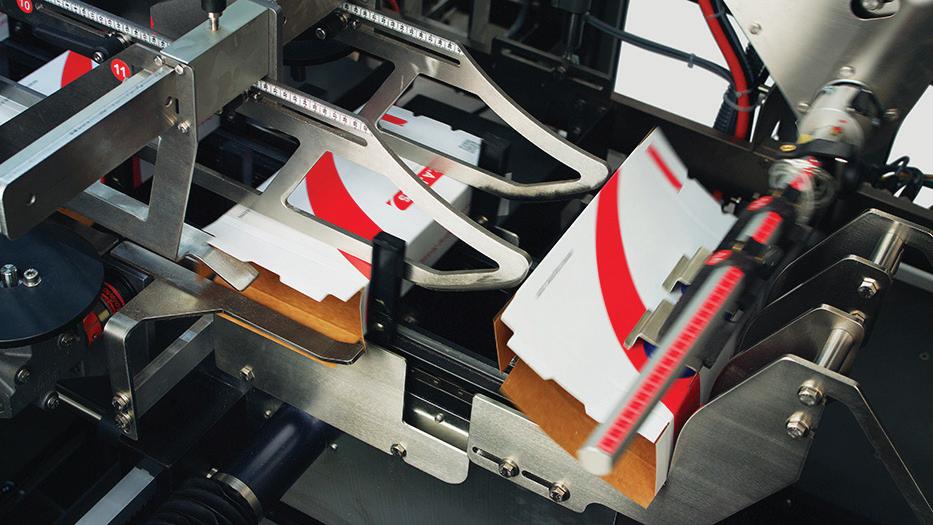
Polypropylene is emerging as a more valuable, desirable recycled material in the U.S. Where is WM on that stream?
Ten years ago, polypropylene was just hidden in the [plastic recycling symbol] three through seven bales. For the most part, people that were buying three through seven bales were buying them to try to get the remaining ones and twos out, since some would sneak through. The irony to it all was that anybody that was making a three through seven bale, the real value was just what got left over. We started working with KW Plastics nearly 15 years ago, that was their first polypropylene order from us. That’s obviously a business that’s grown. It’s been a great story for them because we’re collecting polypropylene, and KW turns it into paint cans that are now on the shelves of Home Depot, Lowe’s, and all the retailers.

We’ve increased our polypropylene over the last few years by 40%. Most or all recycling facilities now sort polypropylene. The economics are just too good to pass up. We see that as growing for more and more recyclers to actually process it separately. But also more importantly, we’re seeing that being a go-to grade to use for brands who had been using a generic number seven grade. We’ve seen a lot of them switch over to polypropylene to use their materials because they see it’s recycling-friendly. It’s a good packaging grade to use, and now if you go down the store shelves, there’s way more polypropylene—yogurt, butter dishes, etc.—a lot more than in year’s past. As long as the size is greater than three by three, it’s a valuable material.




I’ve heard you say that plastics is only about 5% of the material you collect, but it creates something like 90% of the conversations. Will that always be the case?







It shocks people is when we say that, but it’s true. In the average stream today, if you look at anybody’s average bin, it’s got cardboard, mixed paper, aluminum, steel, and plastics, but plastics are only 5%. And that’s a pretty small piece for us to deal with, but it’s a big part of the conversation because that’s what’s in the newspapers. Whether it’s ocean plastics or plastic pollution or single-use plastics, people want to know what else we can do with it. We’re trying to do our share to make sure that there’s an infrastructure in place to increase the recycling rate of all commodities. But specifically, if you can increase it on plastics, then it helps out the economics with everyone in that recycling value chain.
Consumer recycling remains voluntary. Does that need to change to get to the volumes of PCR that brands say they’ll need?
That’s the most amazing thing that I think people overlook. They don’t realize that, for the most part, curbside recycling is completely a volunteer program. There’s nothing to force someone to recycle at a curbside program. I get that in California, there’s some laws with commercial, but for residential, no one’s forcing you to recycle. It’s the right thing to do, but it’s a volunteer effort. That’s where we’re really trying to share that message, ‘Hey, the economics work if you don’t put this stuff in a landfill. It’s way too valuable. Let’s make sure that it gets recycled.’
But even more surprising, this voluntary program is one that big chunks of the supply chain rely on. During COVID, we had a lot of communities that were short on drivers, so they had to stop their recycling routes. We got notifications from our plastics vendors, from our cardboard folks, because there are certain parts of the value chain that can’t use virgin material anymore. They have committed their whole process to using recycled content. We sent these communities letters back saying that we knew there’s a shortage of toilet paper and tissue supplies for hospitals. Those all get delivered in boxes, and those boxes are made from paper mills that can only use recycled material. That means we can’t have a disruption in the recycled material supply chain, or else it’s going to really impact your grocery store shelves and your hospitals. I don’t think that the average community is aware that recycling is a necessity in the supply chain now.
What’s on the horizon in terms of recycling films? Are we going to evolve beyond store drop-off and get to curbside film recycling?
There’s a place just outside of Chicago called Hickory Hills where we’re doing a curbside film recycling pilot. We started another one in the Salt Lake City area as well to unlock that stream. Meanwhile, we’re automating our MRFs to be ready for films. In some cases, we’re initially
putting in the whole film system. And in other cases, we’re just making sure that it’s engineered so that we can put a film system in place in the future. Once we get done with these pilots—at some point, and we’re not there yet—the goal is that we can tell consumers to put all their plastics in the bin. Because people get confused with recycling, and when you ask them what they’re confused about, they generally say plastics. So we hope to eventually tell them to always recycle plastic. They can put it all in there and then we can sort it, whether it’s film or rigids, at these automated recycling facilities. We didn’t know initially, until we did the pilots, if we were even capable of doing this. And interestingly enough, even without accepting it, film represents about one to 2% of our materials in the bin to begin with. It’s a pretty high percentage to begin with, even though it’s not accepted in any of these programs. That’s where these pilots’ results will be fascinating, in part to see how much more material we can actually collect. But we’re starting with film pilots now, and then if those go well, we’ll scale them.
How are these pilots in Hickory Hills, Ill., and Salt Lake City performing so far?
In a way, we’re kind of forcing it to work because we’re pretty committed to it. Even if we don’t officially accept film in our curbside programs, we can still take the 2% out that we’re getting today, and make sure that we have good end markets for this material. That’s going to be the next big step in film recycling—making sure that we’ve got good, secure end markets that are sustainable. Then, we can start going into communities and putting films on their acceptable items list. Not all communities at once, we’ll phase it in. That’ll be the next step of that process.
From a mechanical recycling perspective, how do you view the advent of chemical or advanced recycling?
There are like $8 billion in projects related to chemical recycling going on today. I don’t know how many will get finished. We’ve already talked about brands’ demand for PCR materials to go back into their products. The demand for material for chemical recycling in a few years, with all these new plants, is going to be huge. So we’re trying to unlock more supply. Our view is that mechanical recycling will always take a precedent over chemical, but chemical is going to be absolutely needed for what I’ll call the non-mechanical recycling-friendly plastic grades. It definitely has a home in the recycling infrastructure. We’re excited for those folks to come online and start taking some material that isn’t really all that easy to mechanically recycle today.
Are you keeping an eye on HolyGrail 2.0, digital watermarking tech, and digital passports as pilots begin to scale in Europe?
It’s really interesting, but the viewpoint I have on that is kind of simplistic. They can put all these digital codes on the packaging if they want, but if people are still putting in it the trash bin and not recycling it, it doesn’t matter because none of my machines are ever going to read it. I have to get the material out of the trash bin and into the recycling bin. My view is that we’re a long way away from [digital watermarks and passports] being a benefit. I need just people to recycle. Everybody knows that a plastic bottle is recyclable, but we’re only getting three out of every 10 of these in the right bin. We just need to get folks to put the right materials in the right bin first. If machines can read that material at some point, and that adds to better sortation, that’ll be great. But if it goes in the trash bin, it’s not going to do anybody any good.
Packaging World readers are brand owners, CPGs, FMCGs, and food, beverage, and pharma companies who rely on packaging to deliver their products to consumers. Do you have any parting thoughts for them?
I would say that we hear their message loud and clear. Whether it’s through your own sustainability goals or through regulation, there’s a big and growing demand for recycled material and a need for companies like WM to unlock more material. We’re making investments in infrastructure to do just that. Any help we can provide on education or help on making sure your packaging designs and materials are recycling-friendly, our doors are open for that. Because we want this to be successful for everybody, and to increase the recycling rate. The overall goal is to get more material in this circular economy backing the right hands. We’re excited to be a part of that. PW



With our state-of-art Feeders, Prefeeders, and Assembly Systems, quality isn’t just a feature, it’s our standard.
Highly qualified technicians available for on-site repairs.
training.
spare-parts department.


 By Sterling Anthony, CPP, Contributing Editor
By Sterling Anthony, CPP, Contributing Editor
All brand owners know whether their products are vulnerable to the spoiling effects of oxygen. But not all know how to systematically manage that vulnerability with packaging. Brand owners who include the oxygen transmission rate (OTR) in their decision-making need a solid understanding of its capabilities and its limitations.
OTR measures the steady-state diffusion of oxygen through a permeable material. Diffusion occurs at different rates at different conditions of temperature and relative humidity (RH). That’s why testing is done under standardized conditions and the results expressed in standardized terms, for example cc/100 in2/24 hours (or a metric version).
This article is not about packaging that has undergone a change to its internal oxygen content. Exempted, therefore, is modifiedatmosphere packaging (MAP), which purges oxygen and replaces it with an inert gas. Also exempted is vacuum packaging, which removes oxygen, causing the packaging film to tighten to the contours of the product. Those exemptions notwithstanding, the packaging still must provide adequate barrier.
The term, “barrier flexible packaging,” clouds the fact that all flexible packaging provides barrier, some just better than others. An OTR is useful for comparing options under identical ambient conditions. The OTR, conversely, might not correlate with the ambient conditions that the packaged product will encounter throughout its supply chain. Standardized test conditions of 73°F and 0% RH, for example, might not be consistently encountered throughout a regional supply chain, and even less so throughout a national one.
ethylene ratios yield better barrier and improved processing. On a different but related note, recycled polymers are not as chemically homogenous as virgin polymers. The respective OTRs will be different, in favor of virgin, even if not by much.
In the United States, laboratories cite ASTM D3985 Standard Test Method for Oxygen Transmission Rate. Some film suppliers also provide testing, but laboratories can claim to be disinterested parties. That said, laboratories are known to be less objective about their testing equipment. Whether evaluating a laboratory or a film supplier, a brand owner should be wary of a party who promotes a standard uncritically. Wariness also is warranted if a party tries to dissuade a brand owner from modifying a test so that results correlate better with anticipated conditions.
In addition to oxygen, barrier might have to be provided against moisture and light. A generalization is that the more types of barrier needed, the more the structure is likely to incorporate foil or a metallized substrate. If, however, light is not a concern and there is a marketing advantage to a clear (transparent) package, consideration can be given to structures that incorporate PVDC (polyvinylidene chloride).
There are data that compare the OTRs of the various films, at the same gauge, from poorest to best. There’s no need to start from square-one in identifying plausible candidates.
There are data that compare the OTRs of the various films, at the same gauge, from poorest to best. There’s no need to start from square-one in identifying plausible candidates. But no matter how reliable the data and how application-suited the barrier flexible packaging, it can be all for naught if the brand owner’s facility lacks certain quality-assurance (QA) measures.
An OTR less-than-or-equal-to 1 cc/100 in2/24 hours is considered high barrier. Its relevance should be evaluated by asking, “Is that much barrier needed? What structures can provide it? What is the cost? What are the involved technologies? And how can that barrier be leveraged for a competitive advantage?”
OTR is affected by various factors. One is the thickness of the structure, especially for a monolayer film. There are practical limits— costs and machinability among them—as to how thick a film should be. Thickness also is a limiting factor for multilayer structures, particularly laminations and coextrusions. There, the barrier layer typically is the most expensive, so there is a cost incentive to use it in the thinnest layer suitable for the application. The same frugality should extend to materials used as barrier coatings.
OTR also is affected by the chemical composition of a film. A case-in-point is the copolymer EVOH (ethylene vinyl alcohol). Higher
One such QA measure concerns incoming supplies, making sure that what’s received meets specification. A manufacturer of prosthetics (e.g., knee replacements) failed in that regard. The oxygensensitive polymer component of those devices was supposed to be protected by the packaging. For years, the manufacturer received packaging that was missing its oxygen barrier. This was discovered after implanted prosthetics prematurely degraded, necessitating replacement surgeries. It triggered a bevy of lawsuits, still being litigated at the publication date of this article.
Another QA concern is the integrity of the sealing operations. Barrier flexible packaging can be perfect in terms of its construction yet be sabotaged by poor seals. Entrance of oxygen through a poor seal is easier than diffusion. The sealing station needs to remain calibrated at the correct combination of temperature, pressure, and dwell time.
In conclusion, achieving flexible packaging that has the requisite oxygen barrier is a multi-faceted undertaking, but the correct approach clears the air and lets the brand owner breathe easier. PW
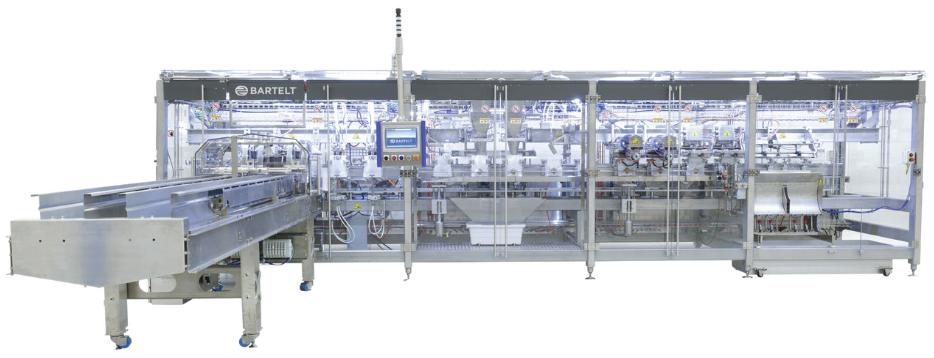

 By Anne Marie Mohan, Senior Editor
By Anne Marie Mohan, Senior Editor
Reduce. Reuse. Recycle. It’s not just a catchy slogan; it’s actually a waste hierarchy that starts with the most preferable strategy and works its way down the list. Therefore, after reducing—or eliminating— packaging material, reuse is the next best strategy for tackling plastic packaging waste, yet it’s the one that’s used the least. According to the Ellen MacArthur Foundation, just 2% of the packaging used by its New Plastics Economy Global Commitment signatories is reusable, and that number has remained constant since the program launched in 2018.
As two recent reports illuminate, the widespread adoption of reusable packaging can result in substantial environmental benefits and is “critical to tackling the plastic waste and pollution crisis.”
That’s according to EMF, whose 2023 report, “Unlocking a Reuse Revolution: Scaling Reusable Packaging” (see pwgo.to/8237), outlines the challenges and opportunities to scaling up reusable systems and what’s needed for a complete system change. The second report, “Refill Again” (see pwgo.to/8238), from non-profit ocean conservation organization Oceana, describes the scale of the plastic pollution problem and the impact reusable packaging offers.
Both reports are based on a reuse model where consumers purchase products at retail in reusable packaging that they then return to the store for subsequent sorting, cleaning, and refilling. While EMF’s report focuses on a variety of single-use plastic packaging applications, i.e., food, beverage, personal care, etc., Oceana’s centers on single-use plastic beverage cups and bottles, the latter of which, it says, is the second most common litter item across seven aquatic environments.
Although the reports differ in scope, they offer many similar conclusions. The most notable is that “returnable plastic packaging has better environmental outcomes than single-use plastic packaging across almost all scenarios, applications, and performance indicators” (EMF). Another is that recycling is a false solution to the plastic crisis. Reports Oceana, “It has been estimated that only 9% of all plastic produced since the 1950s has been recycled, with the remaining 91% incinerated, sent to landfills, or lost to the environment.”
Furthermore, Oceana says that recycling could actually be exacerbating pollution by releasing huge quantities of microplastics into wastewater. It also notes that the use of more recycled content—a goal of nearly every major CPG—does not make it more likely that a bottle will be collected and not become pollution in the ocean.
Another point made by both reports is the importance of collaboration. States EMF, “To reach the scale necessary to tackle plastic pollution, reuse urgently needs to be scaled; to make the economics work, collaboration is essential.”
One group identified as essential to this transformation is CPG brands; Oceana’s conclusions note that the beverage industry in particular holds the key to substantially reducing aquatic pollution
from plastic bottles and cups. Other groups tapped as being crucial to scaling up these systems are policymakers, including state, federal, and global, who have a crucial role in creating the enabling conditions, and financial institutions, which are needed to support and invest in new infrastructure.
EMF’s report models three different theoretical reuse scenarios: a fragmented effort, a collaborative approach, and complete system change. It concludes that the greatest impact can be achieved with a complete system change, which it defines as “a visionary scaled, shared, and standardized return system.” This will require a highly shared infrastructure, where sorting and cleaning centers and transport to and from the centers is shared, and all parties operate under the same rules and standards. It also relies on standardized, pooled packaging.
If the infrastructure is put in place for a total system change, EMF estimates that moving to reuse can result in a 20%-plus reduction in annual plastic leakage to the ocean by 2040. Other environmental wins include (not surprisingly) a reduction in the use of virgin plastic, and—depending on the reuse scenario—a decrease of 35% to 69% in GHGs related to rigid-to-rigid packaging and a reduction of up to 30% to 70% in water consumption. It will also result in a significant drop in plastics volumes, up to 54% to 76%, and a decrease in waste generation of up to 90%.
Another notable finding by EMF is that even when a single-use plastic package uses 100% recycled content, reusable packaging still outperforms single-use packaging in terms of environmental impact. This excludes single-use flexible packaging, whose light weight results in lower GHGs versus reusable packaging.
Oceana’s findings are similarly compelling. It reports that a 10-percentage point increase in reusable packaging by 2030 could eliminate the equivalent of over 1 trillion single-use plastic bottles and cups and prevent up to 153 billion of these containers from entering our world’s oceans and waterways.
Given the tortoise-like speed of adoption until now, reusable packaging has a long journey ahead before achieving such results. To speed this transition, in “Refill Again,” Oceana urges all beverage and bottling companies to set targets to increase reusable packaging by at least 10% and allocate appropriate involvement and marketing resources to ensure these targets are achieved.
In “Unlocking a Reuse Revolution,” EMF advises stakeholders on three concrete actions they can take to realize the full benefits of return systems. These include adopting a fundamentally new approach, kickstarting the transition by deploying collaborative multi-brand and multi-retailer systems, and following through by enlarging these systems across a greater range of products, sectors, and geographies. PW

Rockstar Energy kicked off 2024 with a dynamic new look and feel. The brand unveiled the latest visual identity refresh across its full product range, its first in more than four years since its acquisition by PepsiCo in 2020. During the intervening years the brand had transitioned and progressed into a lively, vibrant, and refreshing aesthetic. The latest move is evidence of Rockstar’s progressive approach to continuously evolve the brand to appeal to more diverse and modern energy drink fans.
The refresh is timed with a new strategic evolution towards a future focused on Rockstar’s zero-sugar range. It’s also part of its wider “Press Play” platform launched last year, which the company says encourages consumers “to say yes to the things they love to do.”
“The refresh is the visual complement to this, with every touchpoint of the identity oriented towards Rockstar’s evolved brand positioning,” Marie-Therese Cassidy, VP of design, PepsiCo Europe, says.
The new look retains its iconic star logo but departs from the previous design by introducing a simpler, more universal appeal. The idea is to cater to a broader, more modern audience of energy drink consumers across the portfolio.
“First and foremost, our new visual identity provides greater accessibility and inclusivity by differentiating Rockstar from traditional energy drink norms,” Cassidy says. “Rockstar has a wide variety of flavors, including both full-sugar and no-sugar variants, and we wanted the visual identity to reflect how these extensive offerings cater to a broader audience.”
While the new design is a departure from its predecessor, some elements were too infused into the brand’s identity to abandon. When asked what was kept, “Definitely the gold star, which is synonymous with the Rockstar brand,” Cassidy says. “We optimized the size and positioning a bit in the refresh, but the shape and color remain the same in the new design.”
The star logo’s placement on the can, however, changed to be more consistent across the flavor range. A single gold star logo is now centered on the can, providing a singular visual gateway into Rockstar’s full range of flavors.
“That was a purposeful change,” Cassidy says. “The single standard logo unifies all varieties across the portfolio and advances brand recognition. And the star sits as a beacon in the center of all cans.”
Also, to describe different flavor categories (i.e. the Juiced or Refresh families), the brand had previously used separate approaches with distinctive wordmarks. That’s no longer the case.
“Our previous approach served us well as we met the rising demand for functional beverages. But Rockstar has a progressive approach to continuously evolve the brand to appeal to more diverse and modern energy drink fans. Our new visual identity prioritizes simplicity and consistency across the portfolio,” Cassidy says.

Text relating flavor and attribute details, such as Sour Apple or Zero Sugar, got a bit smaller in the messaging hierarchy, moving up to the cans’ neck and appearing in smaller font. That means the color and background design has do even more work to visually communicate flavor on the shelf.
“With more background space on the can to play around with, we created a window into the world of flavor and refreshment that lives behind the core star. So, depending on the flavor, you’ll see juicy fruits in the background, or crisp, colorful illustrations, or something simpler in classic Rockstar colors to represent a classic flavor,” Cassidy says.
“Another thing we were trying to solve is an improvement to our shelf navigability. With this refresh, our team merged Rockstar’s iconic gold star with the updated wordmark. This way, when the can appears on the shelf in retail, both elements are visible to shoppers simultaneously, optimizing brand recognition…We wanted to instill a more consistent look and feel across…more than 20 flavors. Our text and distinctive assets, like the star and wordmark, have been centralized and made consistent, but we left room for flexibility to express the unique notes of each flavor.”
Rockstar Energy’s new visual identity debuted in the U.K., Poland, and Germany in January 2024, with subsequent launches planned throughout the year. The fresh look will extend across all international Rockstar Energy flavors in multi-touchpoint campaigns, and anywhere else you find Rockstar in 2024. As for consumer reaction, early returns have been positive.
“We conducted research and have received a great response so far,” Cassidy says. “Specifically, people like the modern feel of the visual identity and the consistent look and feel across the product line.” PW

We make a daily contribution to a global circular economy with our recycling innovations because we at Krones think beyond tomorrow and regard plastic waste as a valuable resource.
NPE2024, 6-10 May, Orlando, Florida Stand S22019

Krones, Inc., 414-409-4000, sales@kronesusa.com, www.kronesusa.com
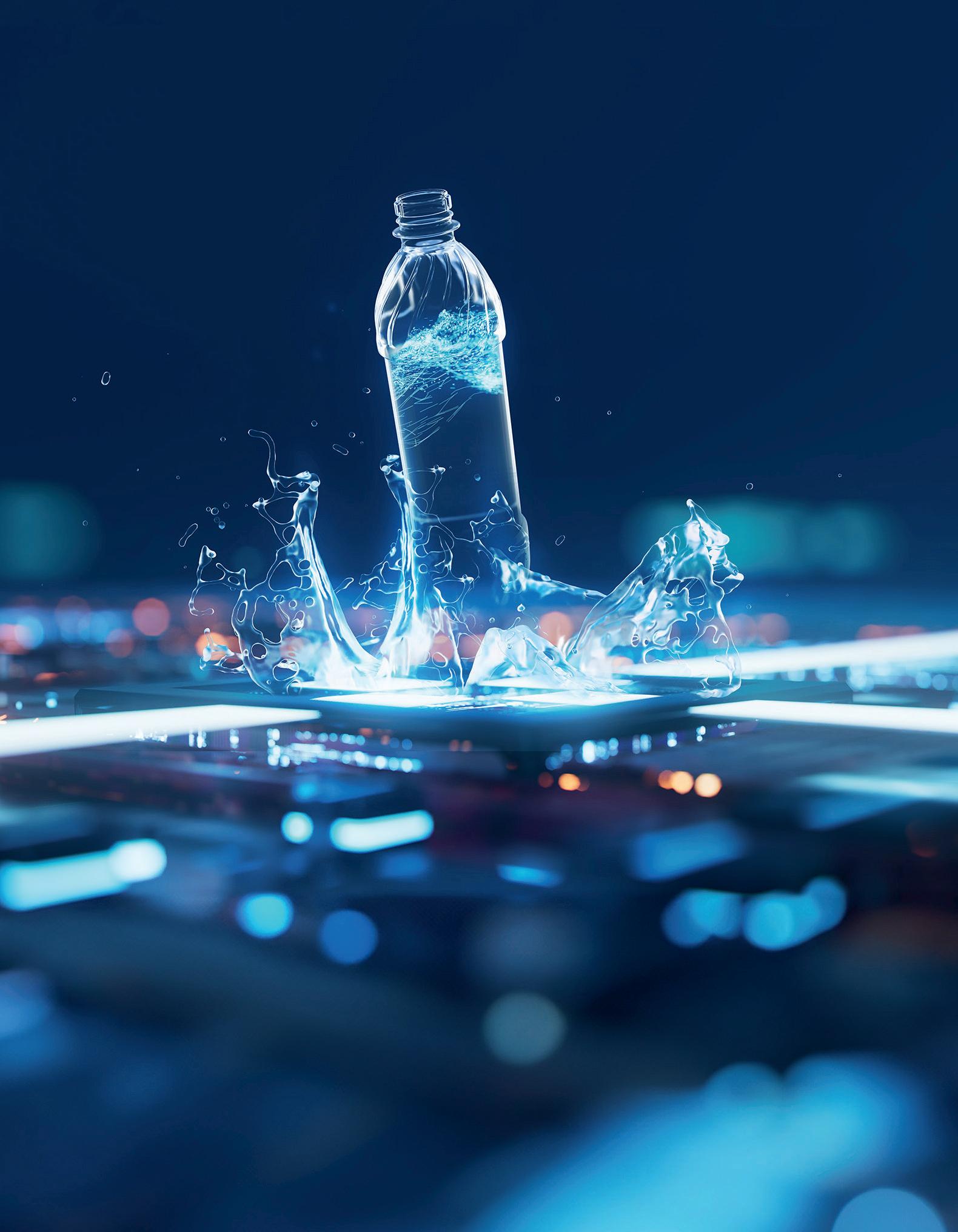

Faced with an increase in demand driven partly by the pandemic, Oliver Winery now routinely fills 750-mL glass bottles at 12,000 bph as opposed to the 7,000 done formerly.
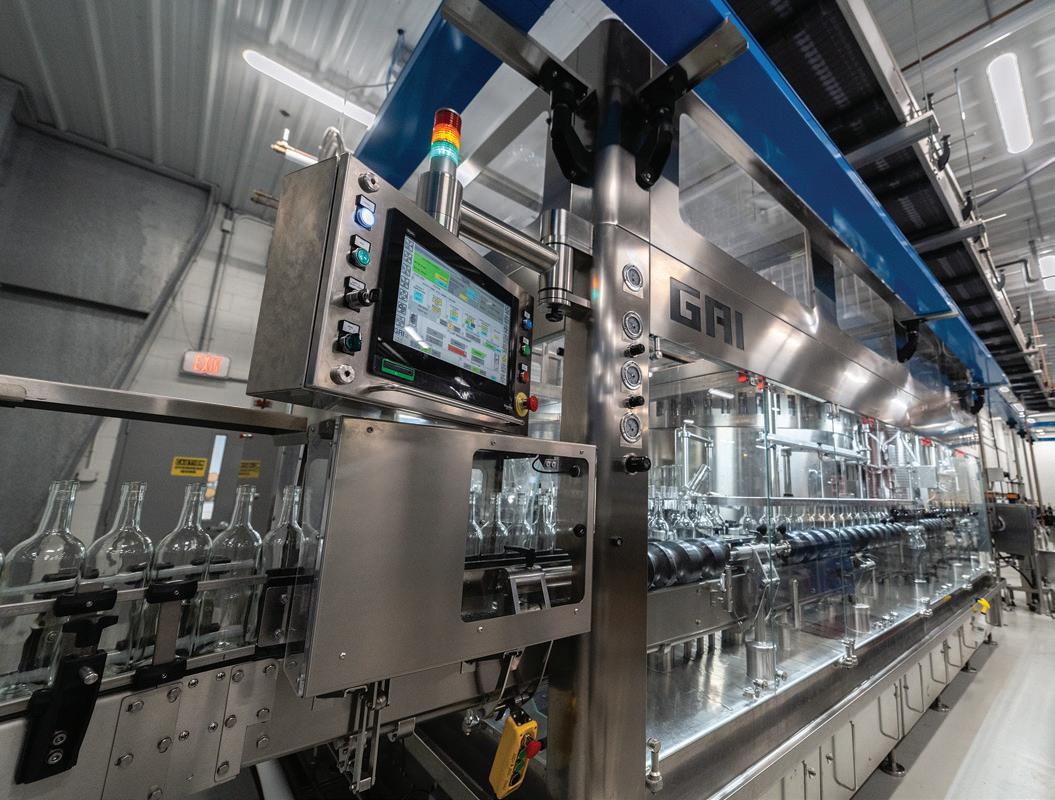 By Pat Reynolds, Contributing Editor
By Pat Reynolds, Contributing Editor

crease capacity, we wanted to make some additional improvements and upgrades. But filling speed was a key priority, and with this line we reach 12,000 bottles per hour instead of maybe 7,000 max on the old line.”
Assisting on machine selection and line integration was Prospero Equipment, which offers customized, turnkey solutions for wineries, distilleries, and breweries. All of the equipment manufacturers that Prospero represents are based in Europe.
“They served as our integrator, too, helping with the whole installation and integrating the individual machines with the conveyors connecting them all together,” says Batule. “Machine selection, design, and installation was Prospero’s responsibility.”
Situated in the picturesque town of Bloomington in the rolling countryside of southern Indiana, Oliver Winery has long specialized in Moscato, Sangria, Sweet Rose, and other sweet and fruit-forward wines. Sales over the past decade have grown steadily, but once the pandemic hit, Oliver witnessed the same spike in sales that many other makers of alcoholic beverages experienced. That’s what led to the recent installation of a new bottling line for 750-mL glass bottles.
“The existing line was beginning to show its age anyway,” says vice president of operations Pete Batule. “And as long as we were going to in-
In addition to greater capacity, what was also realized with the arrival of more automation were some ergonomic benefits. One example is in the elimination of manual de-casing bottles from reshippers. “Dumping glass from cases manually is pretty strenuous, and now it has been replaced by an automated system,” says Batule. That system, which comes from A-B-C Packaging Machine Corp., picks bottles from the case and places them on a conveyor leading to the next equipment downstream. It also inverts the now empty cases so that they rest on their bottoms as they are conveyed at an overhead level to the case packer located downstream. “There’s always a nice clean separation of bottles from corrugated,” says Batule.
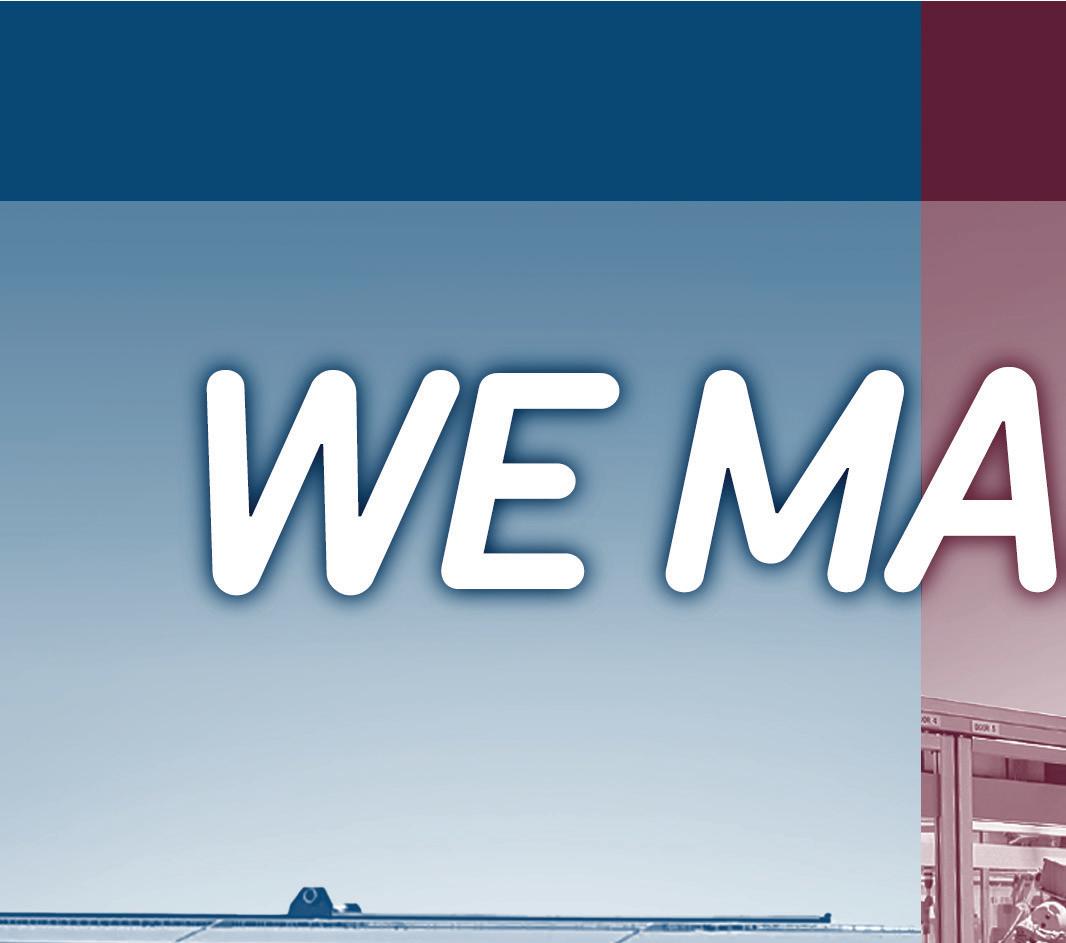

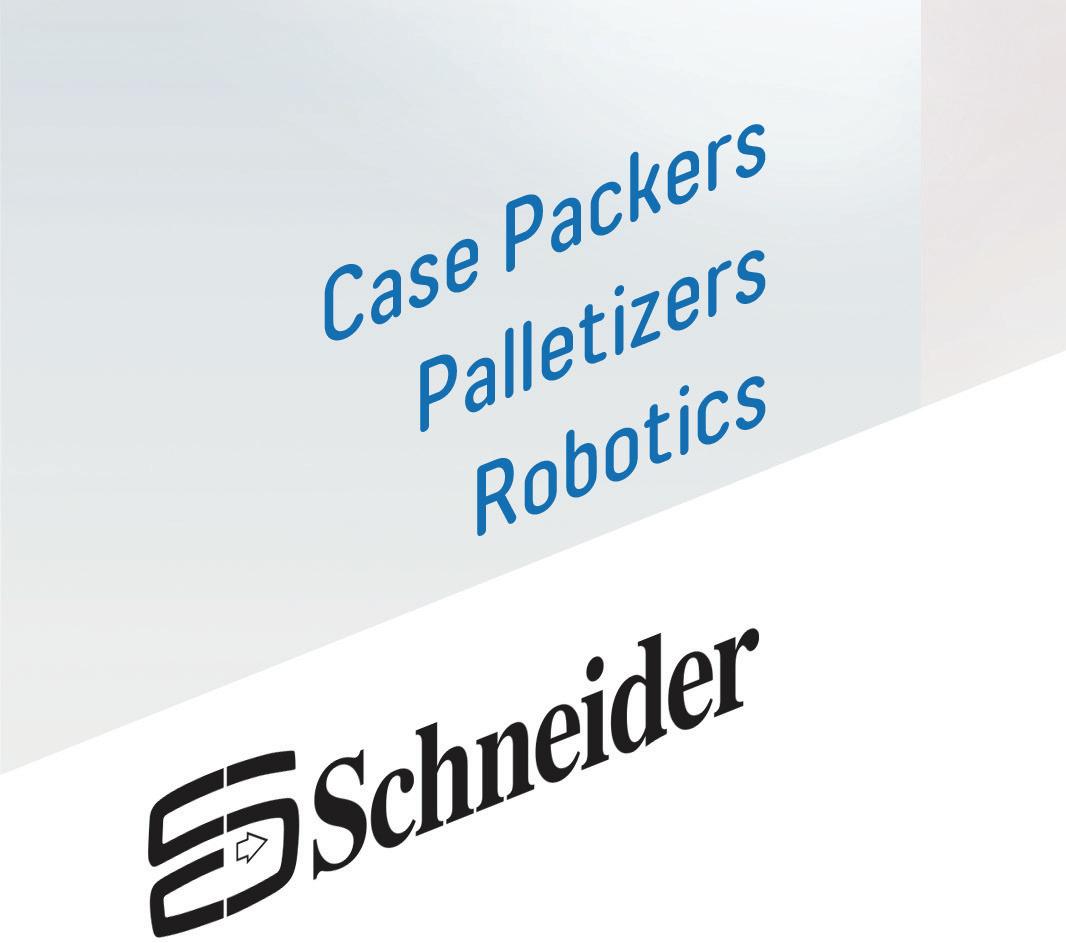




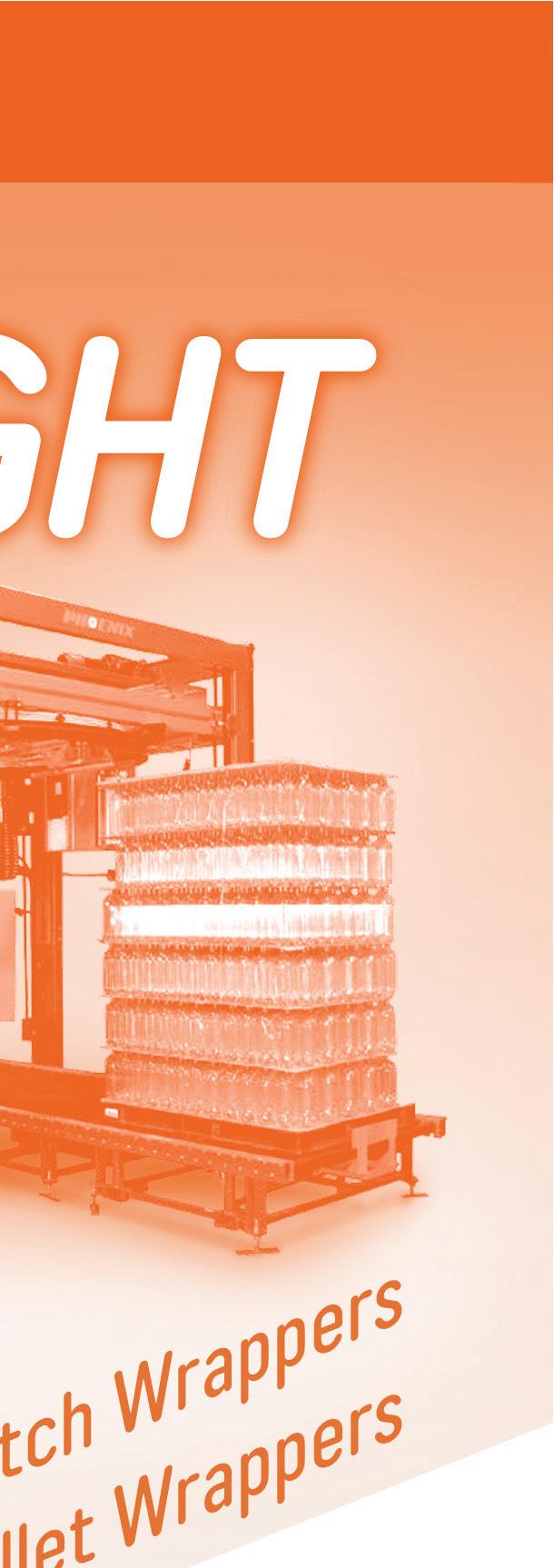
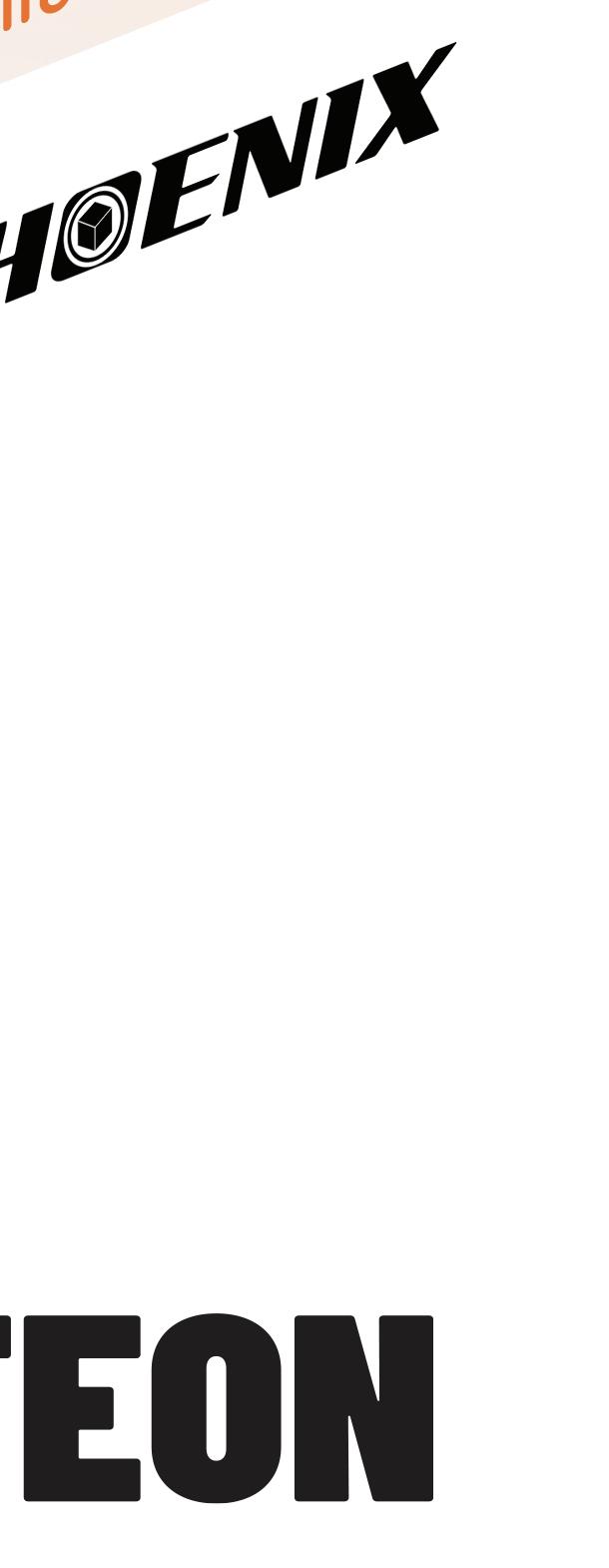
Leaving the decaser, bottles are conveyed to a monoblock rinser/filler/ closer from GAI. According to Batule, Oliver Winery founder Bill Oliver has a longstanding relationship with GAI, which led naturally to the installation of a GAI monoblock on this particular line.


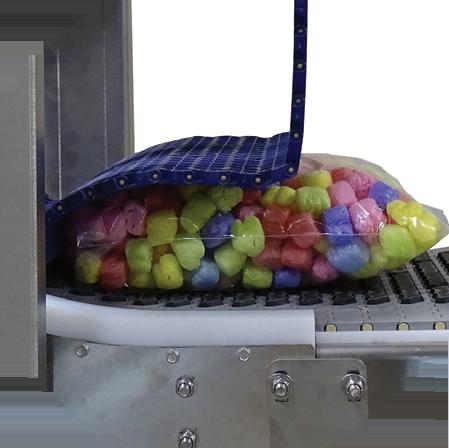

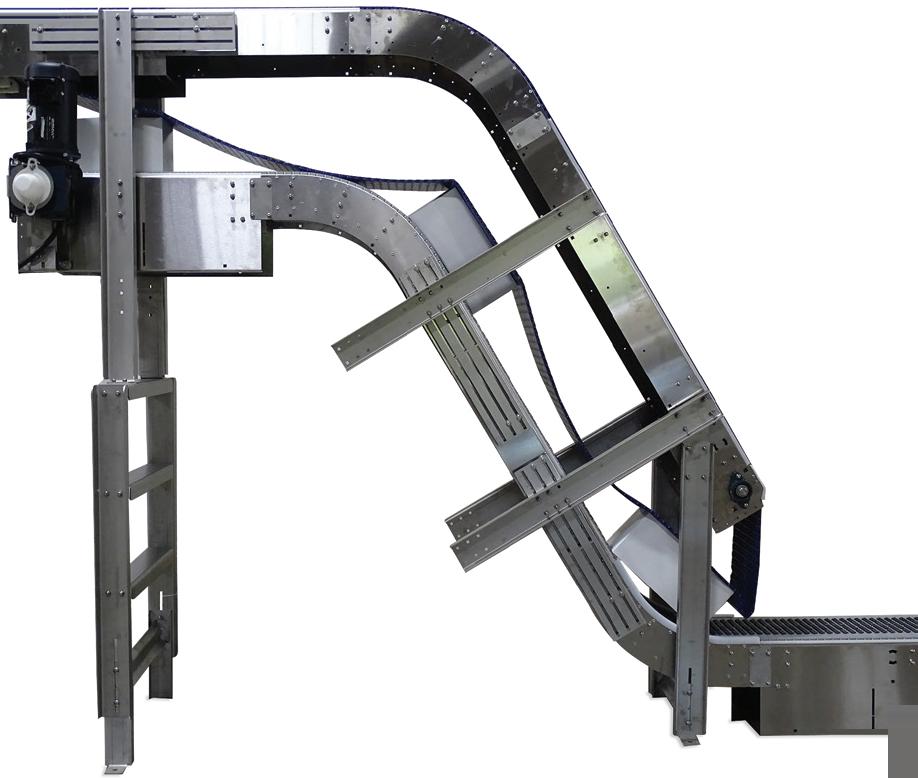

Ahead of the monoblock, notes Batule, is a two-stage filtration system provided by Prospero. “Basically it’s a set of three filters with progressively finer filtration media,” says Batule. In addition to being highly effective, he adds, it’s flexible. “If we need to switch over to a new product or switch out the filters if their useful life is up, we can quickly make such changes with no waste of time. It also helps that we have a fully automated safety system and overnight CIP, which was a major upgrade for us. Getting started up each morning is much quicker.”
Bottle rinsing on the monoblock is done by a rotary module having 40 stations, after which the bottle enters a 60-nozzle rotary filler whose electro-pneumatic valves perform whatever functions the production recipe calls for. For example, if regular still wine is in production, bottles entering the filler are immediately filled. But if the product being filled is something that’s especially sensitive to oxygen, the valve can pull a vacuum to remove oxygen from the bottle and then inject an inert gas to purge the inside of the bottle. If need be the system can even do a double pre-evacuation, where a vacuum is pulled, the bottle is purged with inert gas, and then the bottle is evacuated and purged again. Multiple recipes can be stored in the Schneider Electric control system, and the operator just picks from the HMI the recipe that’s called for.
“We’ve been very pleased by this filling technology and the reliability of it all,” says Batule. “The control is so precise.”

A six-station rotary corker is next. If threaded closures are in production, the corking turret is simply bypassed and bottles move into the turret that applies closures.
Filled and corked, the bottles enter a G540 Infinity accumulation table from Garvey, a Columbus McKinnon company. By providing several minutes of accumulation, it’s just the buffer needed to allow the filler to keep running steadily should there be any downtime in the downstream equipment. “It’s basically a race track configuration, and the reason we selected it is for how gently it handles the glass bottles without letting them bang into each other,” says Batule. “Once we got it set up and dialed in, it’s been really great.”


Next bottles run through a rotary capsuling machine from Robino & Galandrino. Bottles having corks get a laminated plastic capsule rolled onto their necks. Bottles with threaded closures bypass this machine entirely.
At this point the bottles enter a pressure-sensitive labeling machine from Makro that applies front, back, and neck labels. Backup label rolls ensure non-stop operation, as once a roll of labels is depleted, the new roll automatically kicks in.
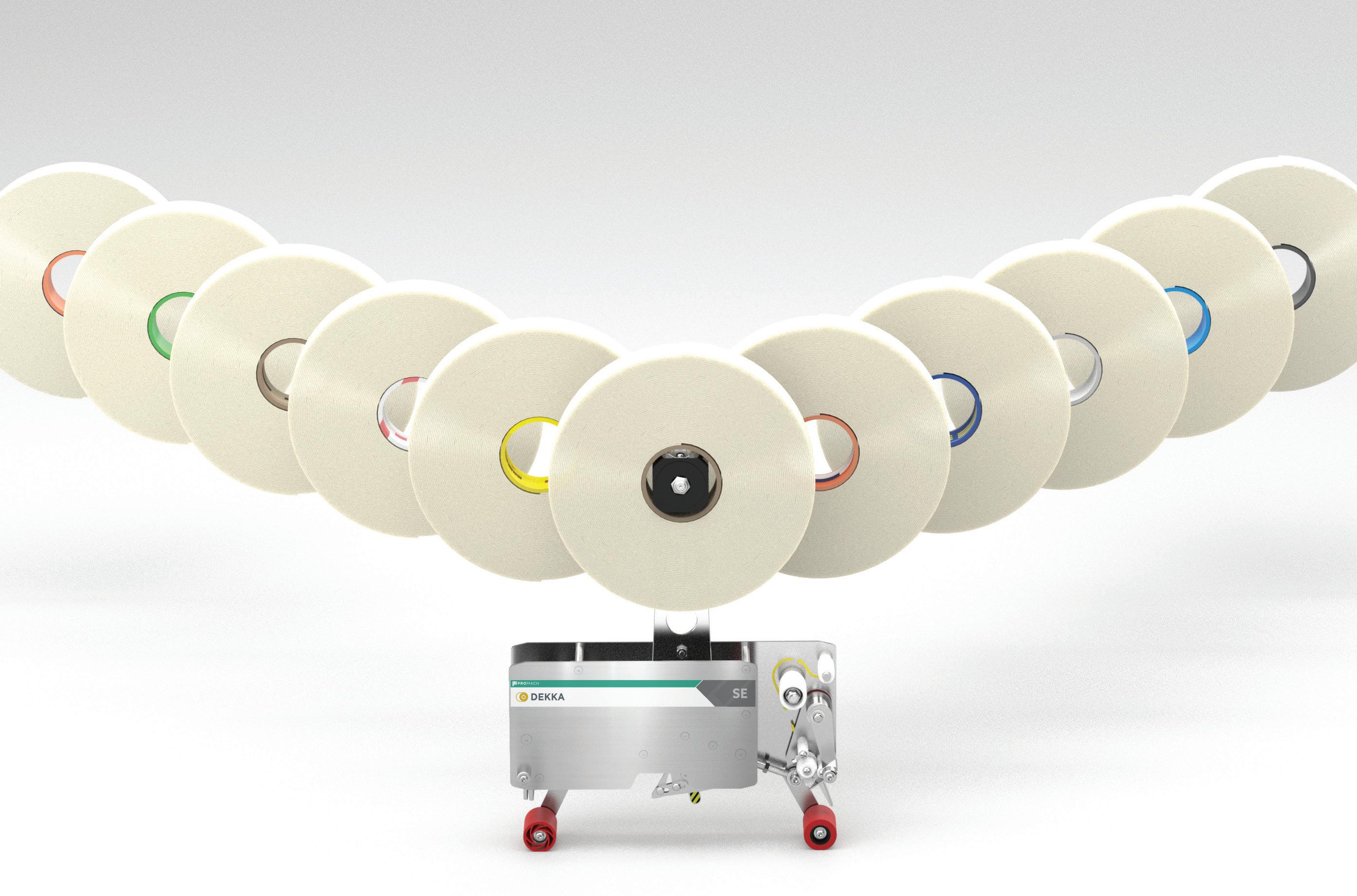
The labeler also has Makro’s own vision system built into it so that if a label is missing or skewed, that will be detected immediately and the bottle will be rejected. “The inspection system also has text recognition,” adds Danny Prospero of Prospero Equipment. “So if you’re running three different flavors, for example, and all the back labels are the same except for a UPC code, if the inspection system sees the wrong UPC it will pick that up. And once you have three or four consecutive rejections, the machine will shut down automatically, saving you the cost and aggravation of having to remove multiple wrongly applied labels.”
Also onboard the labeler is a laser coder from Videojet that puts the date code information on each bottle. “It’s nice having it onboard the labeler as opposed to somewhere downstream because it makes it easier to position it for putting the code wherever you want it to appear on the bottle,” says Batule. “That’s not always as easy to do if your coding is done more or less on the fly further downstream.”

Near the end of the line the filled corrugated reshippers enter a machine that cuts the tabs holding the flaps down, folds the flaps, and tapes the cases shut.
tor from Massman that closes and tapes cases closed. That machine also breaks the tab holding the flaps down before plowing the flaps closed and applying the tape.
The bottles are now ready to be placed back into the corrugated reshippers in which they arrived, and this is done on a Standard-Knapp Model 939S case packer. Just downstream is an Elliott Tab Lock Separa-
Case labeling is done by a Model 9550 print-and-apply labeler from Videojet. All that’s left is a palletizer from APE and a stretch wrapper from the same firm. PW

Glacier gets $7.7M in funding from Amazon among others. The AI-based robotic tech improves sortation at recycling centers, promising actionable insights to companies like Amazon that both package products, and consume recycled materials in their packaging.
By Matt Reynolds, Chief EditorGlacier, a San Francisco Bay Area AI and robotics company whose cellular robotic equipment improves sortation at MRFs and municipal recycling centers, last month announced it has raised $7.7 million in funding from Amazon’s Climate Pledge Fund and venture capital investor NEA (New Enterprise Associates), with additional participation by notable investors AlleyCorp, Overture Climate VC, and VSC Ventures. Today, nearly 80% of residential recyclables in the U.S. are not recycled, stakeholders say, contributing to significant environmental pollution and resource depletion. This sortation and recovery tech is aimed at solving that problem and unlocking recoverable supply.
Why is a global e-retailer like Amazon interested in packaging’s end of life at a MRF [material recovery facility]? Simply stated, they’re in it for packaging traceability and design insights they think will help Amazon meet its Climate Pledge Fund goals. The data gleaned by this AI-based robotic equipment promises to reveal actionable new information about packaging’s end-of-life journey that can be fed back to Amazon—or its CPG and brand owner partners. This class of primary and secondary packagers could use these insights to inform packaging format changes, such as optimizing for more recoverable packaging designs or materials, or selecting for packaging that consumers are most likely to recycle. Ultimately, this should create more and cleaner bales of higher quality PCR packaging materials. Recycling and packaging circularity both are said to ladder up to make a massive positive impact on climate change
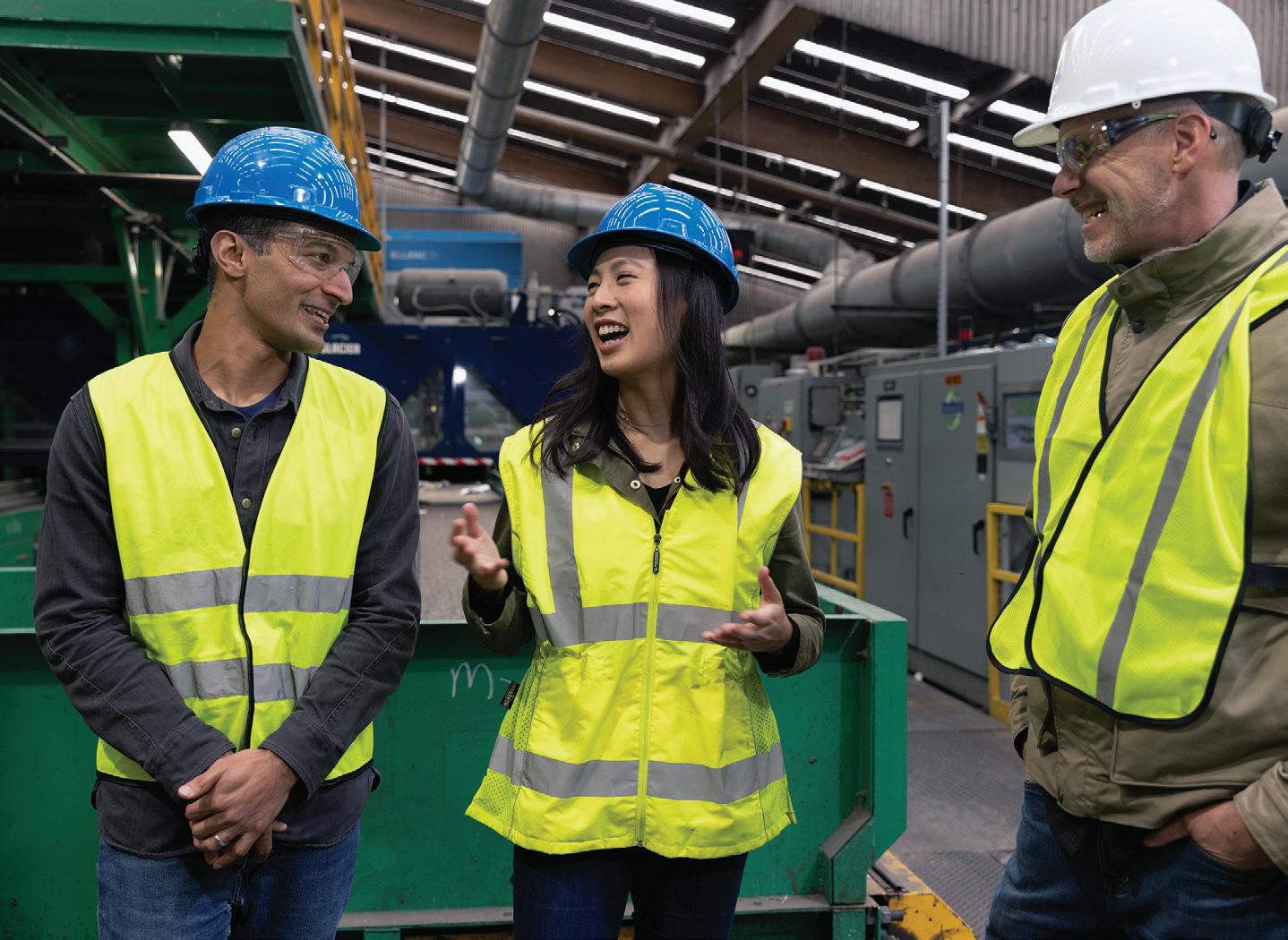
and CO2 reduction, aligning with Amazon’s stated climate goals.
“Amazon is always looking at new ways to innovate on behalf of our customers, and plastic packaging is no exception,” says Nick Ellis, principal of Amazon’s Climate Pledge Fund. “In order to build a future where new materials can be recycled at scale, we must test options to move these materials through the recycling system. Partnering with Glacier will enable us to test the role of novel AI and robotics-based re-















































Ryson Spiral Conveyors need less floor space than conventional conveyors and are faster and more reliable than any elevator or lift.
Unit Load Spirals convey cases, totes and packaged goods smoothly on our slat style belts and come in 9 standard slat widths ranging from 6” to 30”. Available in powder coated carbon steel, stainless steel, wet environment and freezer versions.
Mass Flow Spirals handle full and empty bottles, cans and jars in mass up to 2,000 units per minute. Available in 4 different slat widths ranging from 6” to 20”.
Narrow Trak Spirals are super compact and designed to handle smaller loads. Our 6” and 9” wide nesting slats can end-transfer small cartons and packages or side-transfer small bottles and containers in a single file or in mass at speeds in excess of 220 FPM.









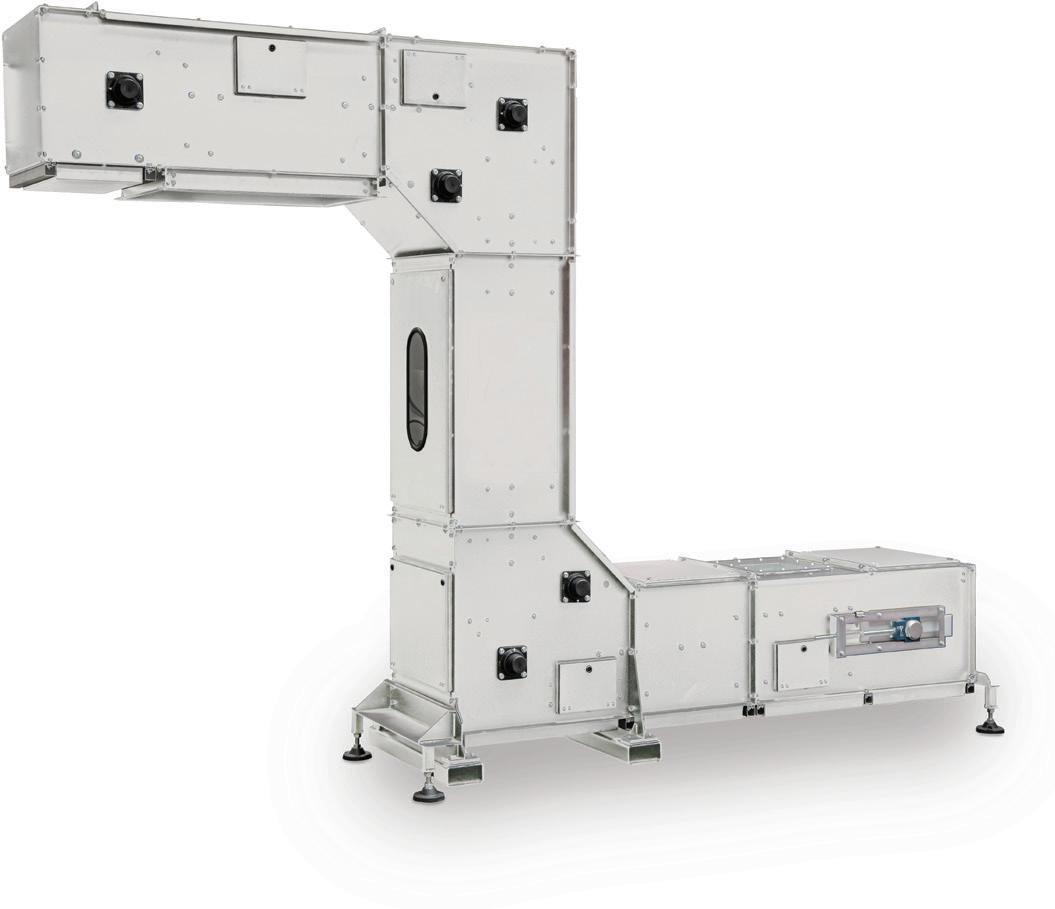

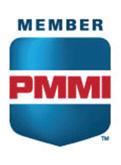
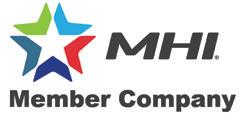













Our Bucket Elevators are designed for gentle handling and well-suited to transport a broad range of bulk products. They are completely enclosed with overlapping pivoting buckets, that prevent spillage and helps mitigate foreign debris.
They can be configured with multiple inlets or outlets that can be controlled individually. Available in three standard bucket sizes, yielding capacities up to 300, 700 or 1,800 cubic feet per hour. They can also be delivered in powder-coated carbon-steel, or stainless-steel for wet environments.
All Ryson equipment is modular and built to order. No matter the application, the Ryson team is up to the challenge of finding solutions for your conveying needs. For application assistance or more information, give us a call or visit www.ryson.com

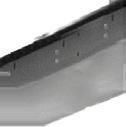

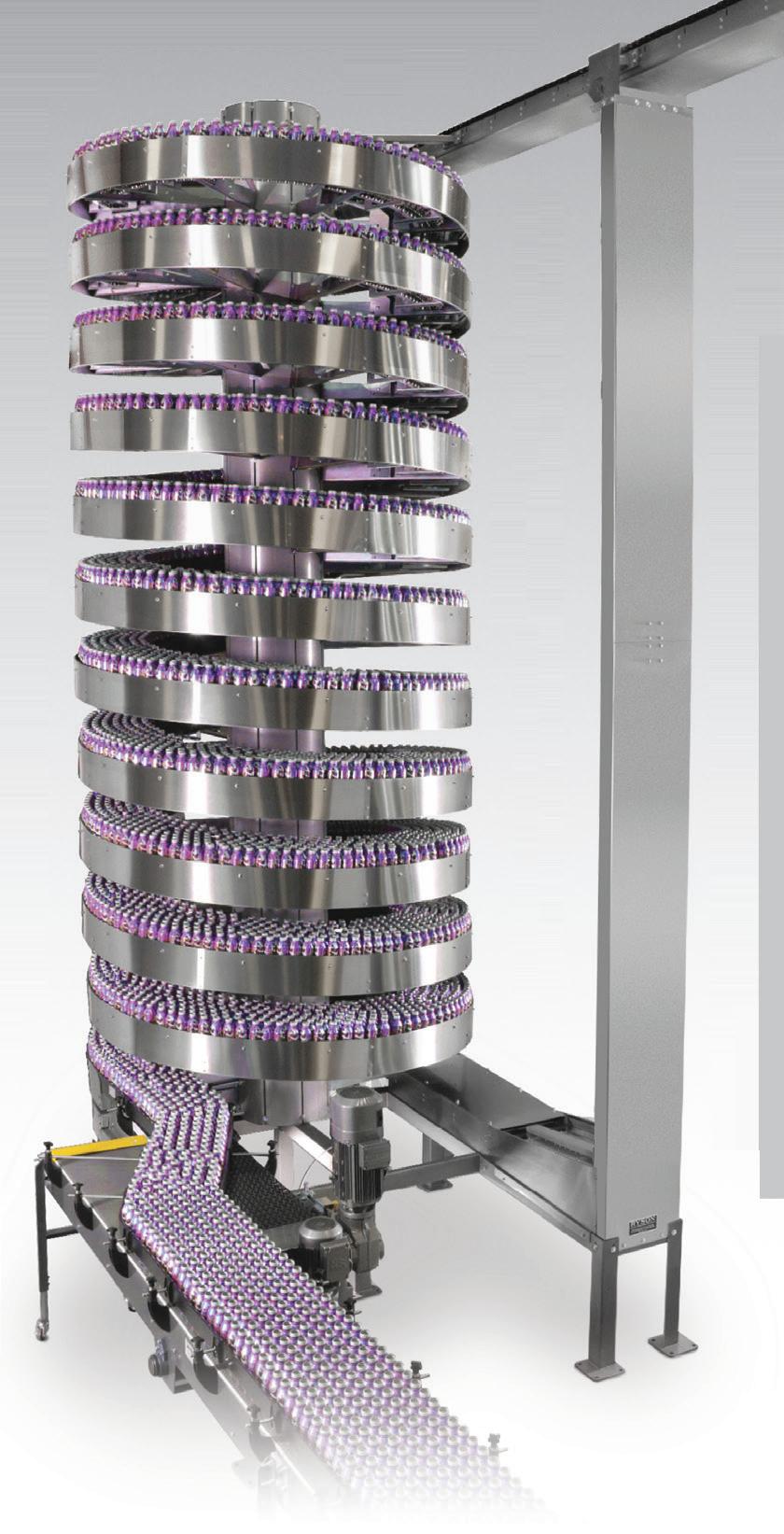
cycling technologies so that we can identify and aggregate novel packaging materials that can ultimately be recycled and repurposed.”
Amazon is also entering this game since the company is a consumer of the very PCR that MRFs and reprocessors unlock. More and higher quality bales of recycled materials translate to more supply of circular PCR and recycled materials. More availability makes PCR less expensive, perhaps even reaching price parity with virgin fibers and resins. And higher quality means more robustness, better aesthetics, and a wider range of uses. Beyond just down-cycling materials into park benches or decking, this includes recycling these recovered materials to become the same packaging once again, perhaps even food-contact packaging one day.
“A truly circular economy is the scope of what glacier is trying to achieve,” Rebecca Hu, cofounder of Glacier, tells Packaging World. “When we talk about improving recycling, we often think of that back half of the circular economy—more and better MRF infrastructure—and that is certainly important. But we at Glacier wonder, ‘what would a MRF’s job look like if every single piece of packaging coming through had been specifically designed in order

to be easy to identify and easy to recover?’ That’s a world that requires stakeholders and brands like Amazon to actually participate. So that’s why we’re really heartened by this partnership with them.”


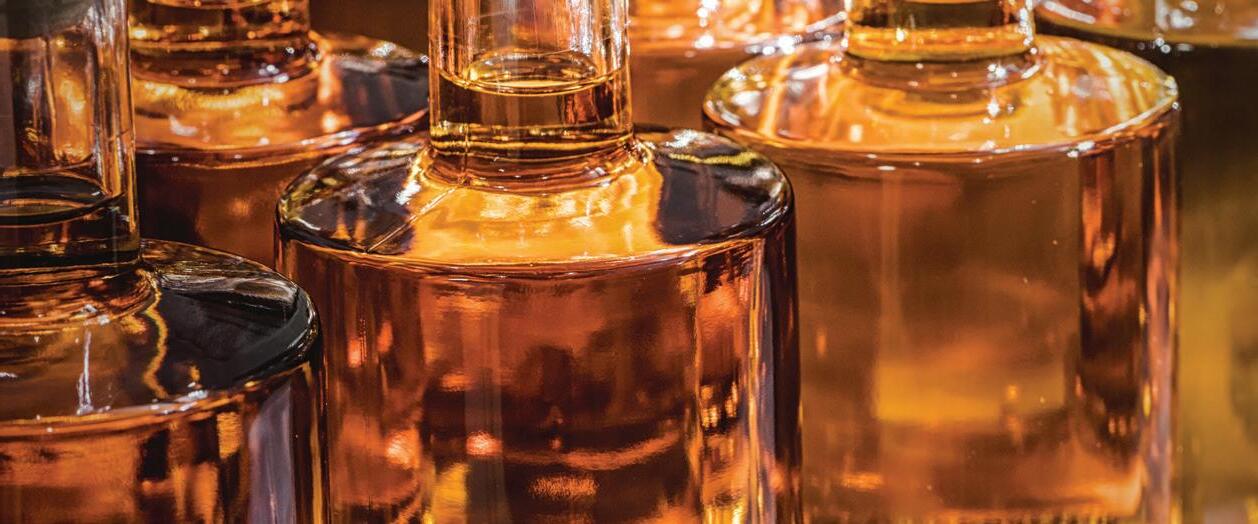





End users of this technology would be MRFs and municipal recovery centers. Other forms of robotic sortation are available on the market, but Glacier says payback time is long (up to 10 years) and complexity of the equipment is an obstacle to deployment. Traditional recycling facilities need more access to the highly specialized machinery required for efficiently sorting a wide variety of materials, and the barrier to entry with this Glacier model is comparatively and intentionally low, Hu says.
Glacier’s technology is designed for ease of deployability. Space limitations, installation downtime, and capital requirements often constrain recycling facilities. To address these concerns, Glacier designed a robot that occupies the same footprint as a person and can be installed with no facility downtime and no heavy machinery. One Glacier robot can pay back in less than one year.
“We’re always looking for ways to incorporate new technology into our sorting process,” adds Eduardo Rodriguez, deputy director of the City of Phoenix Public Works Department and user of Glacier equipment. “AI cameras are a great way to help us catch recyclables that were missed in the initial sorting, and to collect data that will help us make needed adjustments within our Materials Recovery Facility.”
Using advanced AI capabilities, Glacier can identify more 30 different materials, spanning from broad categories like plastic (PET, PP, HDPE, etc.) and aluminum to specific items such as toothpaste tubes and cat food cans. Glacier’s robots effectively sort a similarly wide ar-
ray of items, including challenging 2D materials such as film, flexible packaging, or trash bags, which are notoriously difficult to sort using traditional recycling processes.
“To me, the Glacier story is a wonderful example of the intersection between climate [change prevention] and cyber [tech], with the two coming together to unlock a new superpower and solve a problem that previously wasn’t possible,” Ellis says of the partnership. “Until AI and faster processing speeds came along over the last few years—robotics revolutions and the quality of picking—these things would have been incredibly difficult to do five or 10 years ago. And now, there’s this new wave of innovation is being unlocked by these tools and innovators like [cofounders] Areeb Malik and Rebecca. I just find it fascinating to observe how these two things are playing together, all the way back into like energy demands and how we’re going to power those AI data centers and some of the analyses that need to happen here. Similarly, just with the innovation on the climate tech side, coming from entrepreneurs like Rebecca and Areeb, that realize they can use these tools to solve problems that previously eluded us for many years.”
Glacier will allocate a significant portion of the funding towards team expansion and developing its low-cost, high-performance AI-enabled robots, which streamline recyclable sorting while gathering real-time data on recycling streams for businesses. Glacier also aims to use the funding to bolster its recycling capabilities, particularly in light of its recent collaboration with Amazon. This partnership is geared towards enhancing traceability and recovery processes for recyclable materials. PW



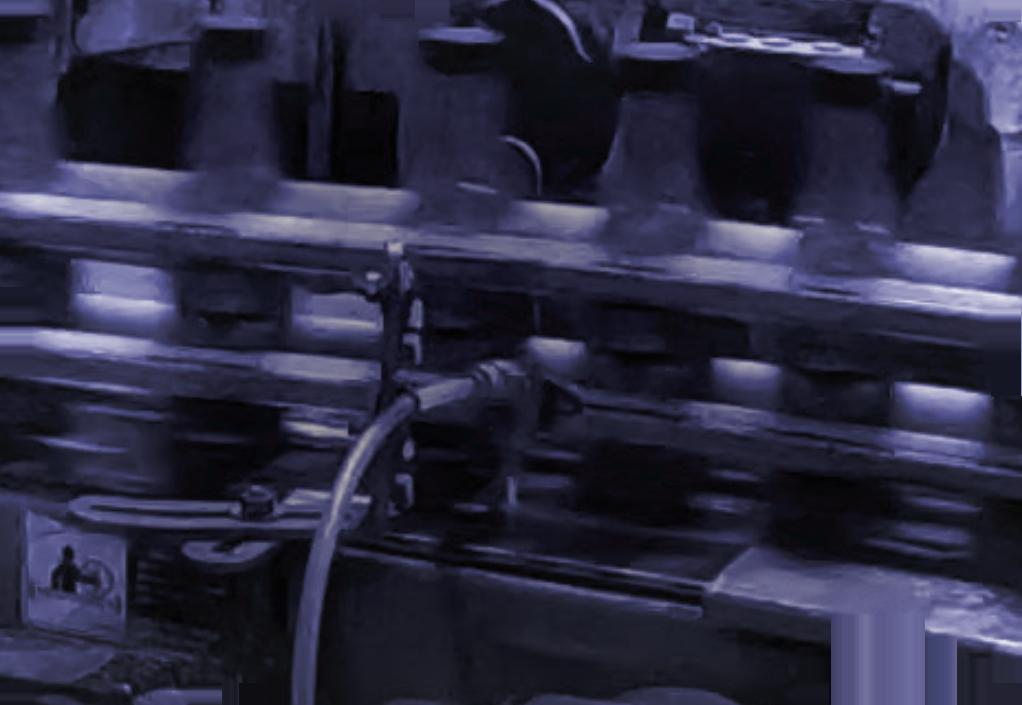


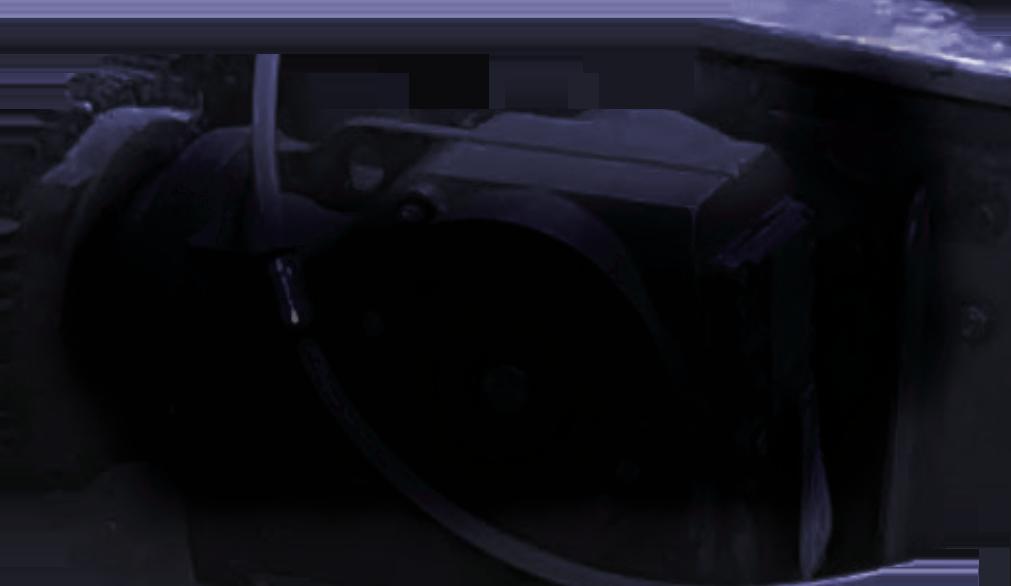








The rough and tumble, many-touch world of D2C and e-comm shipping can take a toll on any product, but live house plants were a particular challenge for brand House Plant Box. A sustainable, stylish, and robust pack system with bracing tabs did the trick.
By Matt Reynolds, Chief EditorA pair of childhood friends and eventual postcollege roommates once were uniquely interested in livening up their home with house plants. But they were disappointed when they found it hard to find a place online to purchase houseplants that was easy to navigate, and wasn’t just geared to wholesale.
So in 2017, Andy Burde and Tristan Schmitt founded House Plant Shop with the intent to become a destination for consumers to purchase house plants directly from the web. First launching under the main House Plant Shop brand, House Plant Box monthly subscriptions followed not long after, in late 2018.
Originally working out of the small house they shared, HousePlantShop.com and HousePlantBox.com have since grown to occupy large, well-equipped greenhouses based in southern California and central Florida. Today, the company also uses a network of growers, alongside those in-house greenhouse operations, to work with retailers to offer a large selection of indoor foliage. Meanwhile, another business unit, House Plant Wholesale, can assist in reducing cost and growing indoor foliage sales, including drop-shipping and gifting services, from sourcing and storing plants to transporting large quantities nationwide. But as almost always the case, as the House Plant family of businesses grew, transportation issues began to affect profit.
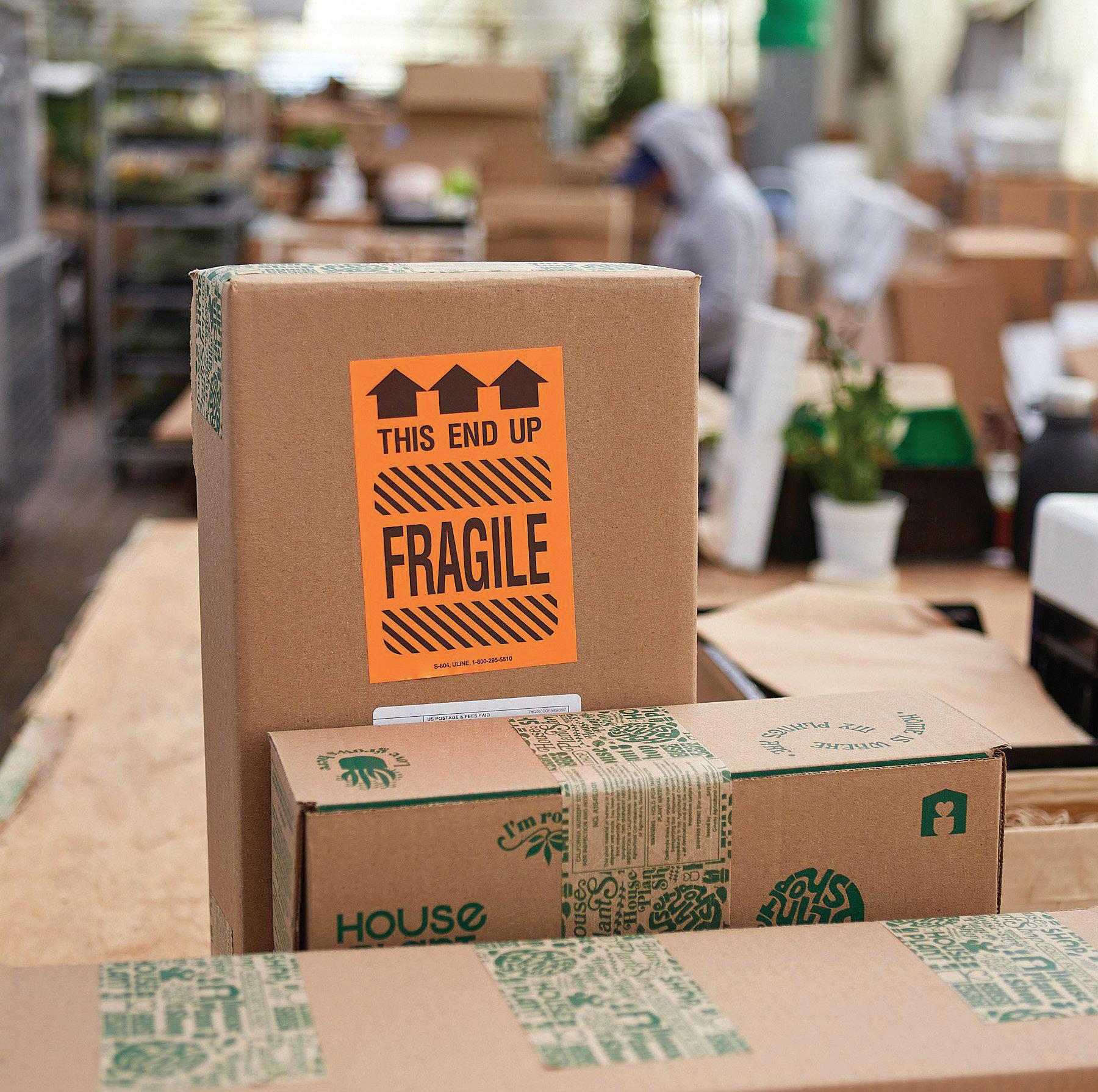
Beyond robust packaging to withstand the D2C supply chain, custom branding was a bonus, as all products are packaged in cases designed with the House Plant Shop logo, taped with paper-based branded tape, and more.
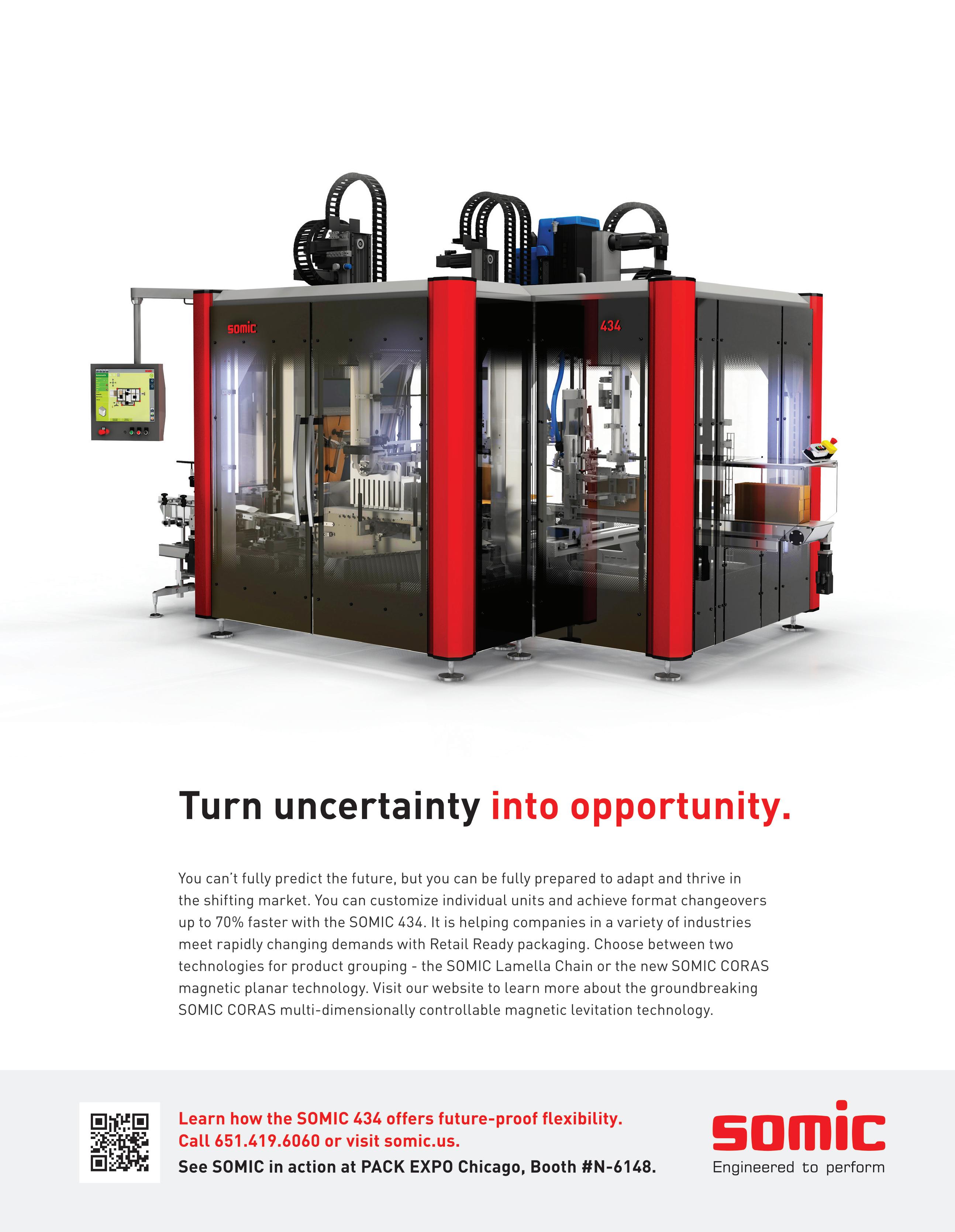



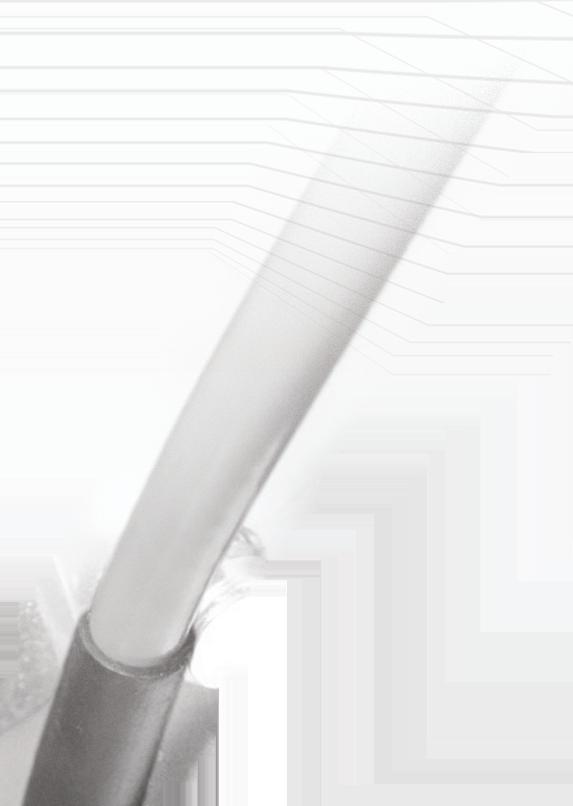
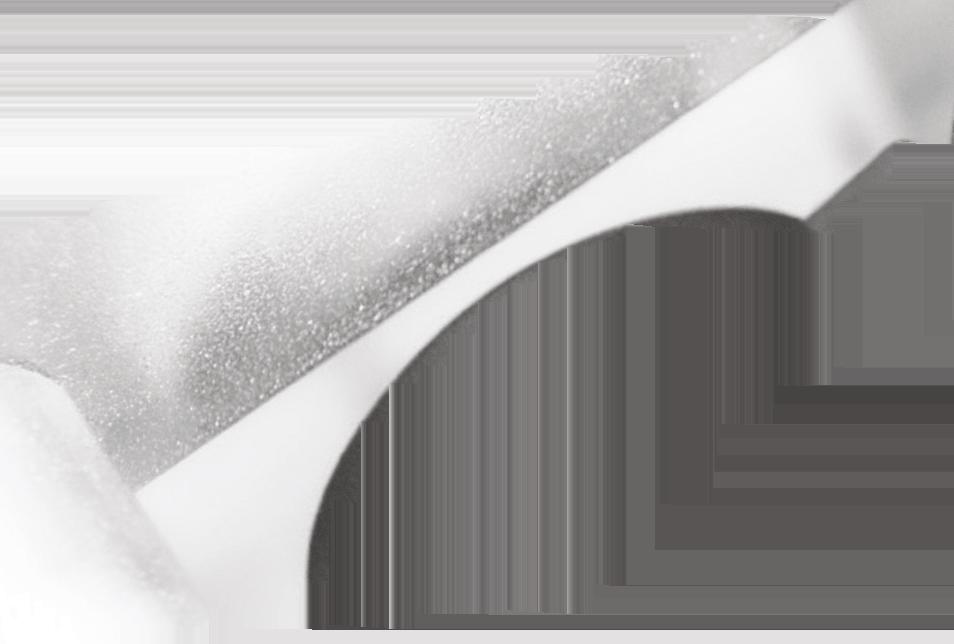

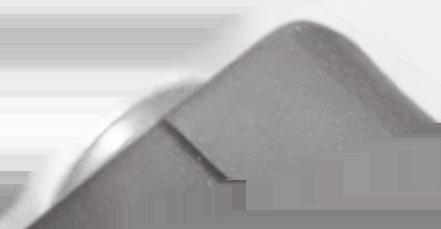
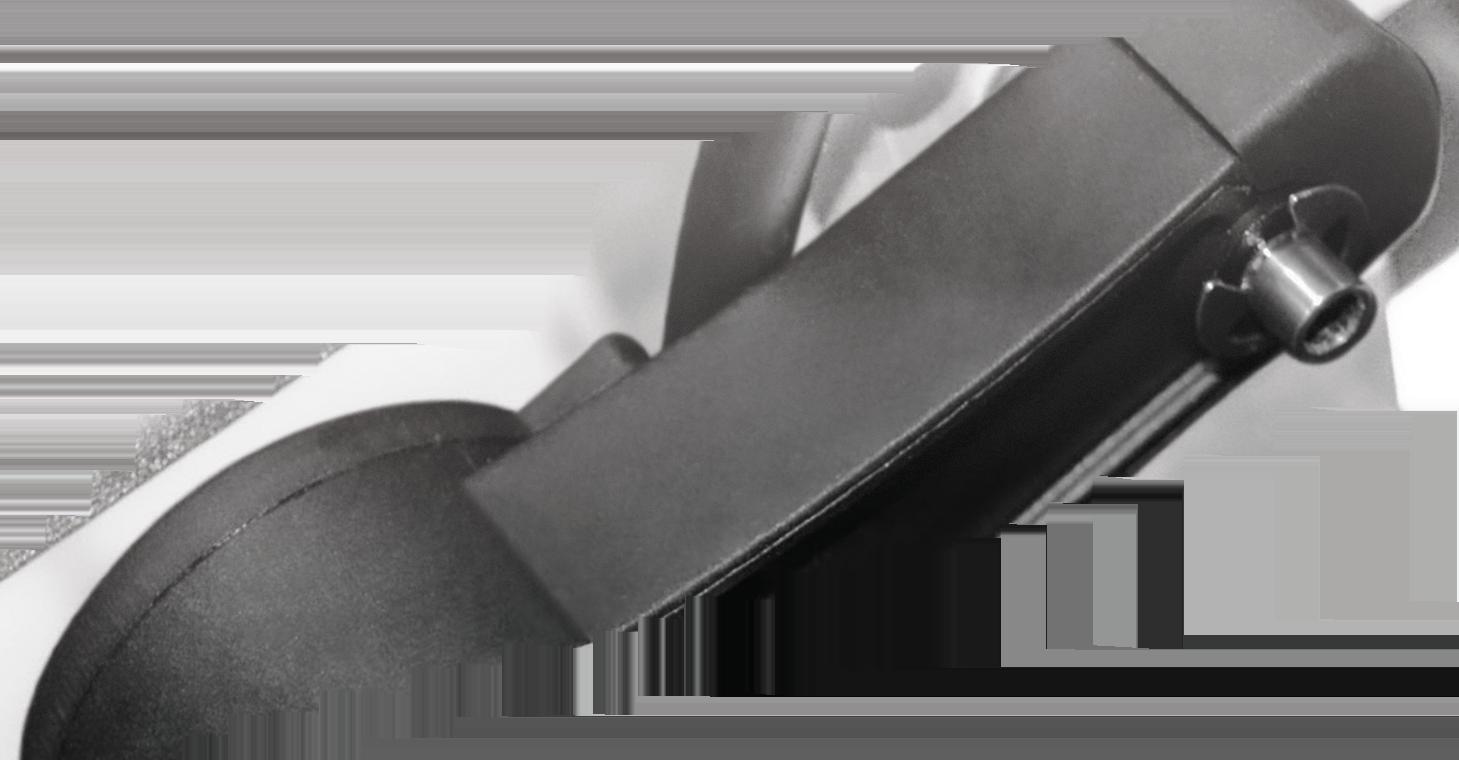



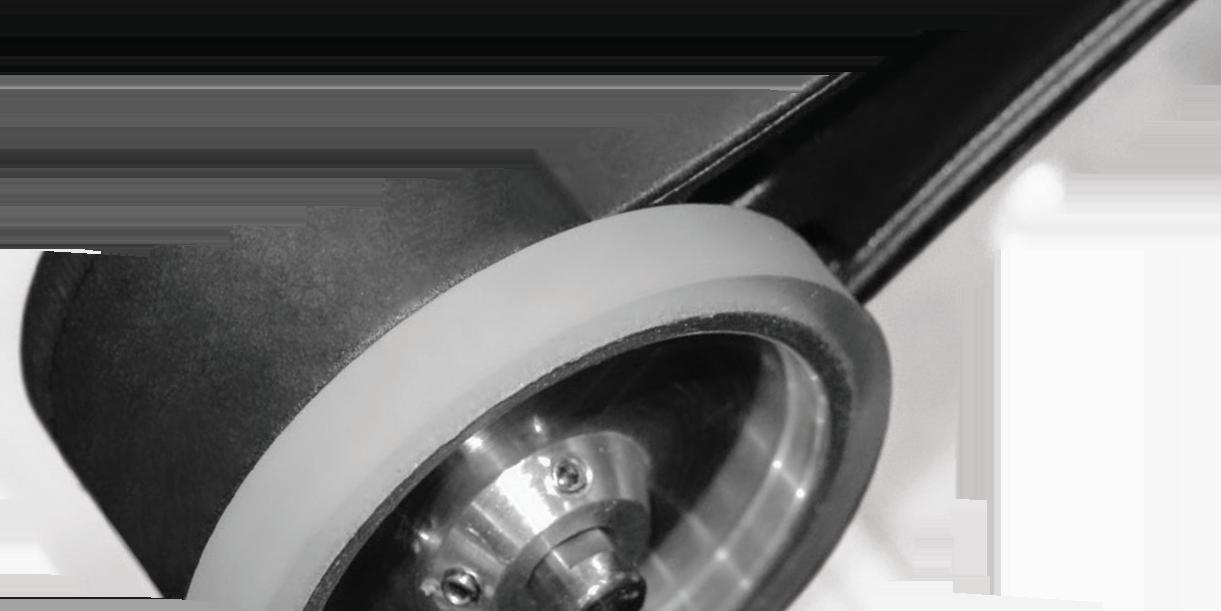
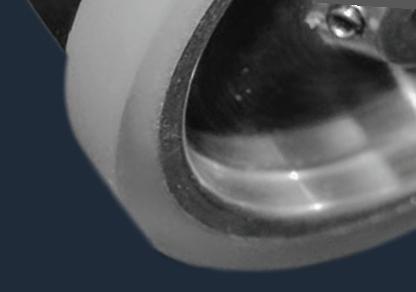
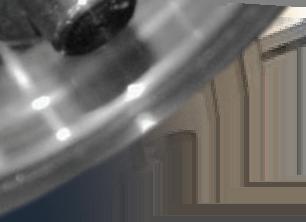

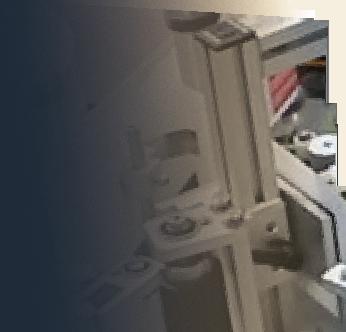
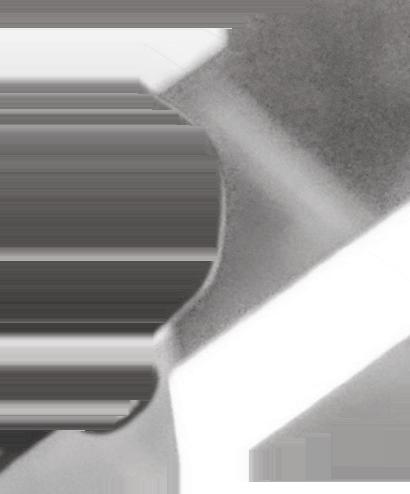


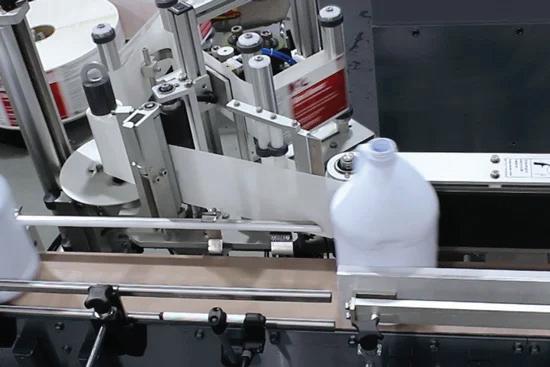


“Most plants are inexpensive to purchase, but the shipping costs can be quite high. When plants get damaged in transit due to inadequate packaging, that is when our margins are affected,” says Schmitt, COO. “So having a low damage rate, specifically aiming towards less than 10%, is very important to us. If the product arrives damaged, we will have to refund the customer or send them a new
Plus, House Plant ships across the country so keeping the plant upright and secure in transit is a priority, especially if it’s shipping a multi-pack with 20 to 30 plants. And as stands to reason, maintaining the health of the plan is a challenge when transit via FedEx and
“There is always room for improvement when shipping live plants, but it has to be cost effective. Once we reached a certain volume of orders it became worthwhile to look into custom solutions
House Plant initially had been using standard corrugated boxes from another vendor, but the founders say they were expensive and didn’t fit the specific products’ needs, contributing to damage. The company also wanted to reduce its SKUs to maximize limited dry storage in a dry room—a temperature- and humidity-controlled environment used to preserve the plant before it is shipped. Dry storage is a costly real estate investment which means the company
“Prior to finding Veritiv, we ... were limited to stocked items,” says Schmitt. “We had heard good things about Veritiv from other businesses and decided to reach out for our packaging needs. When we started working with them, they helped us through every step of the development and production of our packaging, and we have been very pleased with the outcome. Veritiv helped us by creating a customized package that fit our products more securely, cut our box SKUs in half, and in the end was cheaper than [the legacy packaging
Beyond the custom packaging with secure fitting, the new solu-
“Our packaging is paper-based, and we try to avoid single-use plastic within our entire supply chain,” Schmitt says. “We also wanted to optimize space within a larger package to fit more products in one space. To do this, we added a second set of tabs on the other end of the box so that we could now fit two plants and pots on each
Custom branding was another bonus, as all products are packaged in boxes designed with the House Plant Shop logo, taped with paper-based branded tape, and more.
“And we managed to design boxes that were more versatile and modular so that one box could serve multiple purposes,” Schmitt says. “This helped us reduce the number of SKUs we need to stock.”
One of the unique challenges on this project was packaging a live product. There are a lot of variables to take into consideration. The items are delicate, and the packaging solution must transition from summer to winter environments without having to swap between
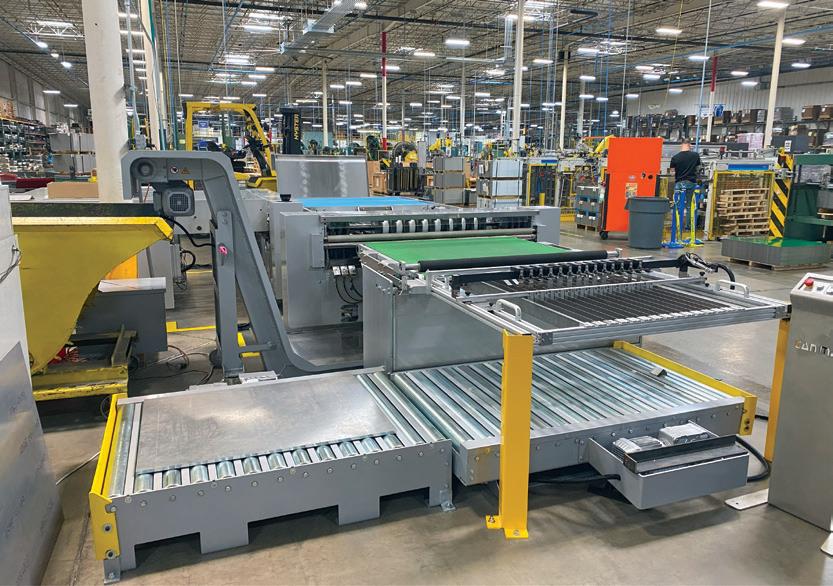
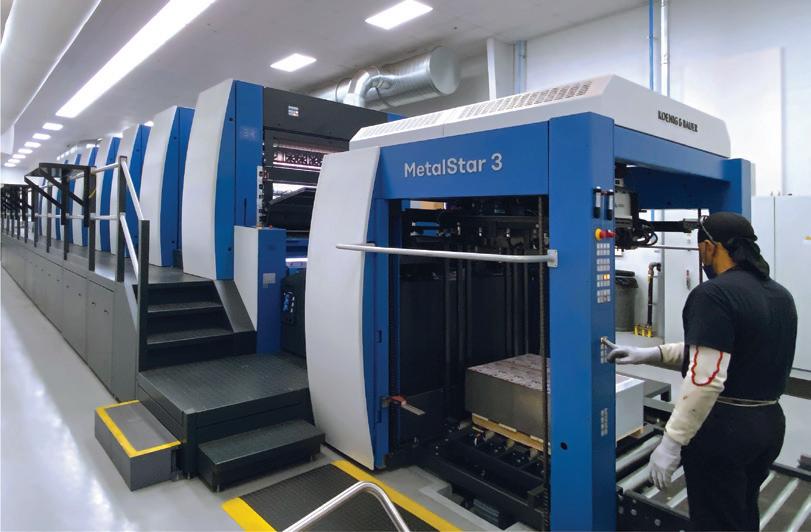





The items are delicate, and the packaging solution must transition from summer to winter without having to swap between multiple solutions. Veritiv and House Plant focused on strength of the package around the base of the plants. This ensured the plants were stable and protected when they were stacked on one another and when multiple plants were placed in one case.
multiple seasonal packaging options. To do this, House Plant and Veritiv focused specifically on strength of the package around the base of the plants. This ensured the plants were stable, upright, and protected when they were stacked on one another and when multiple plants were placed in one case. The team ensured the winter solution—employing paperbased insulation—would fit around the boxes when needed, and the boxes were still secure without the winter liners.
“A second, most important, challenge was finding a way to ship multiple plants in one box. This reduced SKUs, improved DIM[ensional] weights, and improved the overall pack-out efficiencies,” says Cory Miller, packaging advisor Veritiv. “As Tristan [Schmitt] mentioned, we added secure tabs on both end of the boxes. This created a box that can be a single or double pack-out, instantly [reducing the number of] SKUs. They boxes can also be used as inserts for wholesale orders. This allows us to stack and pack multiple heights and plants
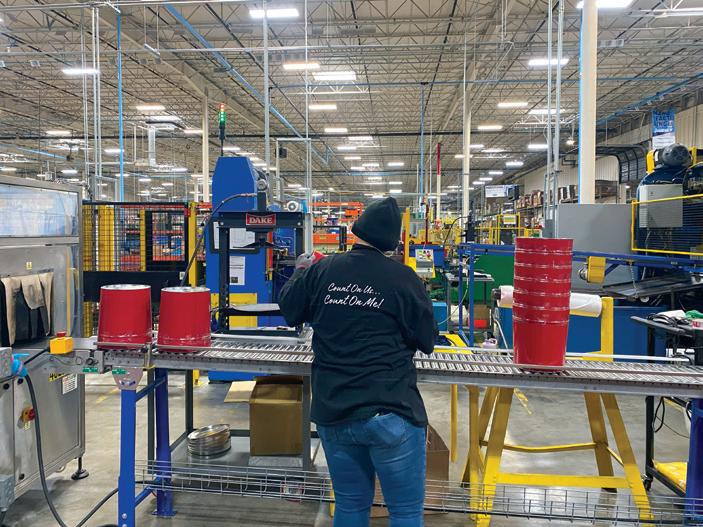
It’s not just a tagline – it's our guiding principle. Breaking away from the conventional mold of corporate giants, our independent status empowers us to be agile, responsive, and resolutely focused on our clients' needs. With unparalleled capacity and proficiency, we're not just competing; we're leading the charge in reshaping the landscape of specialty metal packaging.
As we celebrate our 95th year of business, we want to make it clear: we're not resting on our laurels. From groundbreaking technology investments like our nine-color printing line – a first in this hemisphere –to fortifying our infrastructure for unmatched reliability, we are steadfast in our commitment to reinvestment and continuous improvement.
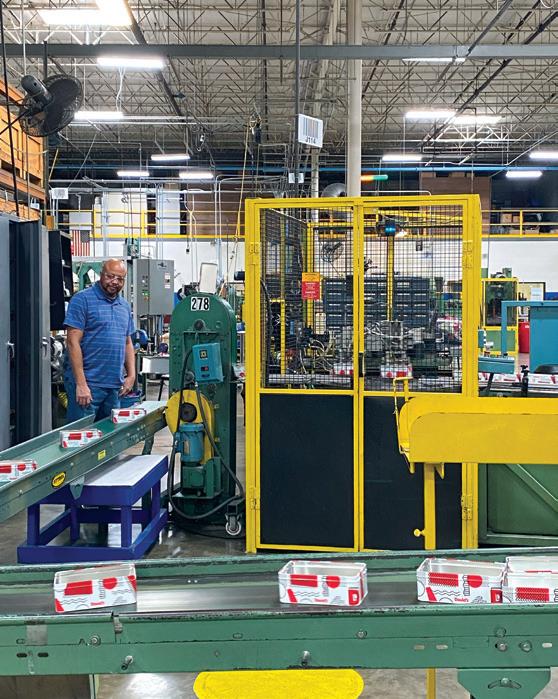
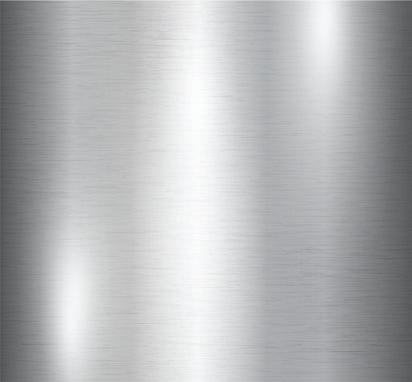

ous years, Veritiv provided the company with an aesthetically pleasing, branded packaging that cost less than competitors.
“We like to keep a natural design with our packaging to stay on trend with the nature of the products we offer. Our packaging takes advantage of the natural colors of [corrugated] while limiting the use of inks and dies,” Schmitt says. “We use custom corrugated cases made by Veritiv that include graphics using one color for our graphics and primarily rely on the kraft color of the case.”
To prevent expensive shipping costs and pricey refunds on damaged products, Veritiv developed a multi-tabbed case to hold plants for business customers that allowed for multiple plants to be added in without causing damage.
“After we designed our initial packaging, we sent samples of our plants to Veritiv so they could perform ISTA testing,” Schmitt says. “We also did ship testing using the packaging samples we were provided. In comparing with our previous packaging we found that the plants were better secured and arrived with less issues… the tabs use a perforated die cut so that they can be pushed and locked into place when the box is built.”
The tabs are placed to match the heights of the standard sized pots that House Plant Shops employs. The system doesn’t have a way of securing entire trays of plants—they would be removed from the trays and put into smaller boxes with tabs to lock them in place. Those smaller boxes can then be stacked into a bigger case pack to ship plants in bulk.
Within the shippers, protecting the live plants, are kraft paper wrappings called plants sleeves. All House Plant Shops plants ship in a
kraft plant sleeve that offers extra protection during transit. These are sourced from a local company called Vertpac in Apopka, Fla. Corrugated shippers are erected by hand, and closed using a water activated kraft tape machine and the tape is applied by hand. Shipping labels are printed on a label printer and applied to the case by hand. A practical reality of the live plant business, the company typically does not offer returns for live plants—they usually would not survive a return trip. This policy reduces the need for return logistics plays that an Amazon or D2C garment company might need to employ. Ultimately, Schmitt considers the project a big success.
“House Plant Shop does not have the capacity within our team to create or design a package like this so being able to outsource that to the Veritiv team has been a huge help,” he says. And the numbers don’t lie.
• Corrugated packaging costs: Reduced by 30%
• Corrugated SKU count: Reduced by 50%
• Damage related customer complaints: Reduced by 25%
• Shipping Costs (FedEx, UPS, USPS): Reduced by 15%
House Plant customers have given the brand and e-retailer positive feedback and are happy to see how much care and attention has been put into the packaging to ensure they receive healthy plants. So what’s next?
“We are currently designing an add-on to our current packaging that will allow us to better ship plants that are pre-potted in decorative planters. Since this new addition will work in conjunction with our current design, we will save on costs and keep our packaging SKU count low,” Schmitt says. PW

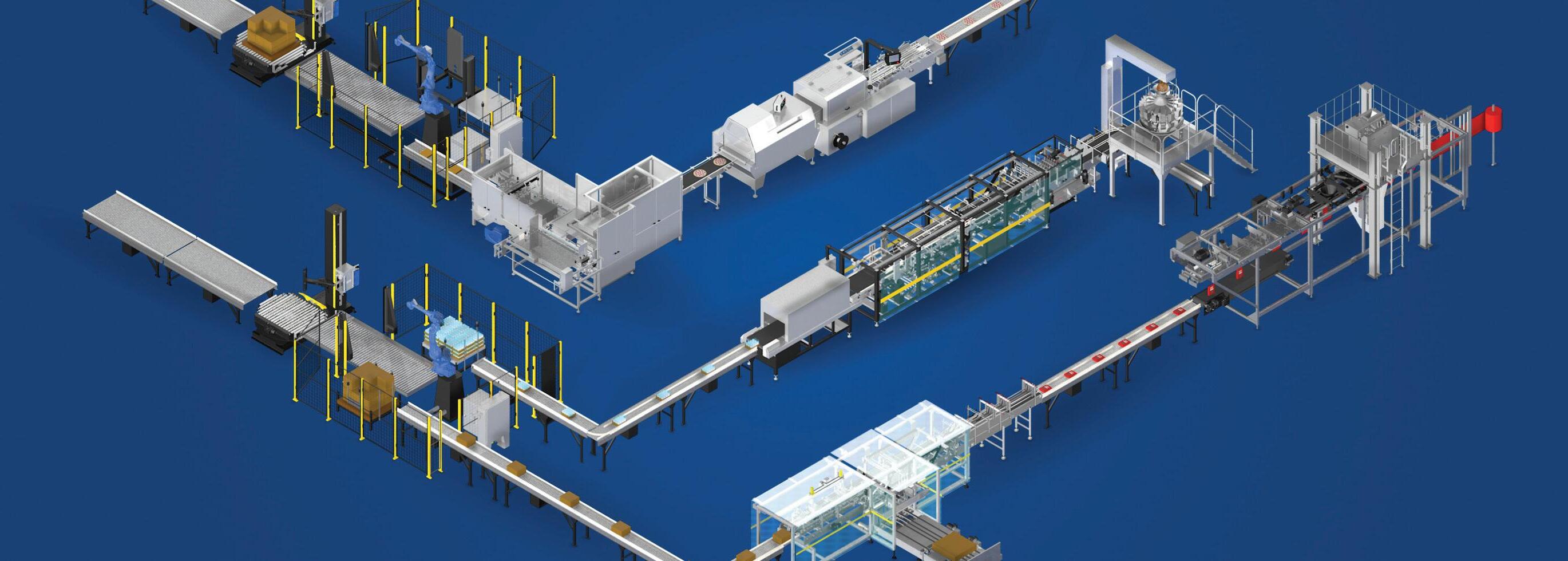
At nVenia, we go beyond supplying packaging machinery. We conceptualize, design, manufacture, integrate, install, and service equipment and systems for primary, secondary, and end-of-line packaging. Leveraging our diverse capabilities, we ensure seamless integration for producers, meticulously designing and harmonizing every element of the packaging line.
In 1897, Steve Papanicholas immigrated from Greece to Chicago, where he founded Overland Coffee Co., now Napco Brands, a familyowned coffee company that uses the same robust sourcing, roasting, and blending practices developed by Papanicholas at the turn of the century. Since its founding, the company has expanded from roasting and packaging a single in-house brand to producing four distinct coffee brands: Papanicholas, Day to Day, Versanto, and Basic Joe. It also offers a growing line of private-label coffees.

“At Napco, we have a lot of capability to pack for private label,” explains Eric Latsch, vice president of operations for Napco and Papanicholas’ great-grandson. “We have a lot of factory services we can offer, anywhere from roasting [the coffee] to packing it into a sealed container
for retail sale or for restaurant or foodservice businesses.”
But finding enough workers to support the private-label business has been a challenge. To address labor shortages and employee safety and to boost productivity, the company recently installed two AX10 automated palletizers from Robotiq equipped with UR10e cobots, or collaborative robots, from Universal Robots (UR).
At its facility in Naperville, Ill., a suburb of Chicago, Napco has two production lines manufacturing single-serve coffee capsules. Before installing the robotic palletizers, all of the company’s operations were manual: An operator placed capsules into cartons and brought the cartons to another operator, who taped and palletized them.
To find areas where the process could be optimized, Latsch worked with Brian Einzig, sales engineer at FPE Automation, who evaluated the line to pinpoint areas of opportunity for automation. For the endof-line palletizing task, Einzig recommended the AX10 Robotiq Palletizing Solution with a UR10e cobot due to the system’s ease of deployment and its ability to handle a wide variety of pallet heights. Einzig then enlisted Jeff Benning, chief executive officer of DesignHawk Innovations, to integrate the two new palletizers into the existing line.
Before he selected the Robotiq system, Latsch shares that he had considered many different types of packaging equipment to improve production, but he found the costs prohibitive. “There’s a large barrier to entry when you’re talking millions of dollars in a single packaging line that may or may not help you,” he says.
Collaborative robots were a much easier and more costeffective option, he notes. In fact, the Robotiq Palletizing Solution paid for itself in less than a year, while other parts of the project returned their investment in about two years. The cobot palletizers run two shifts, operating 18 to 20 hours per day. Each day, each palletizing cell fills 1,500 cartons, totaling 180,000 single-serve coffee capsules packed daily between the two cells. The robots have helped increase productivity at Napco by about 15%.
According to Latsch, because costs are now fixed rather than variable and since the system has significantly reduced overtime, the company

has been able to be more aggressive on bidding new business. “Having this automation with a higher efficiency has made it possible for us to acquire new customers,” he says. “We have several new privatelabel customers we couldn’t have dreamed of two years ago.”
He adds that the robots also provide the reliability that is so critical to Napco’s private-label business. “With our own brands, if you don’t get something out as soon as you can, you only have to answer to yourself. If we’re making a product for another customer, we have to make sure it’s done on time, and to get it done on time, we have to have something like a robot that’s going to show up and perform,” he says.
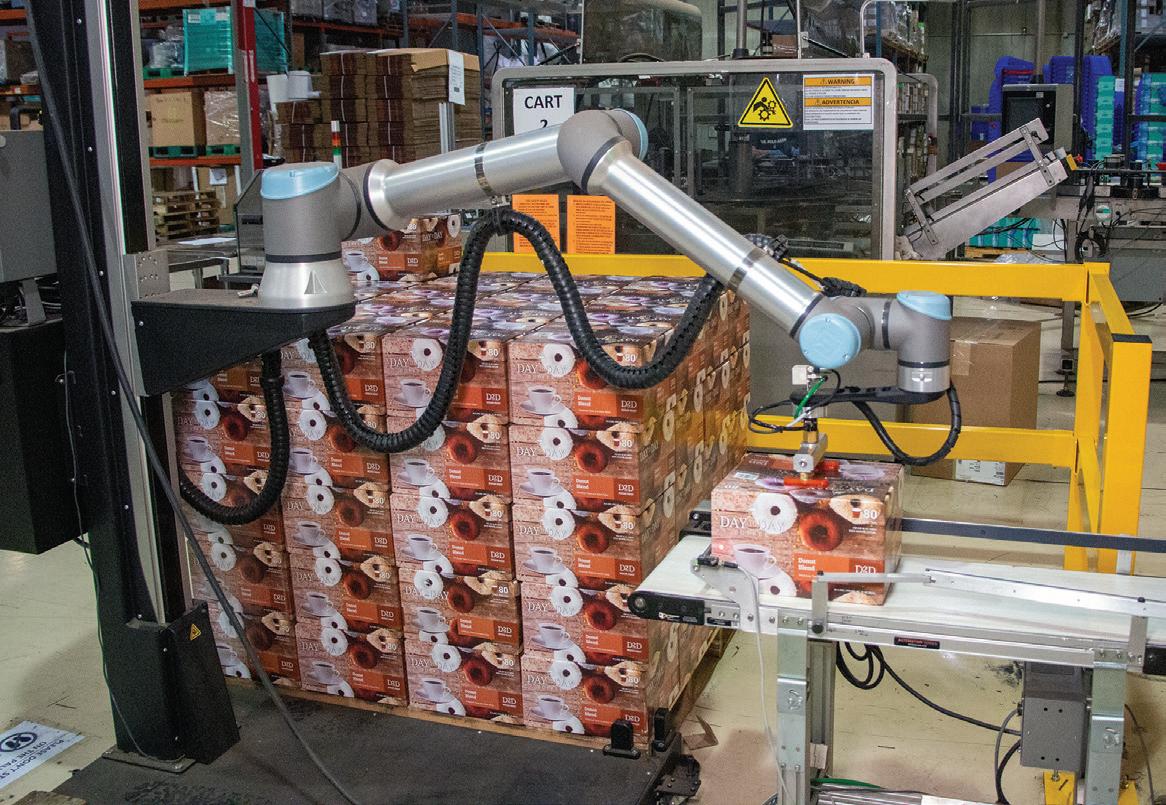

Napco has never had an employee layoff, and automation hasn’t changed that approach. Instead, in today’s tight labor market, the two robotic palletizers have allowed the company to redeploy eight valued workers per day. Rather than performing the manual task of palletizing, the employees have been reassigned to operate larger equipment at higher pay in specialized tasks that require human capabilities.
In addition, the robotic palletizers have eliminated employee injuries resulting from lifting and bending to palletize cartons, along with the high employee turnover associated with repetitive jobs. The cobots’ built-in safety features also provide employees with additional protection against injury. The UR10e features force-sensing technology and collision detection that allow the cobots to work alongside operators without the need for safety barriers or cages, promoting a safe working environment.
As Benning of DesignHawk explains, while Napco’s packaging line uses a PLC to communicate, the cobot palletizers use a built-in controller from UR, with no additional PLC required. “Each robot knows the other exists, so if there’s an issue with one, it’s transmitted to the other,” he says.





The built-in controller also eliminates the need for additional hardware. “It’s all right there,” Benning says. “There’s less to diagnose, there’s less to program, there’s less we have to teach Napco to maintain, and then ultimately, there’s just less that can go wrong.”
When a carton arrives at the palletizer, it is detected by Robotiq-supplied sensors. The sensors communicate with the Robotiq software and send a signal to the UR10e to pick up the carton and place it onto the pallet. The UR10e is a medium-sized cobot with a payload capacity of 12.5 kg (27.55 lb) and a reach of 1,300 mm (51.2 in.). The AX features a seventh axis, which allows the system to build pallet heights up to 108 in.
The palletizing system features an intuitive online con gurator, which enabled Benning to quickly map out the application during setup. Once carton sizes, pallet dimensions, and format are entered, the simulation provides an accurate cycle time for the process. “That’s always one of the dif cult parts of our job, determining exactly how the nal system will run,” says Benning. “It was a huge bene t knowing that we’re going to meet the cycle time we need; we’re going to put enough material in boxes at the right rate for Napco. After seeing the simulation software and realizing that Robotiq had the whole palletizing package, it was a really obvious choice.”
When the palletizers were installed, Latsch was surprised by their small footprint and how fast they were to set up. “Installing the Robotiq Palletizing Solution with UR cobots was de nitely the easiest thing we’ve ever done,” says Latsch. “I don’t even know if it was more than a shift to get it up and running from when they delivered it. I couldn’t imagine it going any better.”

Autonomous mobile robots (AMRs) have long been used on the warehouse oor to automate order picking, sorting, replenishment, and transporting goods around the plant. But can they be used for material replenishment on the packaging line? We asked top AMR suppliers if their robots could perform on the packaging oor, and they said yes. So, we created a downloadable list of AMRs suitable for use in packaging. To download your free copy, scan the QR code, or visit www.packworld.com/downloads
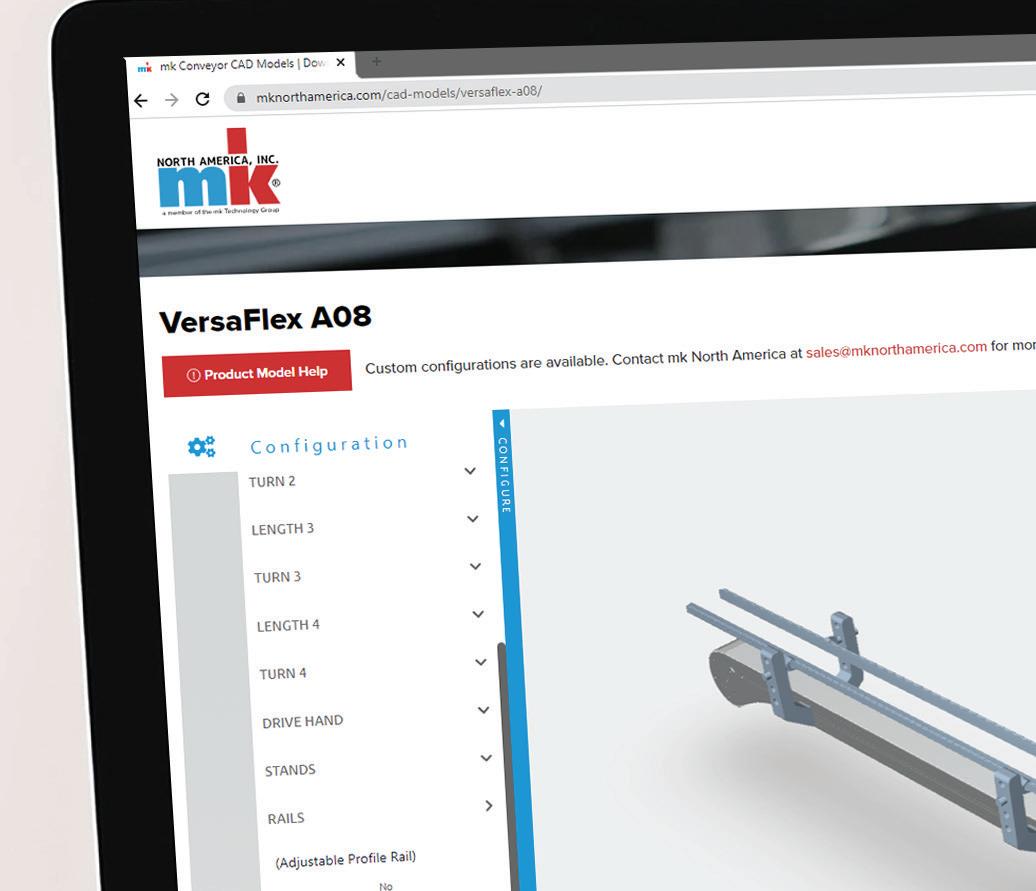
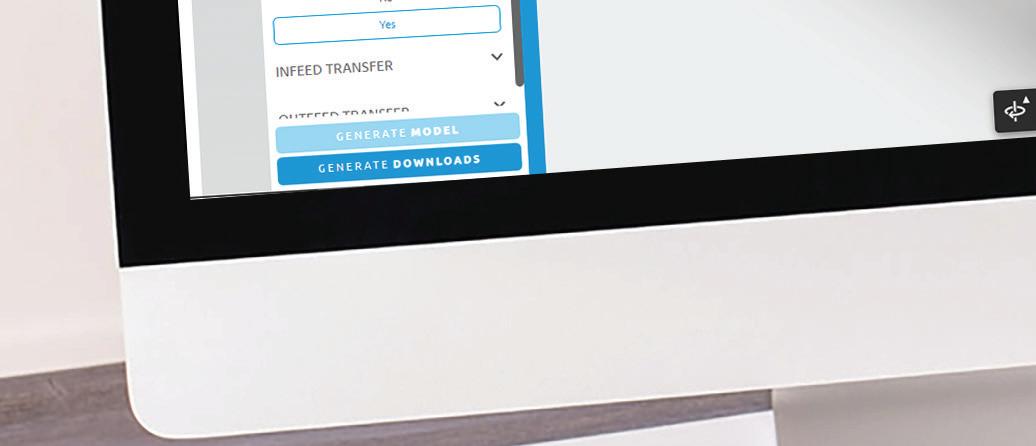
According to DesignHawk’s Benning, one advantage of the Robotiq palletizing system is the ease of programming and ongoing use. He adds that after deploying a new system at a customer’s site, his focus is on working with them to make sure they feel confident in maintaining the system and taking ownership of it over its lifetime. He says that UR’s intuitive cobots and Robotiq’s palletizing software have make his job simpler. “Once the system is set up, it’s very easy for Napco to add new boxes or different size pallets,” he explains.
Notes Robotiq, the palletizing software makes changeovers quick and easy. It takes less than a minute on the cobot’s touchscreen to change the size of a carton, the number of cartons that go on a pallet, and the direction of the cartons. When a new product comes in, an operator is able to take an existing installed program and modify it for new requirements. “It’s a very simple process,” confirms Napco Brands Production Floor Manager Eric Matthews, who had no previous experience with robots before the new system was installed. “DesignHawk walked me through it—no more than five to 10 minutes of training—and I can take any size box, with any parameters, and program the system myself.”
Matthews shares that his colleagues have expressed relief that their jobs are safe, even with the new robots, and that they don’t have to perform labor-intensive palletizing tasks anymore. “Now they’re able to focus more on the quality of the capsule instead of worrying about going back and forth, making sure the cartons are palletized,” he says.
As Latsch looks across his business and the manual packaging pro-



cesses still required for different coffee products, he sees many other opportunities for collaborative robots. “I think cobots would be helpful in almost any factory setting,” he says. “It depends on the task, of course, but I could find a use for them anywhere.” He also recognizes the importance of the right integrator and distributor, saying, “DesignHawk and FPE Automation made the process as easy as it could be.” PW
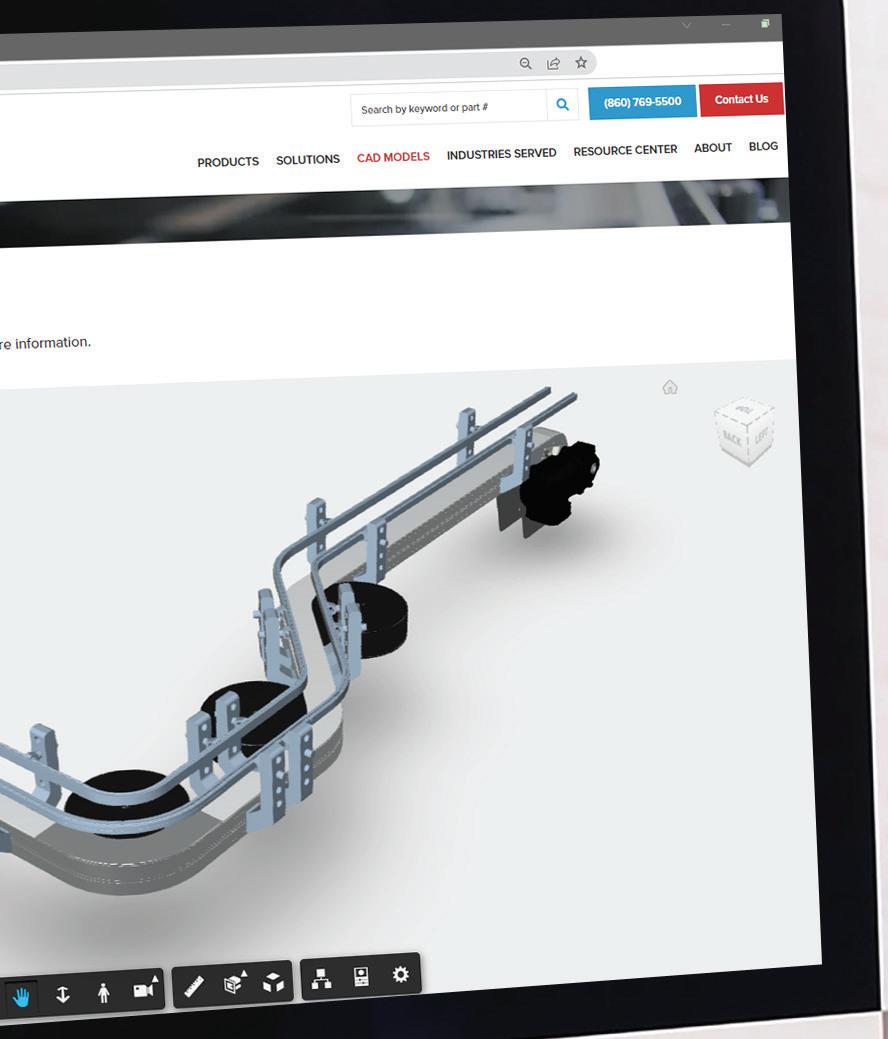


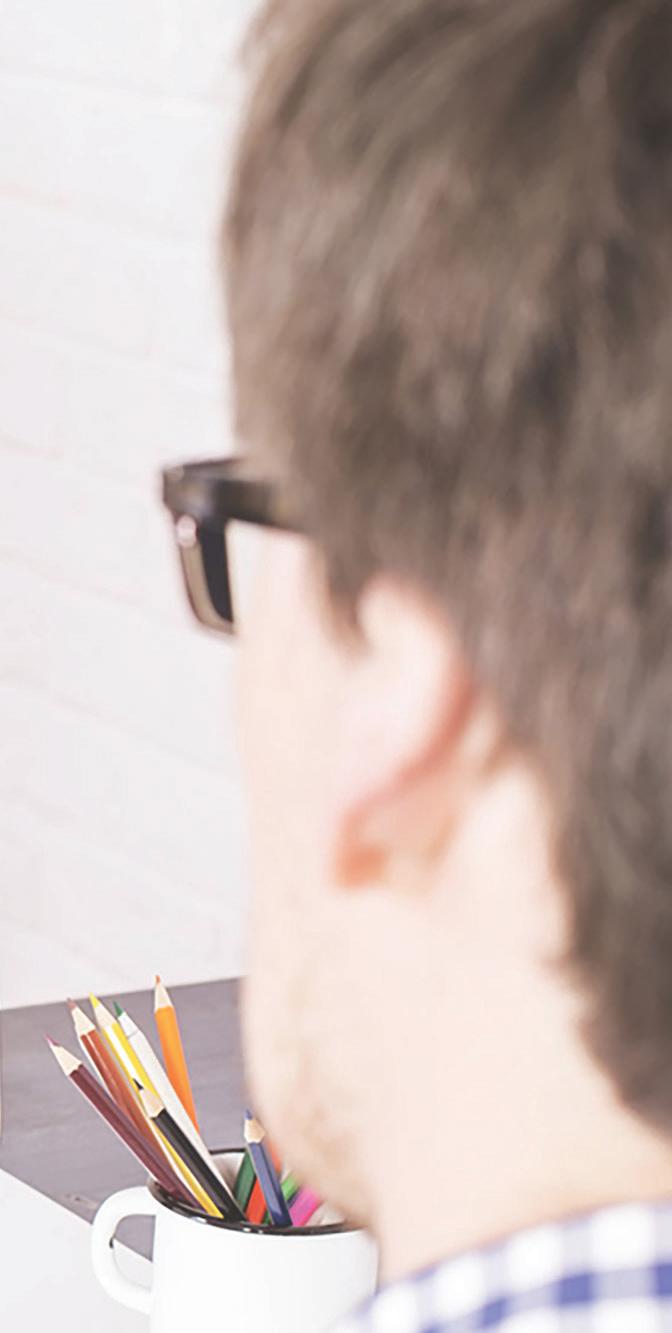



 By Anne Marie Mohan, Senior Editor
By Anne Marie Mohan, Senior Editor
Since starting its organic produce and grocery delivery service more than a decade ago, Clarkston, Ga.-based Fresh Harvest has been just as dedicated to minimizing packaging waste as it has been to ensuring the origin and quality of its products. Fresh Harvest was founded in 2012 by a small group of friends wanting to create an ethical food hub in Georgia. The company works with local farmers and purveyors to provide sustainably sourced fresh produce, meat, dairy, and other products to approximately 3,200 customers in the greater Atlanta area each week.
According to Fresh Harvest, it is committed to a “no-waste” mentality across both its food and packaging. “We purchase and deliver according to exact orders and nothing more, reducing food waste,” it says. “At the end of each week, our coolers are empty, and fresh produce arrives the following week.”
A no-waste mentality around packaging means products are delivered in reusable packaging, with packaging components inside that can also be returned and reused. It also means no single-use plastic for a number of Fresh Harvest’s produce offerings. Instead, the company has adopted compostable film from TIPA that is used not only to package the produce, but also to nourish the soil the products are grown in when it’s reached its end of life.
Fresh Harvest’s fresh food products are available on a subscription basis, with customers selecting from among a number of fully customizable Produce Baskets, each offering different items. Options include Georgia Grown, Mixed Fruit and Veggies, Vegetable, Fruit, and Office Baskets. Customers can then add other food products to the box each week.
The “basket” itself is a reusable green plastic bin, with reusable fourply ice packs from Herolily and reusable foil insulation inside that keep the products cold—a packaging system that Fresh Harvest has used since the beginning. The company also uses recyclable, compostable kraft paper on the bottom of the bins to protect more sensitive products from the ice packs.
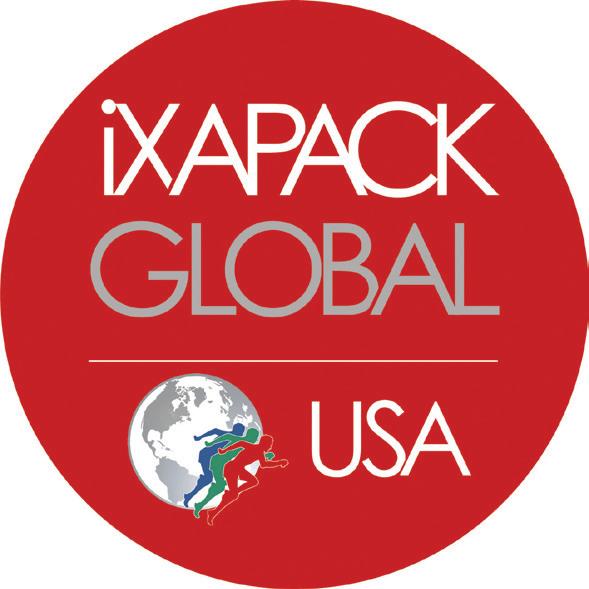





“Each week, our team picks up our customers’ bins along with the ice packs and insulating foil, which are washed and reused for the next delivery,” explains Fresh Harvest CEO Alison Burnett. “With around 3,200 deliveries each week, that’s 3,200 fewer cardboard boxes, ice packs, and insulating foils filling up our recycling centers and landfills. While we’ve added new green Fresh Harvest bins as our customer base has expanded, our original bins are still in rotation.”
In 2021, Fresh Harvest began exploring ways to eliminate single-use plastic packaging from its operations. “We felt it was an important decision to add value to our service,” shares Burnett. “We can’t fully care about regenerative, sustainable agriculture and the land itself if we are using single-use packaging in our operations. The packaging has to support the same ethos.”
As an alternative, Fresh Harvest looked at compostable packaging. Its requirements for the material included the ability to transport and protect the products while also extending the life of the perishable produce. According to Burnett, the company first experimented with corn-based packaging, “but customers were dissatisfied with the compostable bags due to a fishy smell that originated inside the packaging,” she says.
The solution it landed on was a home- and industrially compostable film from TIPA. According to the supplier, its film is made from “a proprietary blend of fully compostable polymers, including both bio-based and fossil-based.” It adds, “This blend provides our films with a similar
can use compostable packaging for their chain of supply without compromising on quality or sustainability.”
Fresh Harvest is using premade bags made from TIPA 302, a singleply, sealable, printable transparent film, to package loose, leafy greens, such as spinach, kale, salad mix, and arugula, as well as herbs, edible flowers, radishes, pea shoots, grapes, and an assortment of other seasonal items that are packed at its warehouse.
“We’ve also been using our purchasing power as a larger company to help drive the price down for our local farmers, who can buy the compostable bags at cost through us,” shares Burnett. Among the farmers taking advantage of the reduced cost are Rodgers Green & Roots Organic Farm in Douglasville, Ga., and Roots & Crystal Organic Farm in Newborn, Ga., which use the compostable bags for the produce they sell to Fresh Harvest as well as other channels.
Compostable packaging doesn’t fulfill its potential unless it’s actually composted. That’s why Fresh Harvest has clearly labeled the premade bags as compostable and advises its customers to either compost the materials themselves or put the empty packaging into the reusable bin for return to the Fresh Harvest warehouse. Other messaging includes a sustainable packaging guide on Fresh Harvest’s website-based blog, and regular emails and other communications to customers throughout the year.

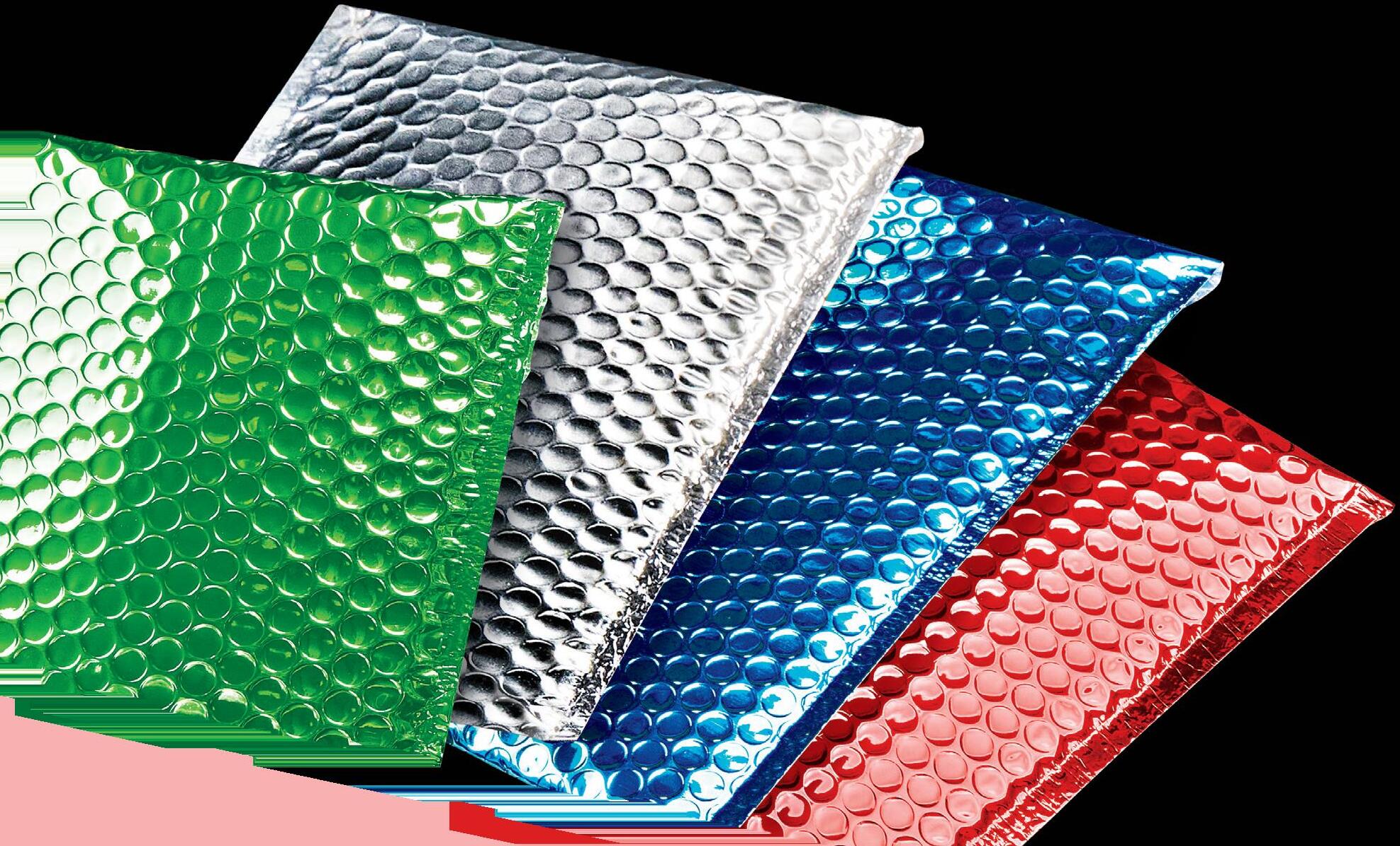

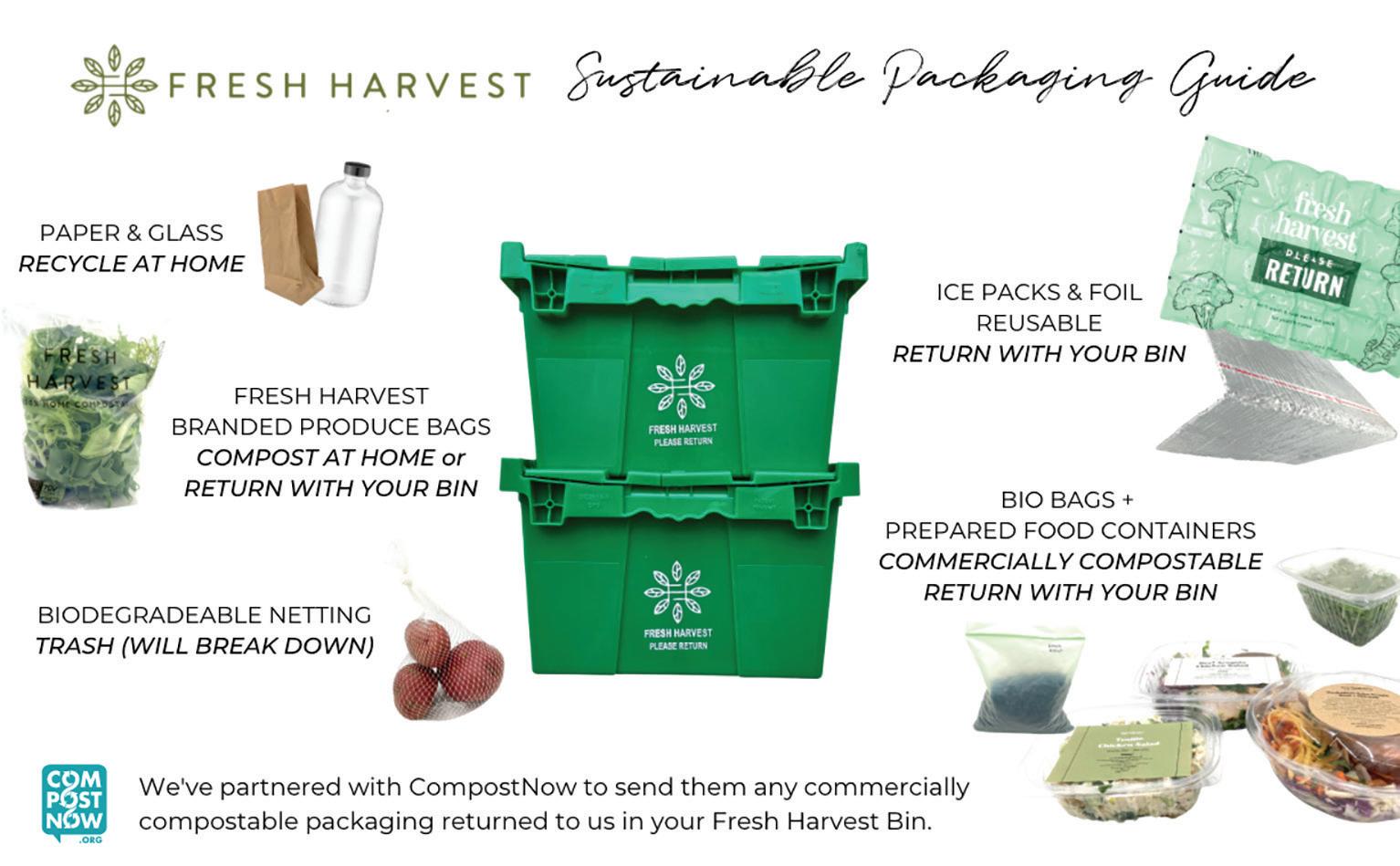
nered with local composting company CompostNow. “Both companies [Fresh Harvest and CompostNow] share similar values, so it’s been a natural partnership as we serve the same city,” says Burnett. “Many of our customers utilize both services—to receive their produce and then dispose of their food waste and packaging.”
Fresh Harvest offers a guide to customers on what to do with each packaging component in their Produce Basket once they are done with the products.
Burnett says the service costs “a few hundred a month.” To reduce costs, Fresh Harvest uses a local farm to compost its vegetable scraps.
Once CompostNow collects the compostable packaging, it mixes the material with food scraps to create compost that is then used by local farmers and gardeners—among them, Fresh Harvest—to fertilize their crops. “We can literally use the compost made from the packaging on our own farm to grow more vegetables,” says Burnett. “CompostNow delivers the finished compost to the Fresh Harvest garden to grow items for our Produce Baskets.”
After picking up the plastic bins from its customers after use, Fresh Harvest removes the compostable packaging waste and places it into bins from CompostNow, which collects the materials every few weeks.
She adds that the circular packaging system has struck a chord with Fresh Harvest’s customers. “We hear from customers every day who want to live plastic-free and use our services because they can’t find fresh produce from the grocery store that isn’t covered in plastic,” she says. “Our customers help hold us accountable to select the most sustainable packaging, and they are delighted with this transition.” PW


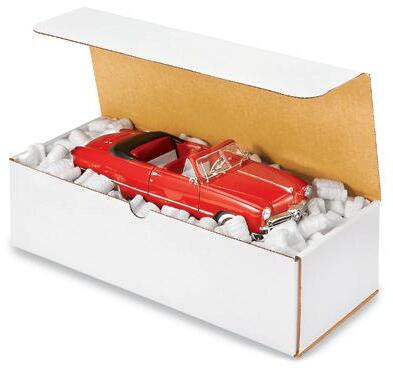


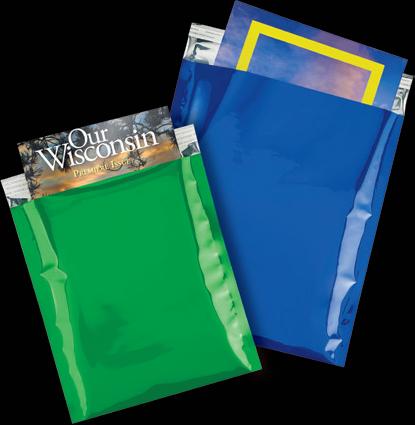
As its major retailer customers expand their ranges of SKUs with increasingly complex orders, Enterprise CP is using Power Central’s ERP software to all but eliminate human error in packaging inventory management and planning.
By Casey Flanagan, Digital Editor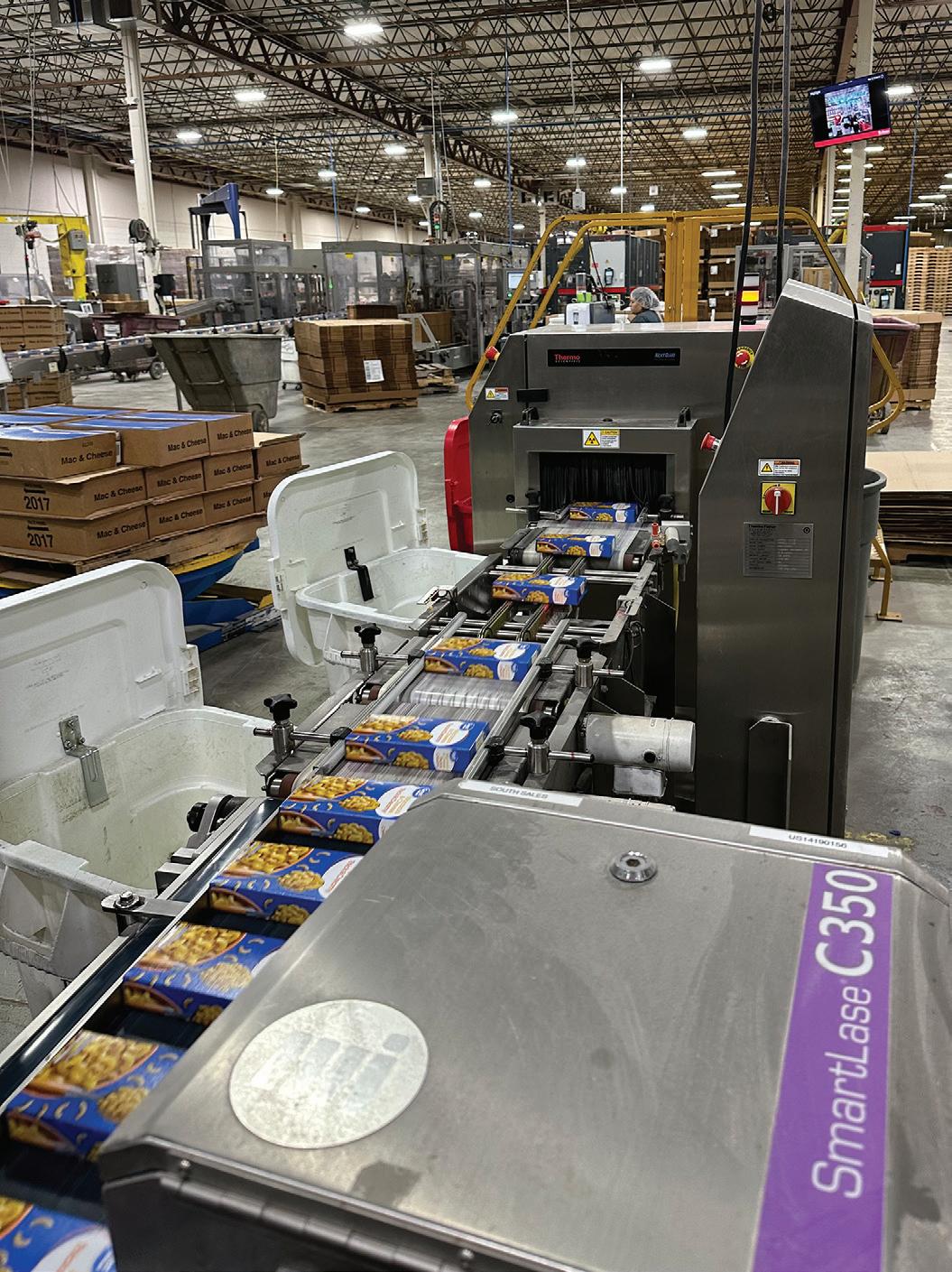
Most CPGs would be thrilled to experience the rapid growth that Enterprise CP has, taking on several major grocer clients and outgrowing its first plant in less than a decade since the company’s founding. But as the Minnesota-based contract packager learned, successful scaling requires organizational capabilities that are up to the task.
Enterprise CP (ECP) processes and packages products for grocers including WalMart, Kroger, Aldi, and Save-A-Lot, as well as its own private label, Premier Pantry, which mostly goes to food banks like Feeding America. Its packaging portfolio includes dry mac and cheese, deluxe mac and cheese with liquid cheese pouches, and an array of pouch dinners, box dinners, and packaged stuffing.
It took a relatively short time to get to this point. “What started out as a smaller venture has had tremendous growth in the last four years,” says Sandi Hanson, materials manager for ECP.
That quick expansion came with some growing pains. Hanson says there weren’t systems in place to effectively manage inventory when she joined the company about four years ago, and she turned to spreadsheets to track operations.
“I was managing eight to 10 spreadsheets to try and keep track of everything,” Hanson says, “and as we continued to grow at such a rapid rate, it became very difficult to manage the upkeep of those spreadsheets.”
After juggling these proliferating documents became untenable, ECP turned to Power Central’s enterprise resource planning (ERP) software in September 2021.
The system runs on the Microsoft Dynamics 365 Business Central platform, with mobile apps purpose-built for the food packaging industry, using Power Apps, advanced Microsoft Cloud, and AI solutions. This combination of tools allows Power Central to further tailor the experience to ECP’s needs.
“[Vish Puttagunta, Power Central CEO] and I started talking about all these spreadsheets I had, and what kinds of products they have available to take the place of that,” explains Hanson.

ECP and Power Central’s partnership started with a transition to the Business Central platform and a new Power Apps toolkit to manage the warehouse in the present. This toolkit includes features to add transparency on both the receiving and finished goods sides.
Puttagunta, “Maybe every once in a while, the assembly picks app guy cannot pick [materials] because of some security add-ons, but it gets resolved within five minutes, and it never really threatens operations.”
Each Power App runs its own useful function, tailored to the needs of each shop floor operator in receiving, production, and shipping. The ease of use of these apps significantly improves the accuracy of data being entered into the ERP software.
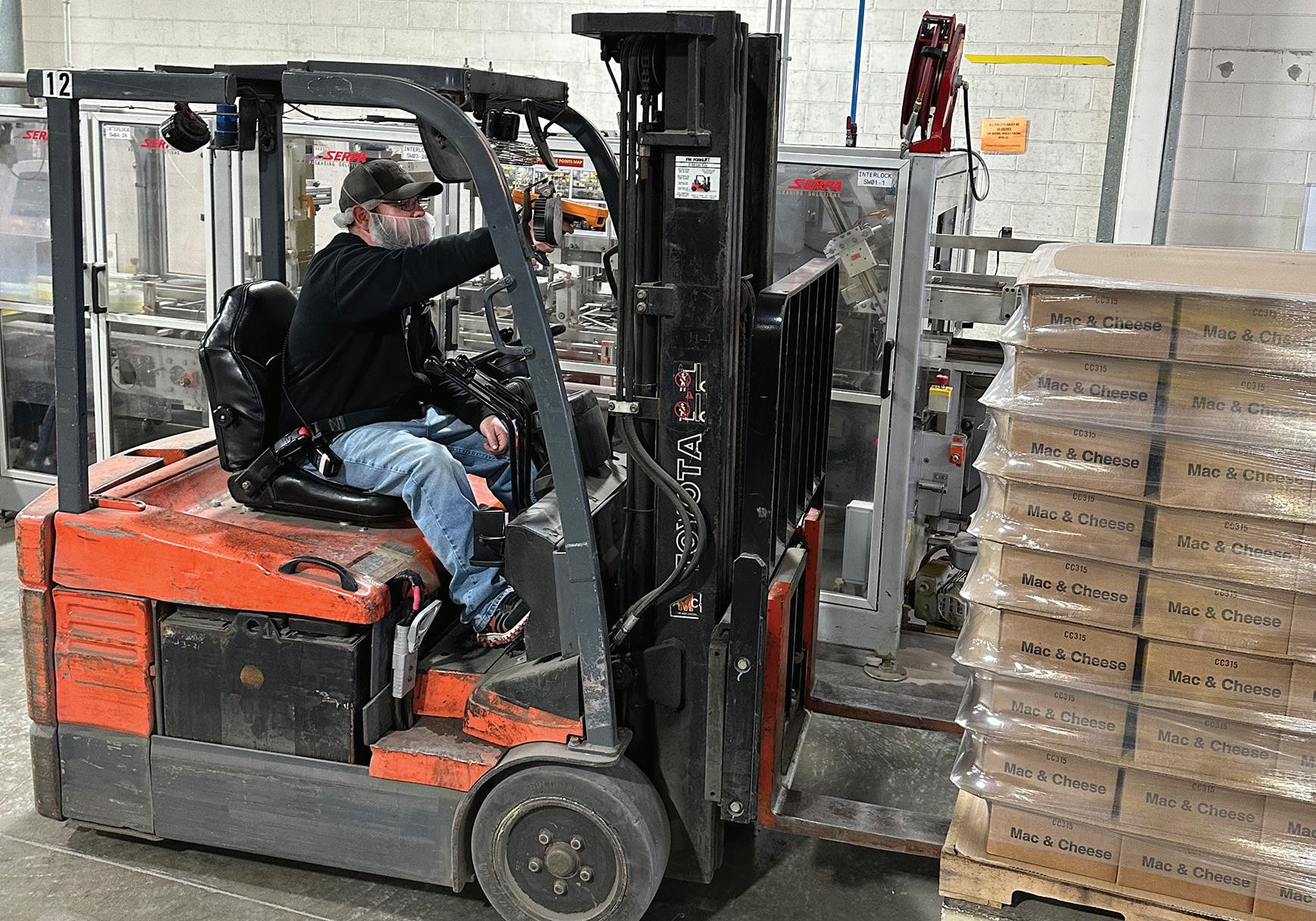
That starts with a warehouse receipt app. When a new shipment of raw materials enters the facility, ECP uses the app to “receive them and print out license plates or labels for the inventory to be scanned and put away,” Hanson says.
Information on the receipt of those new raw materials then automatically feeds back into the Business Central platform’s ledger system.
An assembly pick app also simplifies the start of production, staging material on the line before packaging begins.
After packaging, the assembly reconcile and put-away app allows ECP to “reconcile the lines daily with what was produced,” Hanson explains. The app then produces labels and applies them to pallets, noting inventory used during operations. The pallets are then scanned and put into inventory.
The final app to wrap up operations is a shipment and bill-of-lading (BOL) app.
“We worked hard with [Vish Puttagunta] and his team to create the bill-of-lading how we wanted it to look, with the information that we needed to have on there, like the disclaimers that transportation companies need,” says Hanson. “And it allows us to track a pallet individually and know which shipment that particular pallet went out on.”
Power Central’s tight integrations between the Business Central platform and the Power Apps add flexibility, compared to other ERP systems running alongside third-party programs, explains Puttagunta. “ERPs are known for how unwieldy they are. You try to touch anything, you’re paying $400 an hour,” he says.
In contrast, the Microsoft platform and direct Power App integrations allow for relatively seamless customizations and updates. Says
The system also helps ECP defend itself against potential customer back charges by taking the human element out of the equation. The company is connected to retailers through electronic data interchange (EDI) systems, removing the chance for any manual manipulation of information.
“Whatever’s on that purchase order, that’s what’s in the picks,” Hanson says. The process won’t move forward if ECP is short on a product, scans the incorrect product, or places anything that doesn’t belong in a particular purchase order.
“That gives us the confidence in knowing that we are shipping the correct product at the correct quantities,” Hanson says.
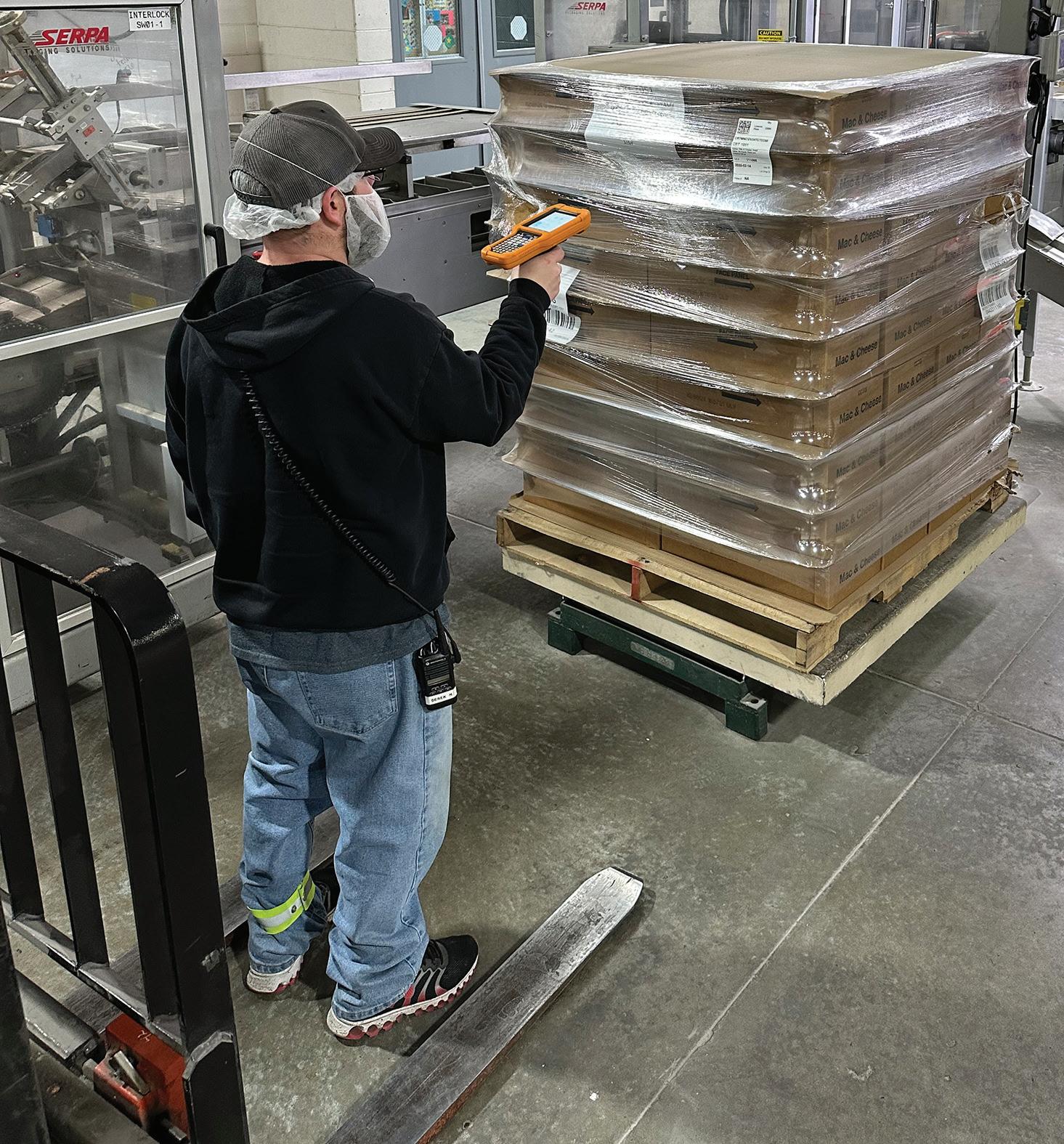
Workers scan labels on each pallet to upload data on inventory used for the system’s assembly reconcile and put-away app.
If back charges arise, ECP can reference the system to see the pallet in question and prove how many cases were on that pallet. “That’s our backup to disputing some of those types of charges,” Hanson says.
Further allowing ECP to ensure proper inventory for every customer is Power Central’s Advanced Planning System. The software allows Hanson to perform production and procurement planning as well as forecast inventory levels several months in advance.


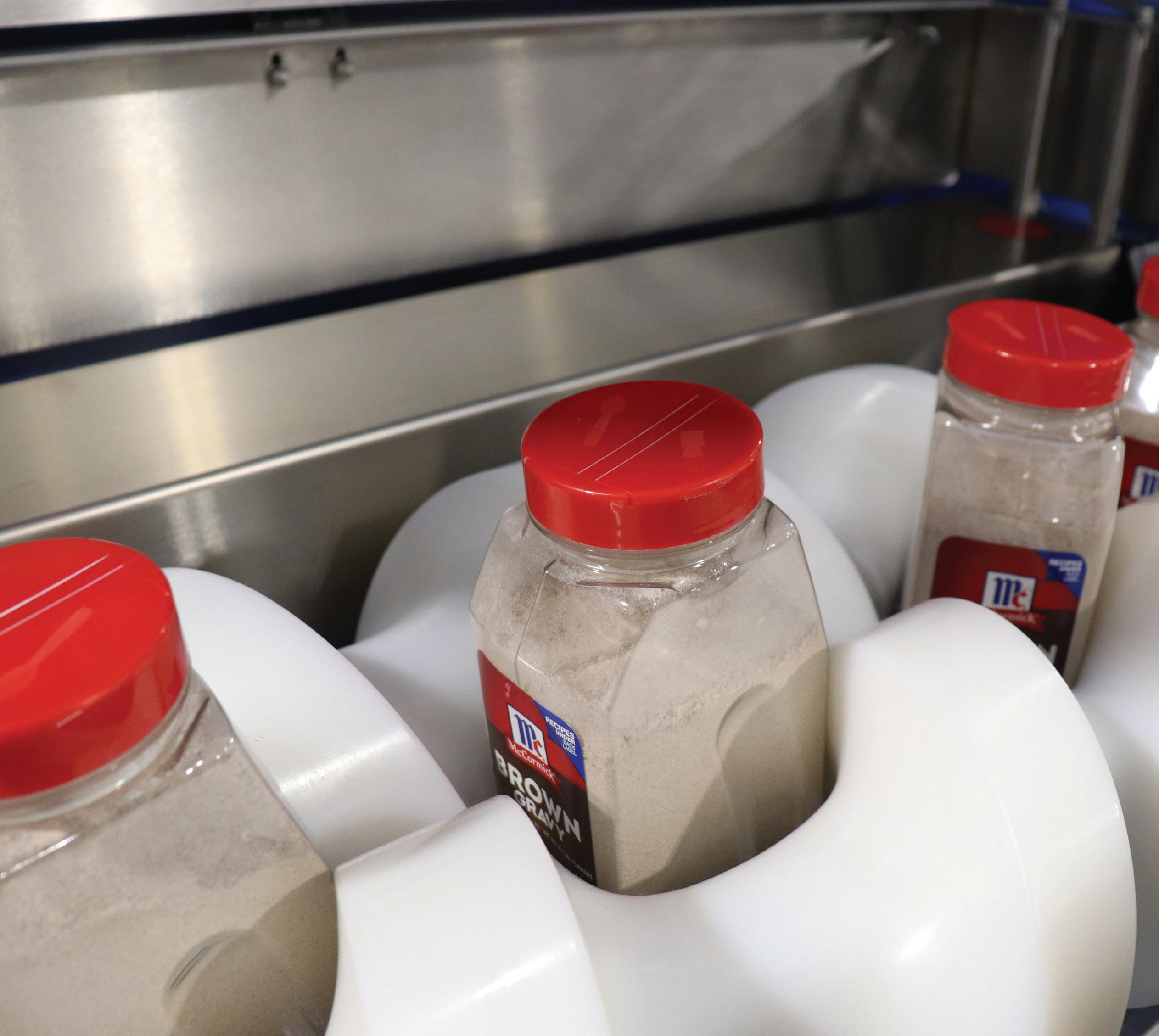






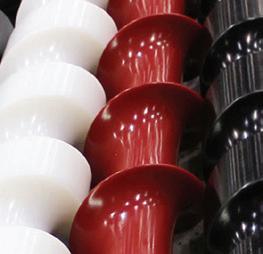

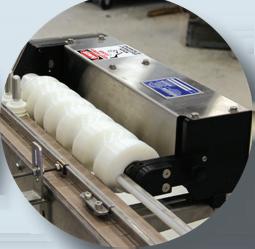
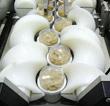
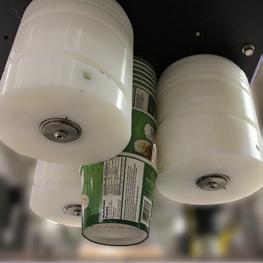

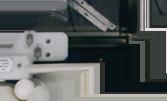

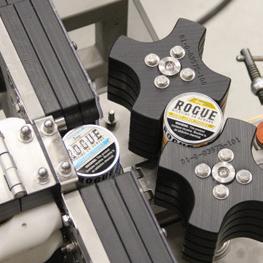

















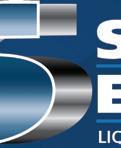























The software lays out all upcoming sales, purchases, and forecasts and uses graph-based algorithms and the inventory tracking from the ERP to give a visual representation of any potential issues.
“I can look at my orders, the assemblies, my purchasing, and the stock levels all on one screen, and I have the capability to drill down to an individual line or an individual product,” says Hanson. “I can look at any given day, and I can see what that level is or where I’m going to have a problem.”
Each purchase order is color coded, allowing Hanson to see issues at a glance.
If every purchase order for the week is green, she can be sure no issues are ahead. “If I have something that’s orange, or turning red, then I know there’s something I need to take a look at. On the purchasing side, I could see if I missed a conformation, or if I have conformation that [packaging materials or ingredients] are coming in on that date,” Hanson says. “It’s simple, but it’s a great visual.”
This allows ECP to stay nimble in case of a change of plans on the retail customer side. The company can work with customer forecasts, but “sometimes you have a customer that runs 30% more than what their forecast is,” Hanson says. The Advanced Planning System allows her to better manage inventory in the event of those increases.
A customer can also provide its forecast for how many units of a product they anticipate needing in a timeframe, and Hanson can enter that forecast into the Advanced Planning System and create an assembly order for that number of cases.
“That shows me what raw materials I need to purchase, and if I put it in by month, it’ll show me that I need ‘X’ amount in whatever month it is,” Hanson says. “I can be pretty strategic with when I’m placing my orders and when I’m bringing my inventory in.”
The Advanced Planning System allows ECP to cover itself in case of any unforeseen variables as well. If unexpected circumstances arise, Hanson can pull up a timeframe, assess available raw materials, and adjust. “And that’s very visual as well, because I can see [adjustments in the system] as soon as I start making those moves,” she says. Any small change can lead to cascading effects both upstream and downstream, so being able to visualize these impacts, all in one interface, is important.
This system is designed with flexibility in mind to improve upon traditional ERP systems that Puttagunta says are traditionally “very hard coded.”
This approach stemmed from the days of COVID-19, accounting for when “there’s a lot of unknowns, you have to play a lot of what-if scenarios, and basically give the best intelligence in the most visually appealing way to the professionals that know what their domain is,” says Puttagunta.
The tools Power Central has provided for ECP have added significant transparency and saved a lot of headaches for Hanson.
“When Vish and I first started talking, I sent him all my spreadsheets, and said ‘I need to get rid of these, and this is how I use them,’” Hanson says. “And so much of that translated to into what I see on my screen now, except it’s in one place. I’m not having to go from one spreadsheet to another, I can look at it on one screen.”
Since then, Power Central has been responsive with troubleshooting and frequent improvements. Hanson cites a time when “Vish and his crew came back on site and spent some good quality time in our warehouse. They were able to, by working directly with our material handlers and our coordinator, make improvements on existing apps or even develop new apps.”




























Power Central is continuing to make “incremental improvements,” as ECP continues to grow, says Puttagunta. Features in development include adding location awareness for materials to ensure inventory is readily available in the correct facility, allowing for supplier substitutes, and even using generative AI for use cases like knowledge retrieval for workers.
ECP is satisfied with the capabilities and efficiency afforded by the system for now, but says Hanson, “as the technology changes and grows, we’re excited to hear about it and what it can bring to our table to make us more efficient.” PW


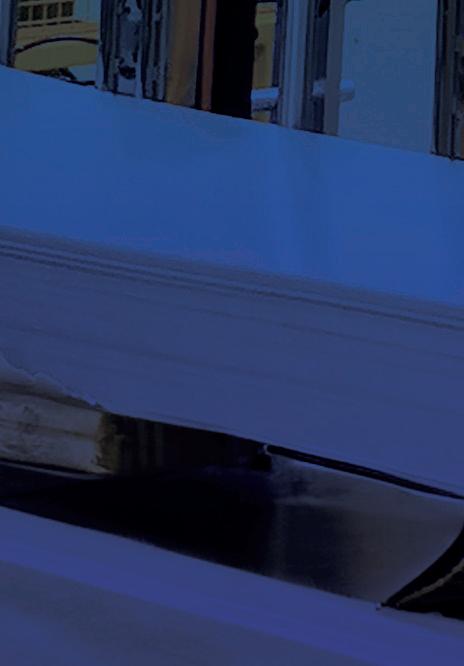
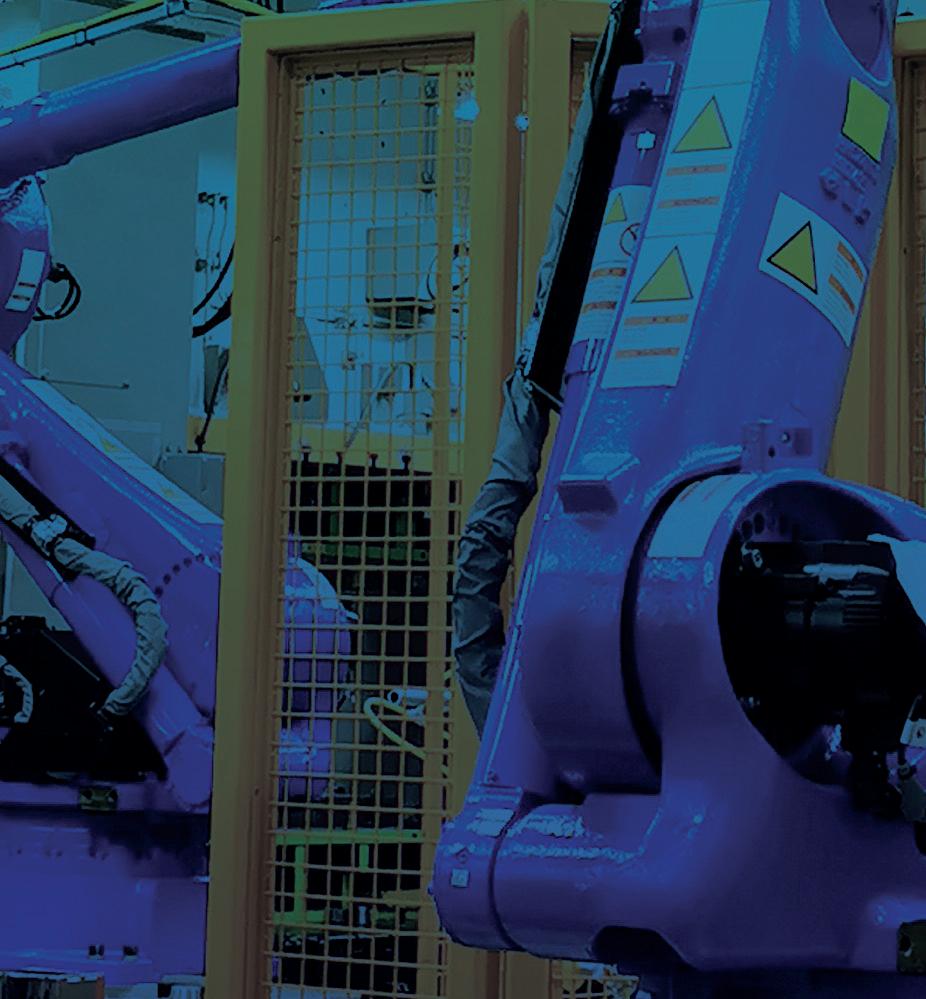
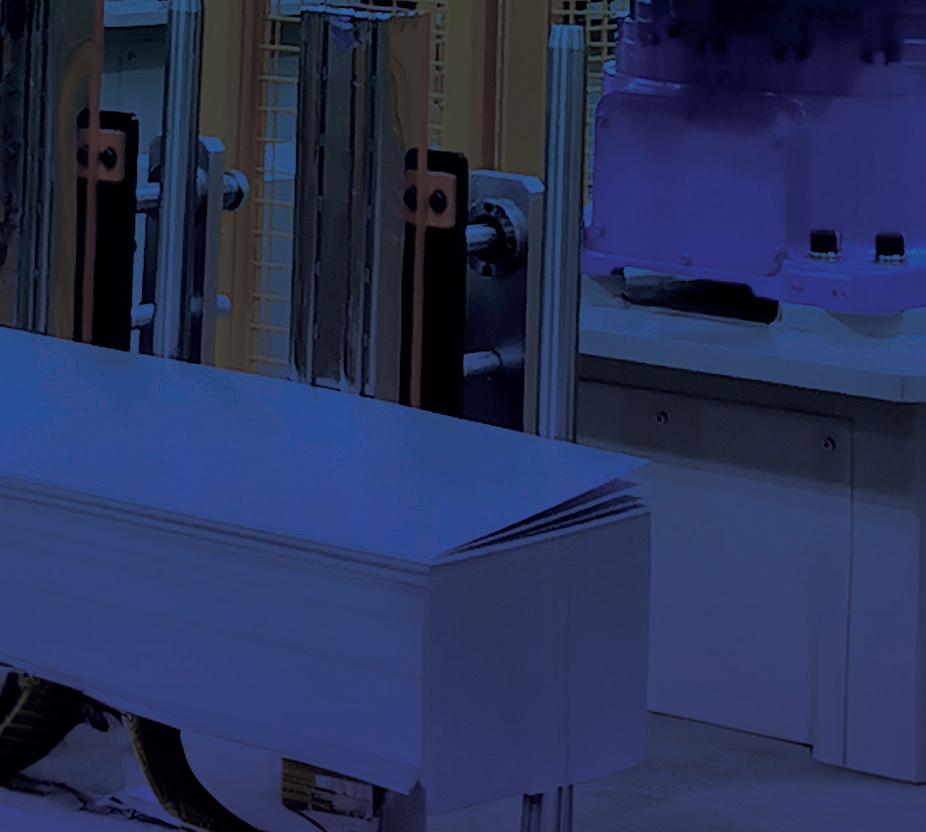

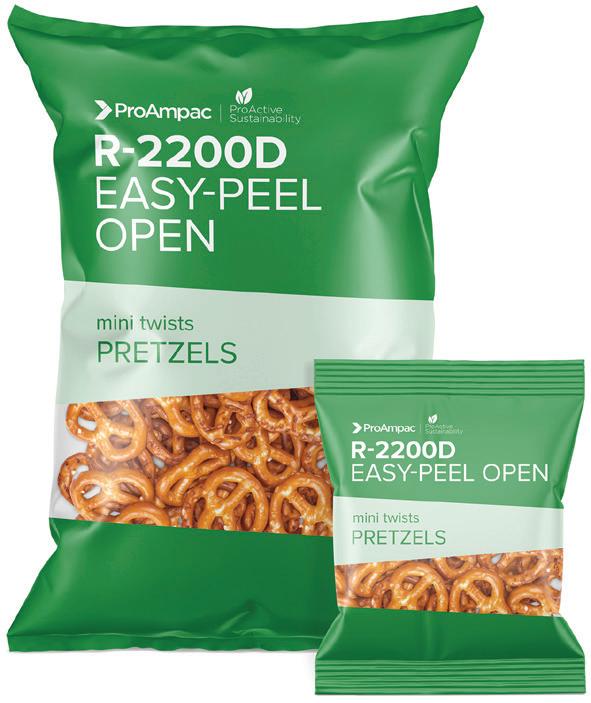
Recyclable R-2200D Easy-Peel Open PE-based lm from ProAmpac is designed to replace laminated, non-recyclable structures used in snack packaging, such as BOPP/BOPP, BOPP/Met BOPP, PET/peelable PE, and more.
ProAmpac pwgo.to/8106
Econocorp will debut its compact Argo carton sealer designed for cannabis packaging.
Econocorp pwgo.to/8188
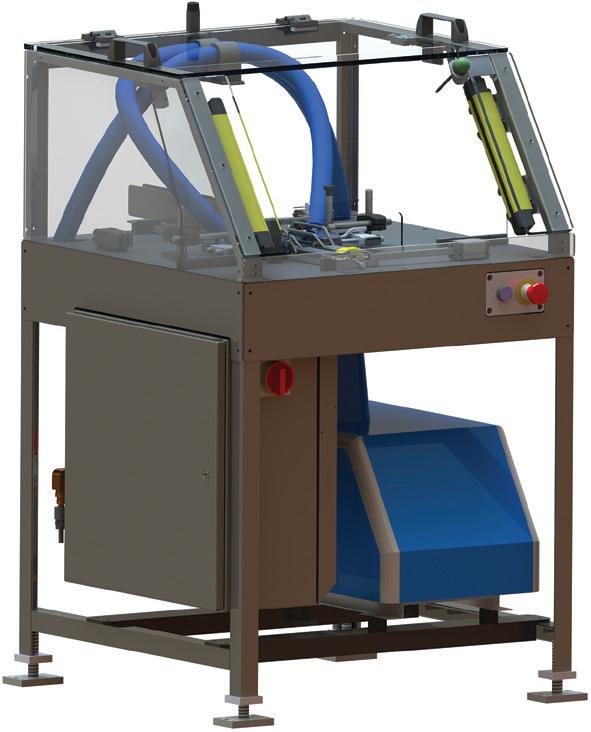
Continue your search for the right packaging solution. Visit prosource.org
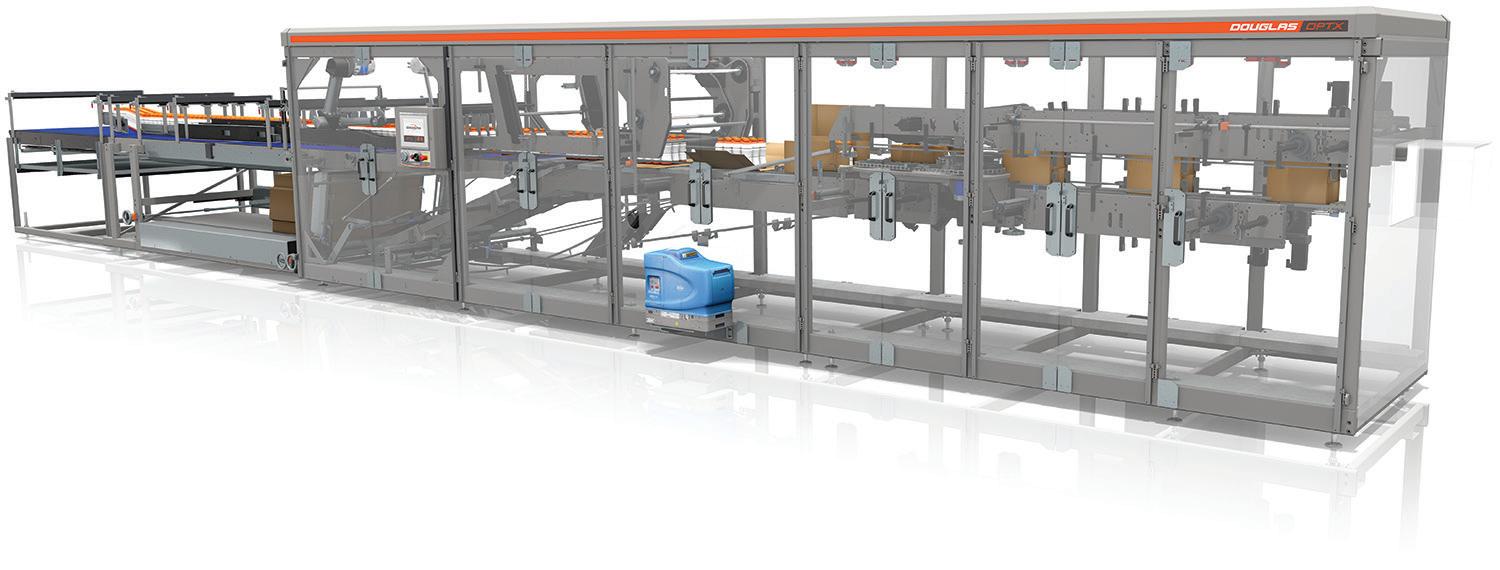
Douglas Machine’s expanded line of continuous motion wraparound packaging machines includes the OPTX WA, WT, and WTS models.
Douglas Machine pwgo.to/8061
Designed to meet the harsh demands of industrial applications, Squid Ink’s water-cooled Squid UV LED curing system is capable of curing inks within a 40-mm x 160-mm area from a single lamp module.
Squid Ink pwgo.to/8185

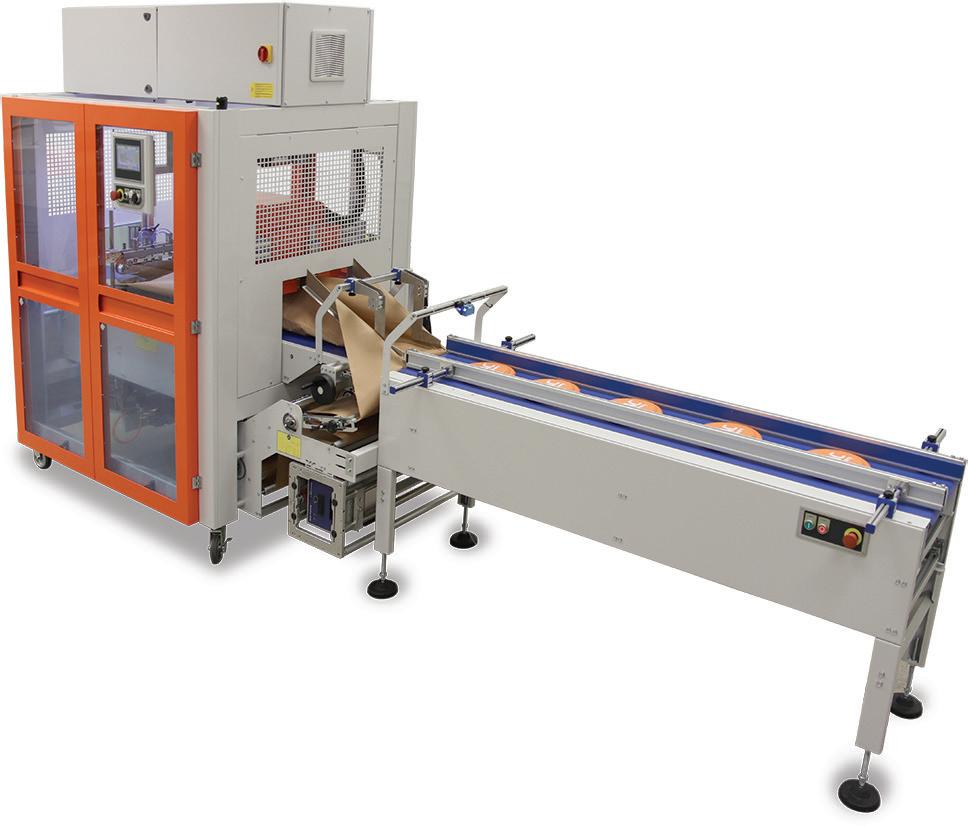
PAC Machinery introduces the PAC FW 650SI servo box motion inverted ow wrapper designed to run curbside recyclable paper with a new eco-friendly, curbside recyclable paper mailer.
PAC Machinery pwgo.to/8187

Chicago Tag & Label offers a robotic labeling solution featuring an Epson industrial robot to automatically apply its Multiplex Enclosed Packing List, which simultaneously prints the shipping label and packing list from a single roll.
Chicago Tag & Label pwgo.to/8183
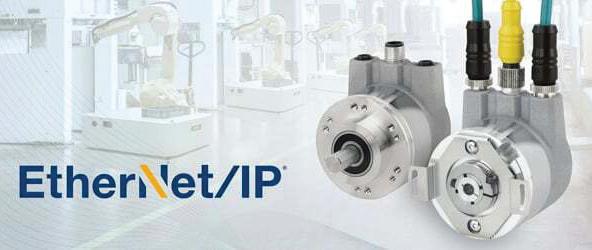
The A58HE blind hollow bore and A58SE shaft encoders from Encoder Products are available with EtherCAT, PROFINET, and EtherNet/IP protocols and can be installed with minimal provisioning. Encoder Products pwgo.to/8189
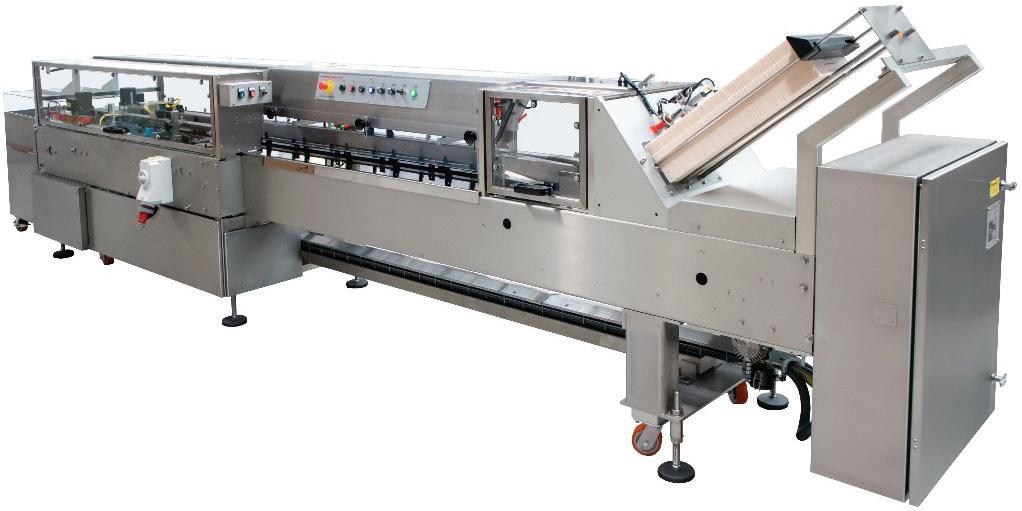
Bradman Lake’s SL80 semi-automatic end load cartoner is designed to handle various product types into end load skillet cartons in harsh production environments.
Bradman Lake pwgo.to/8195
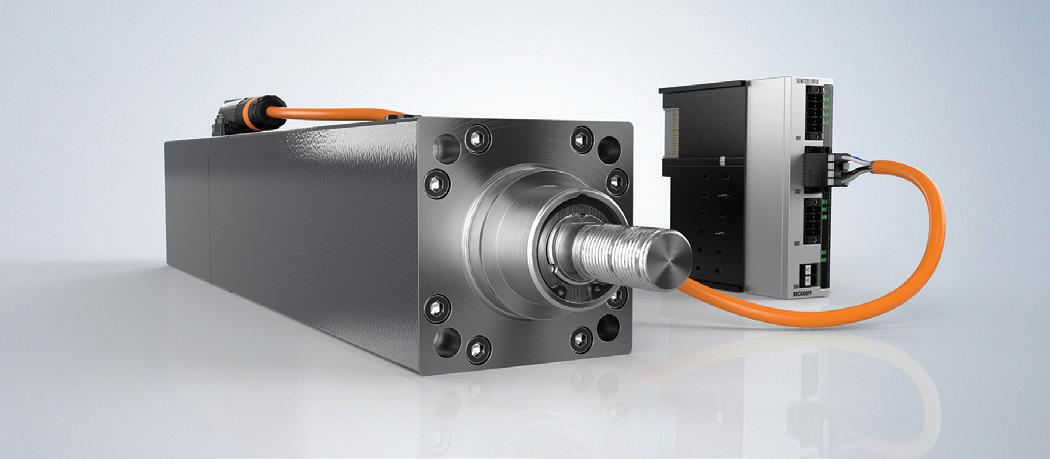
The AA3100 series of electric cylinders from Beckhoff is designed as a drop-in replacement for hydraulic or pneumatic actuators. Beckhoff Automation pwgo.to/8102
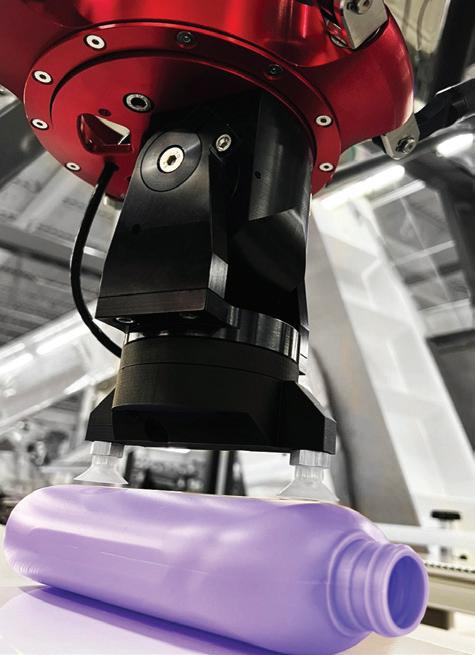
Stoelzle Glass Group introduces its Signature Collection line of glass bottles designed specifically for premium spirits.
Stoelzle Glass Group pwgo.to/8107
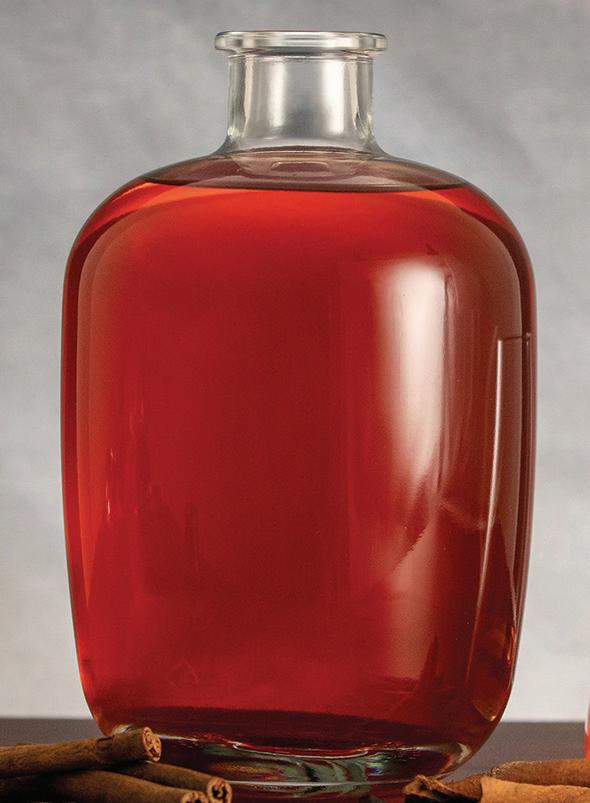
 By Mike Ross, CPPL
By Mike Ross, CPPL
Plastic plays a fundamental role in the packaging industry by protecting our products, especially in sectors such as food. Consider that by 2050 we will have over 9 billion people on our planet, which will increase the importance of protecting and preserving our food chain while avoiding food waste from farm to fork.
Unfortunately, in recent years, plastic has been under siege as a material when it comes to sustainability, mainly because too much of it has found its way into the environment at the end of its use. This is mainly driven by the lack of a collection and recycling infrastructure and the perception of plastics as “waste,” or having little to no value. However, what the world has isn’t a plastics problem but rather a litter issue. By introducing and advocating for additional capacity for chemical recycling, what is now considered waste can be transformed into value.
Mechanical recycling is a good step, but not a long-term solution. Today, much of the plastic (like polyolefins) used in food packaging can’t be recycled into new food packaging for safety reasons. That’s because most of the industry uses mechanical recycling, often turning the collected packaging waste (especially polyolefins) into non-food packaging.
to the point of being chemically indistinguishable from that made from source crude oil. In addition, one main input fraction can come from laminated multi-layer films or flexible packaging. Unfortunately, today laminations are seen as low-value inputs. These flexibles typically have high levels of polyolefins, which are ideal for pyrolysis. By increasing the level of polyolefins in laminations and flexible packaging, the value from waste increases.
In terms of the life cycle impact, LCA studies show a neutral to slightly better carbon footprint for carbon dioxide in directing plastic waste to pyrolysis versus directing to energy creation/incineration. This can be further improved in the longer term via a mass balance approach, augmenting flexible packaging waste with other bio-based waste, such as that used in cooking oil or forestry waste. In fact, with pyrolysis, for every 1.5 kg of input, roughly 1 kg of output can be expected, with some of the input powering the process itself. This means that all waste source inputs should be considered. The main outcome is driving demand for low-value waste or by-products and continually creating foodgrade polymers.
Chemical recycling uses processes such as pyrolysis or gasification to take the polymers back to their essential building blocks of carbon and hydrogen. This material can then use existing infrastructure to repolymerize these elements.
While the beverage industry has certainly made large strides with PET and mechanical recycling to food applications, in both cases the recycled material can only go around the circular economic cycle a few times before the polymer chains degrade to the point where quality cannot be maintained in the finished pack.
While that is certainly better than ending up in the environment, it isn’t the long-term circular economic solution the industry needs. We want to recycle our packs into brand new food-grade packaging— again and again.
In the case of polyolefins, chemical recycling uses processes such as pyrolysis or gasification to take the polymers back to their essential building blocks of carbon and hydrogen. This material can then use existing infrastructure to repolymerize these elements into a wide range of polymer types.
The main benefit is that resulting polymers are food grade, even
The introduction of chemically recycled polyolefins into the end-user portfolio will help to drive future demand for these materials and signal the need for geographic and capacity expansion. These materials come with an on-cost, so a careful analysis and business case needs to be in place. End users also should look to move multi-material structures in their portfolio—such as highbarrier, mixed material laminations—to mono-materials or at least to polyolefin-based structures, where possible. This approach will help to feed the supply side of the circular economic model, offering higher yields to the recycling process.
As an industry, advocation to include chemically recycled polymers in legislation to be considered as post-consumer recycled (PCR) materials will help avoid potential tax penalties and help companies meet their sustainability targets. It’s important to understand that no single company or end user can make this happen alone. It will take all sectors of the circular economy and collaboration between competitors to truly bring this real solution into existence at speed and scale. Only then will the plastic “waste” issue start to be addressed for the long term. PW
The author, Mike Ross, is Global R&D Packaging & Sustainability Lead at Unilever Food Solutions in The Netherlands. He is a member of IoPP’s Sustainable Packaging Technical Committee and Certified Packaging Professional Lifetime. For information on IoPP membership, educational offerings and networking opportunities, visit www.iopp.org.

Serac has been a leading innovator in net weight filling and capping techn ology for liquid and viscous food products since 1969. We are specialized in pro viding hygienic bottling equipment for sauces, dressings, and condiments. Serac I nc designs, engineers, and builds machines in the USA.
Serac Rotary Net Weight Filling
• Highly accurate filling
• Hygienic design
• Clean-in-Place
• Reduce give-away or product losses
• Increase shelf-life
Our proximity is enhanced by our international presence & expertise, allowing us to offer unmatched services at the highest standards across the Americas.








Engineered for reliability and longevity, VDG Drum Motors are designed for 80,000 hours of continuous operation before maintenance, reducing operational and maintenance costs and increasing throughput.











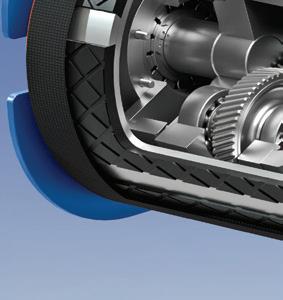


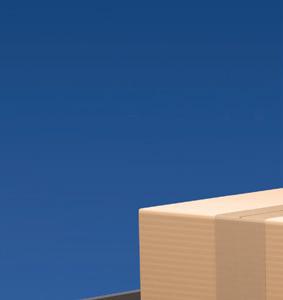
With all drive components enclosed and protected inside the drum, VDG Drum Motors provide a safe, efficient, and space-optimized conveyor belt drive solution for all types of material handling applications while minimizing downtime.


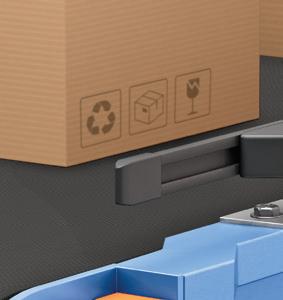
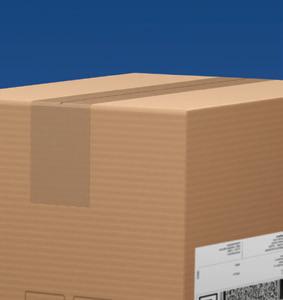
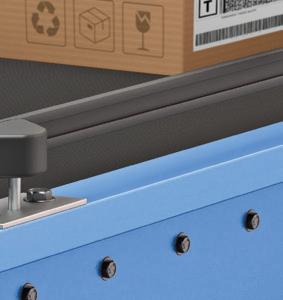
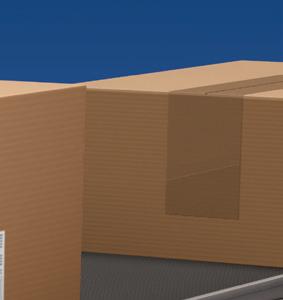

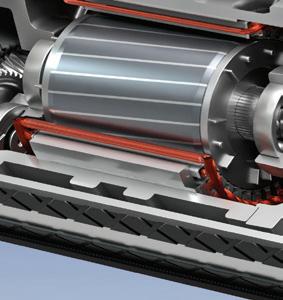


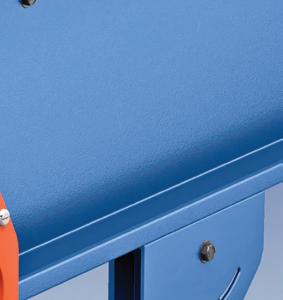


Premium-Efficiency Motor
No Routine Maintenance





Lower Cost of Ownership conveyor belts without using sprockets, eliminates
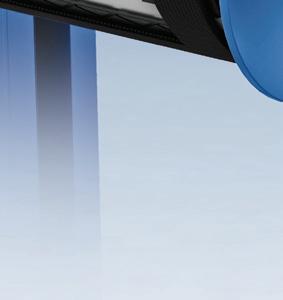

For sanitary processing and handling belt conveyor applications, the SSV Series Drum Motor is the most hygienic conveyor belt drive solution. The SSV Drum Motor drives modular conveyor belts without using sprockets, eliminates bacterial harborage areas and withstands pressure washdown up to 3,000 psi.













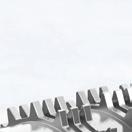
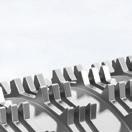

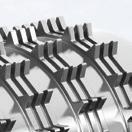







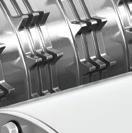

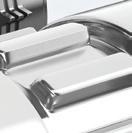

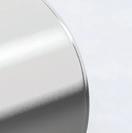
Eliminate Drive Sprockets
Inhibit Bacterial Growth
IP69K-Rated Sealing System











